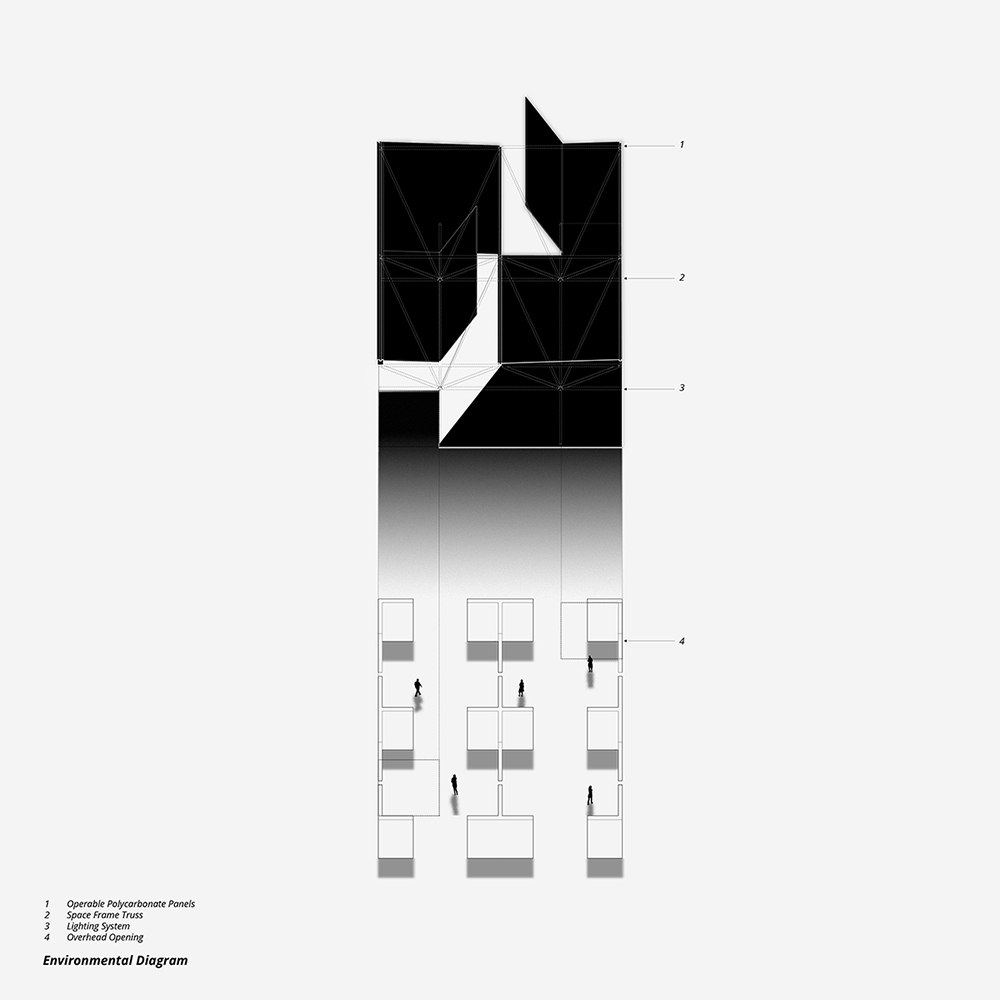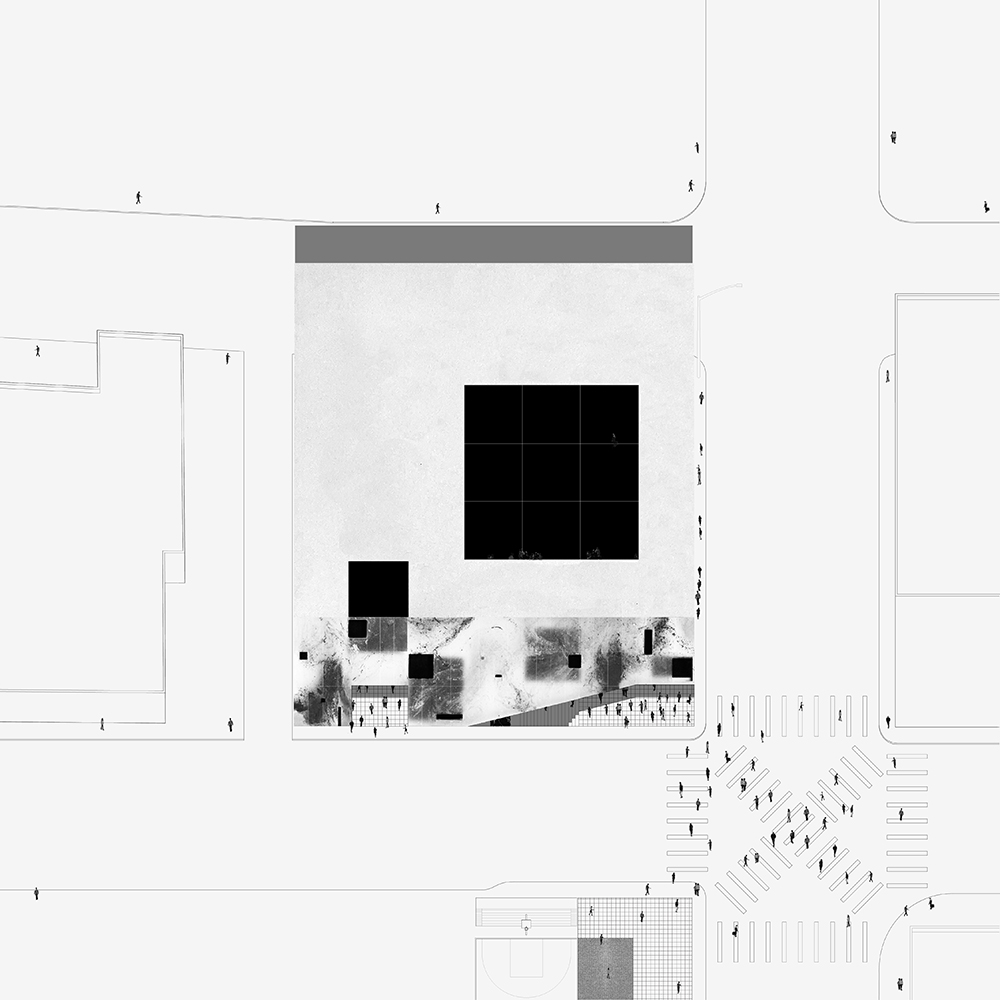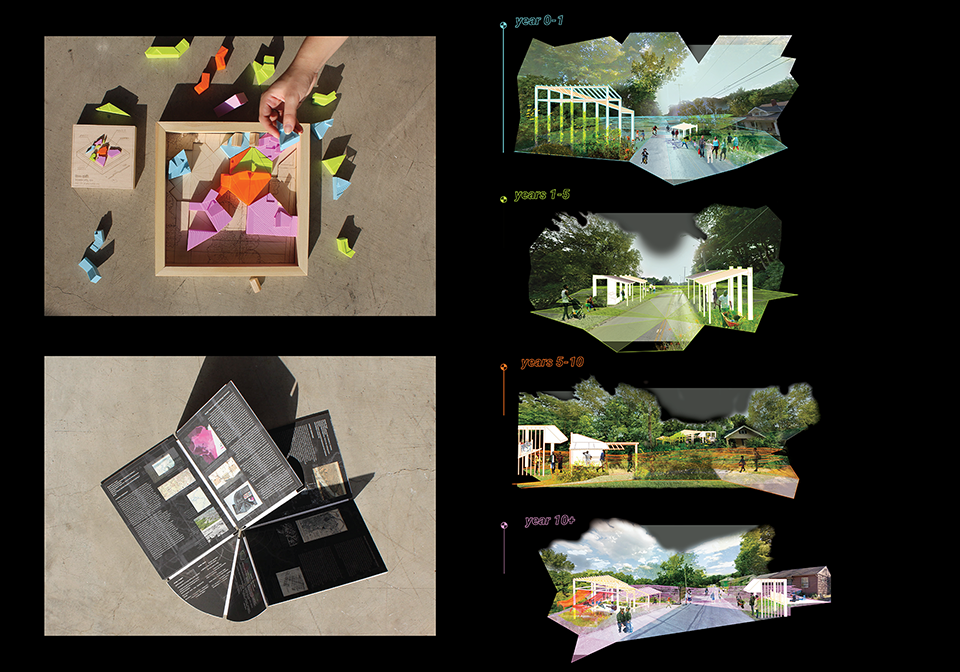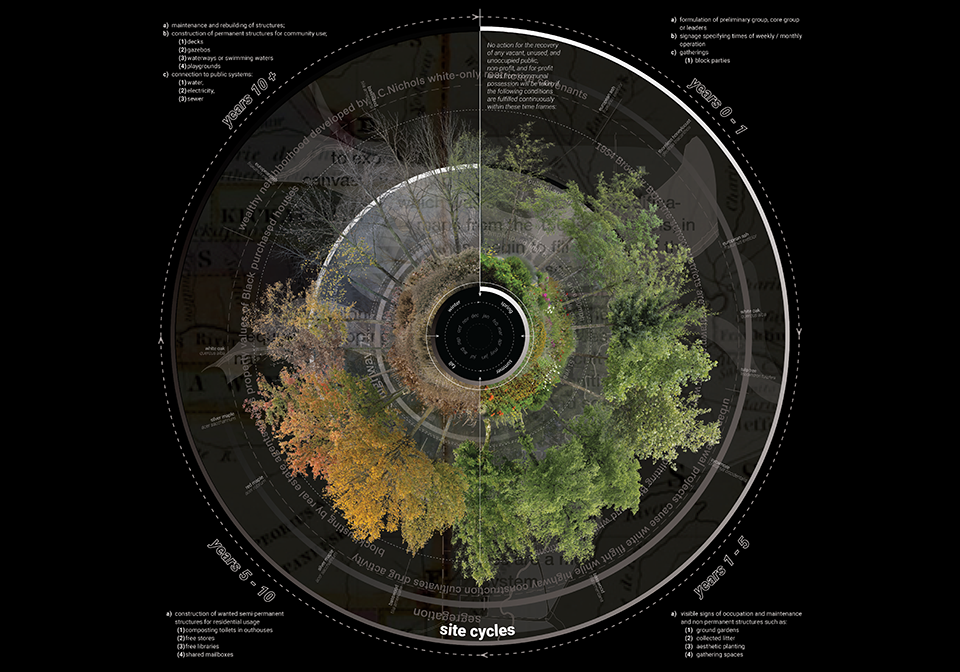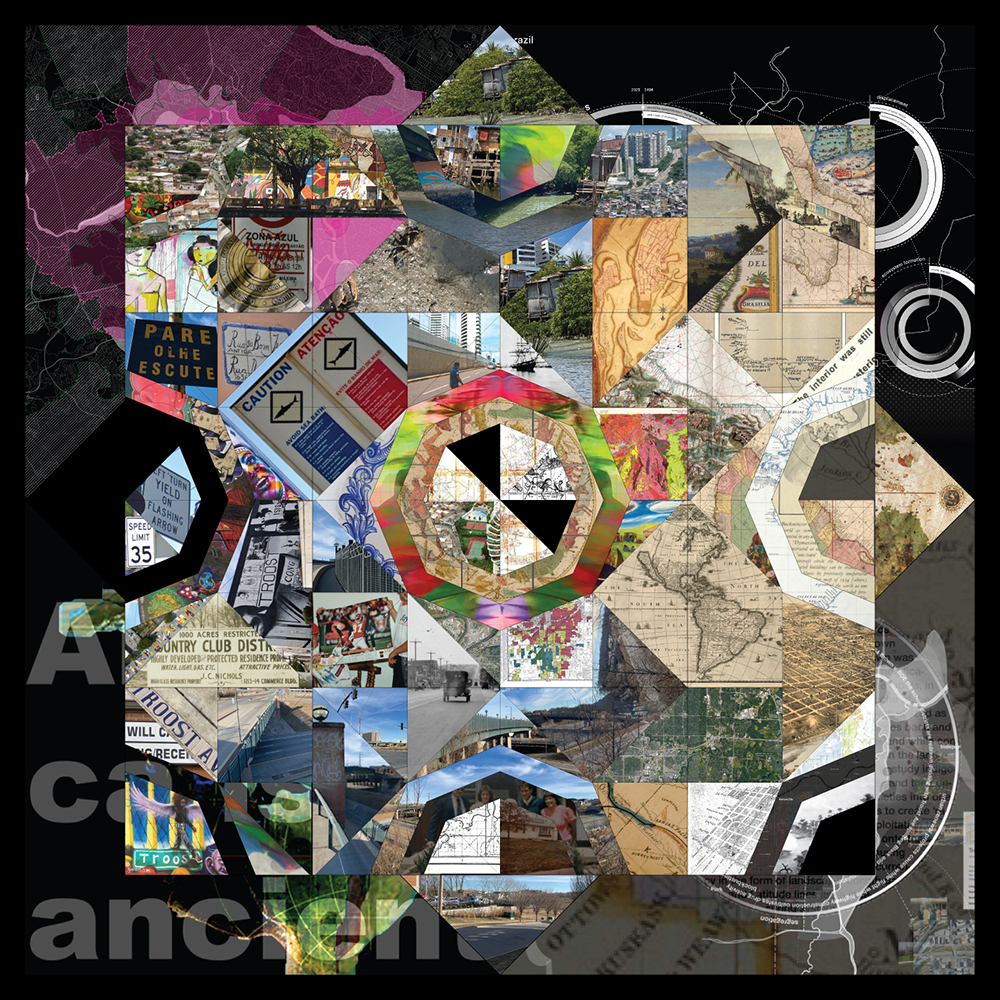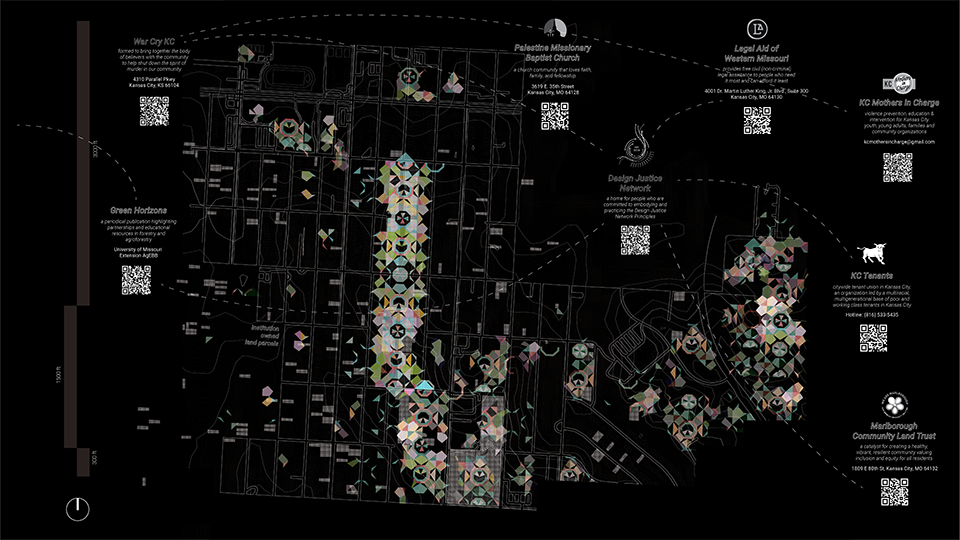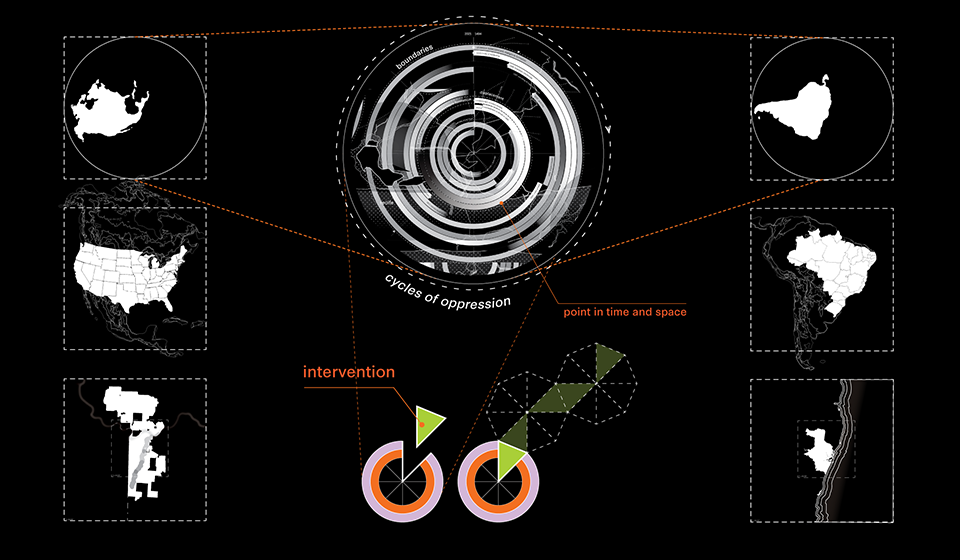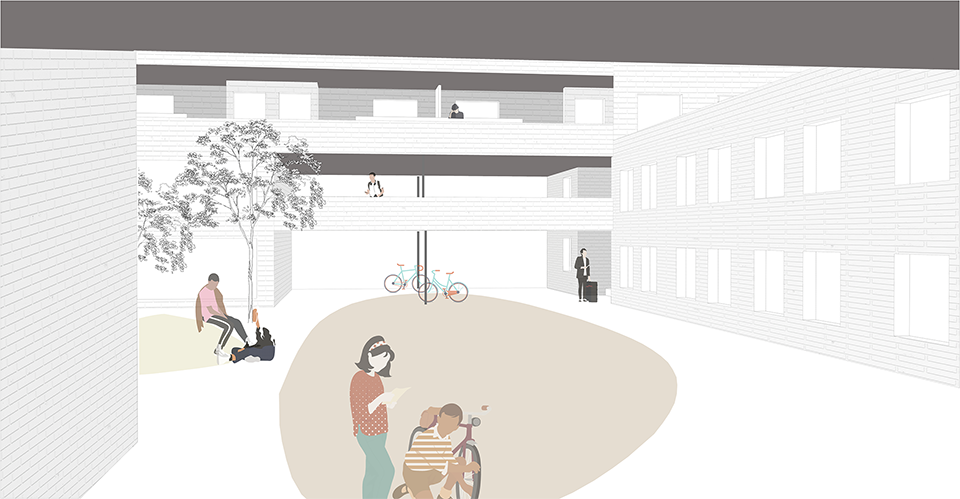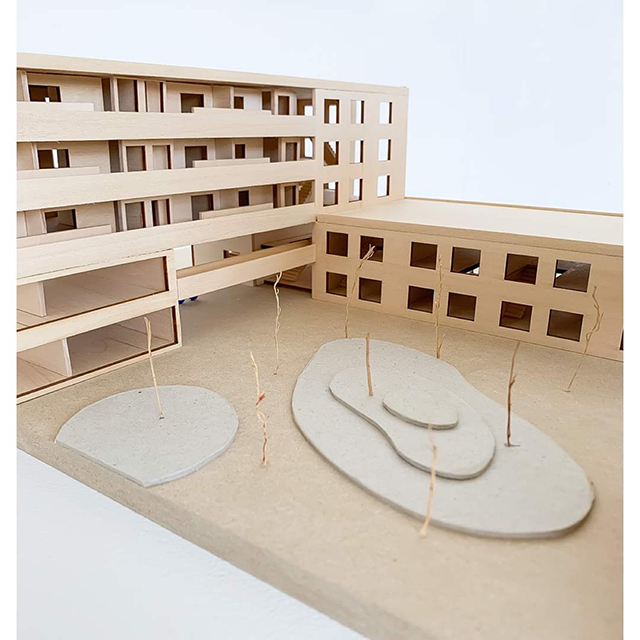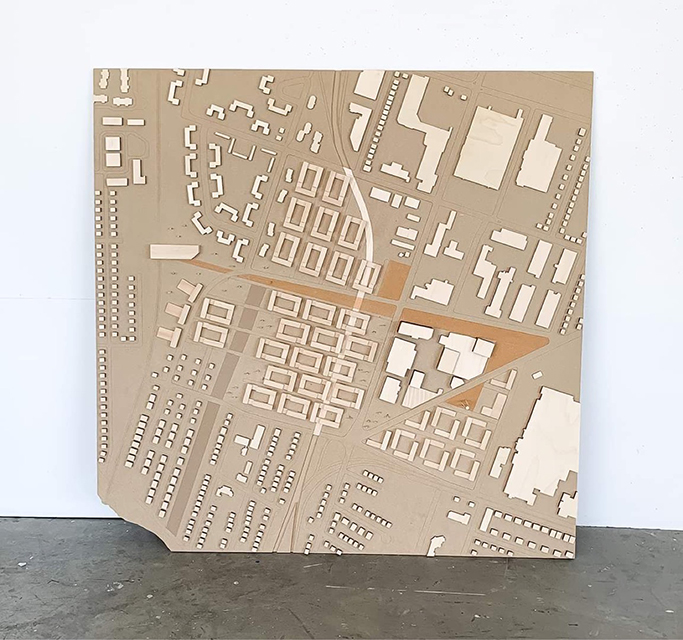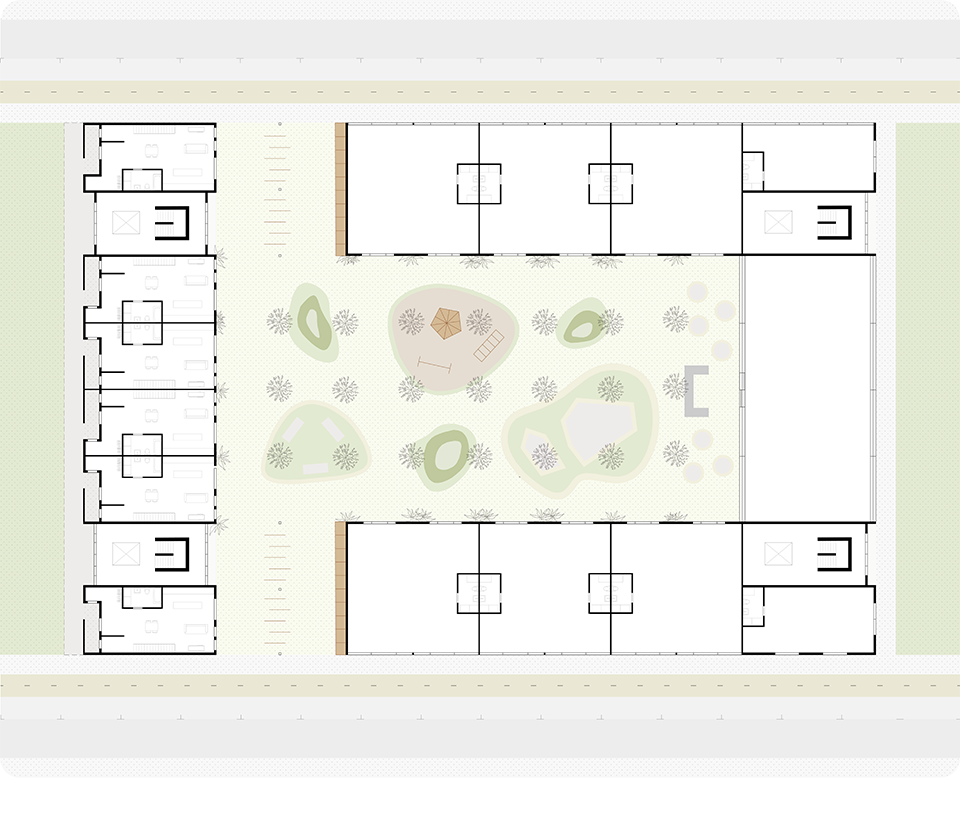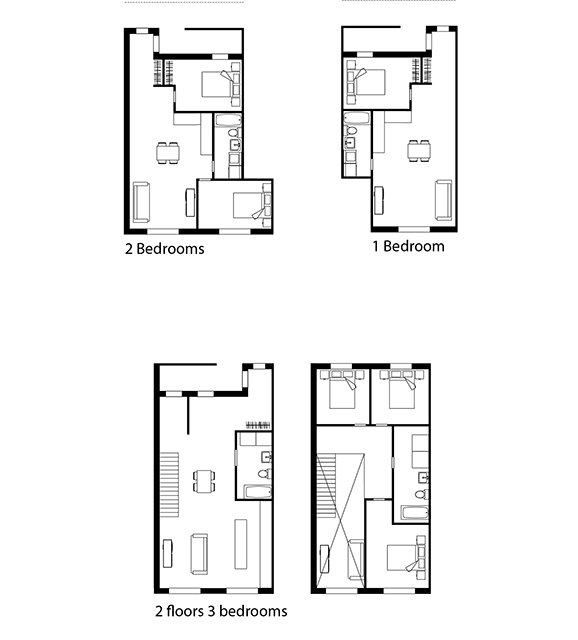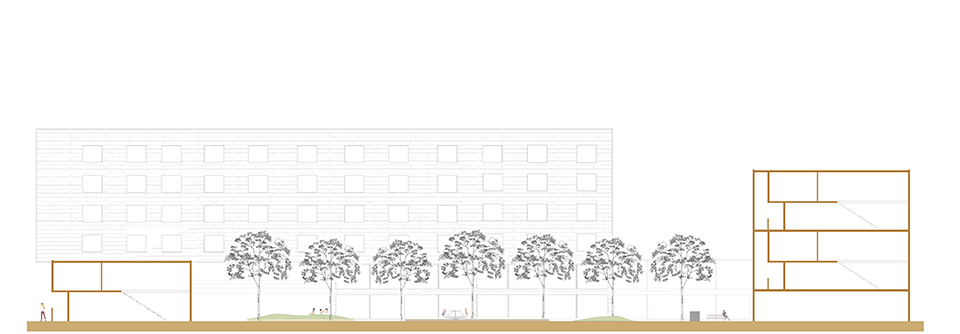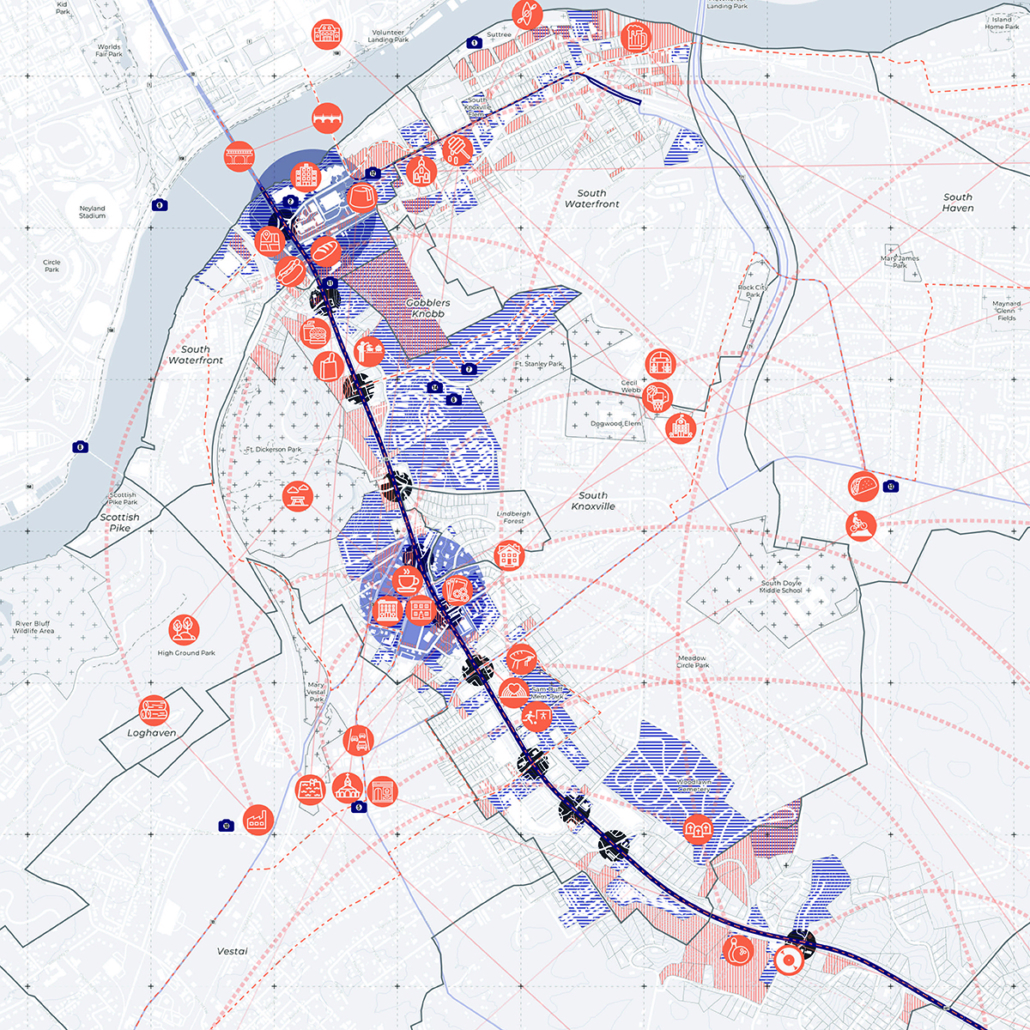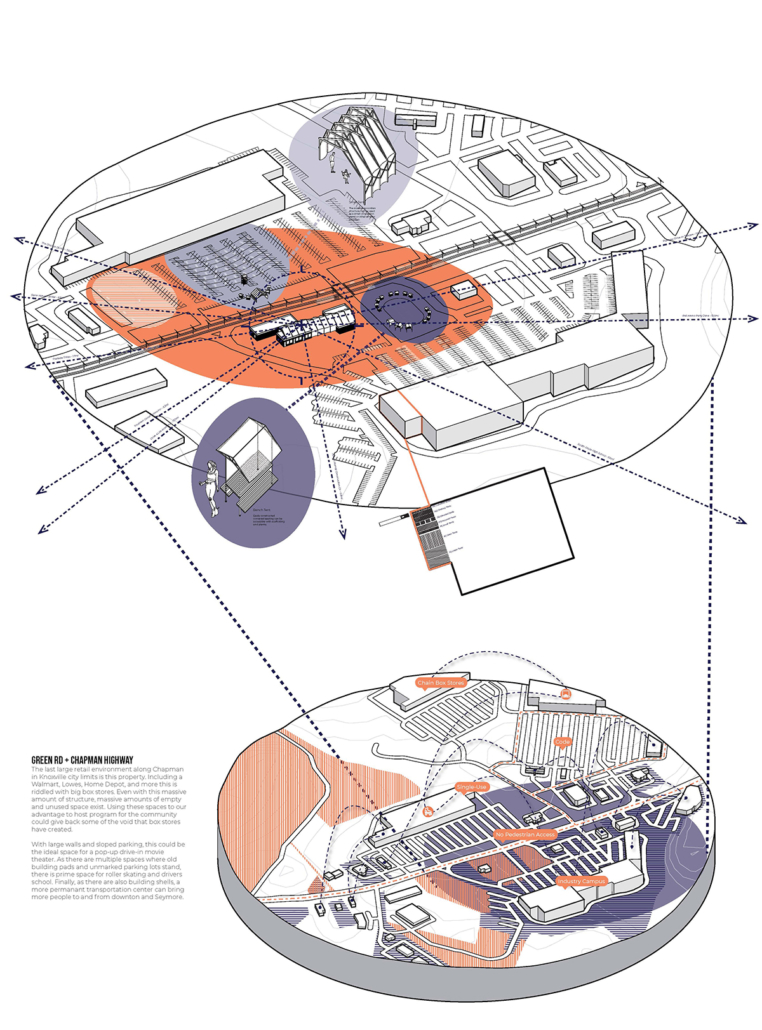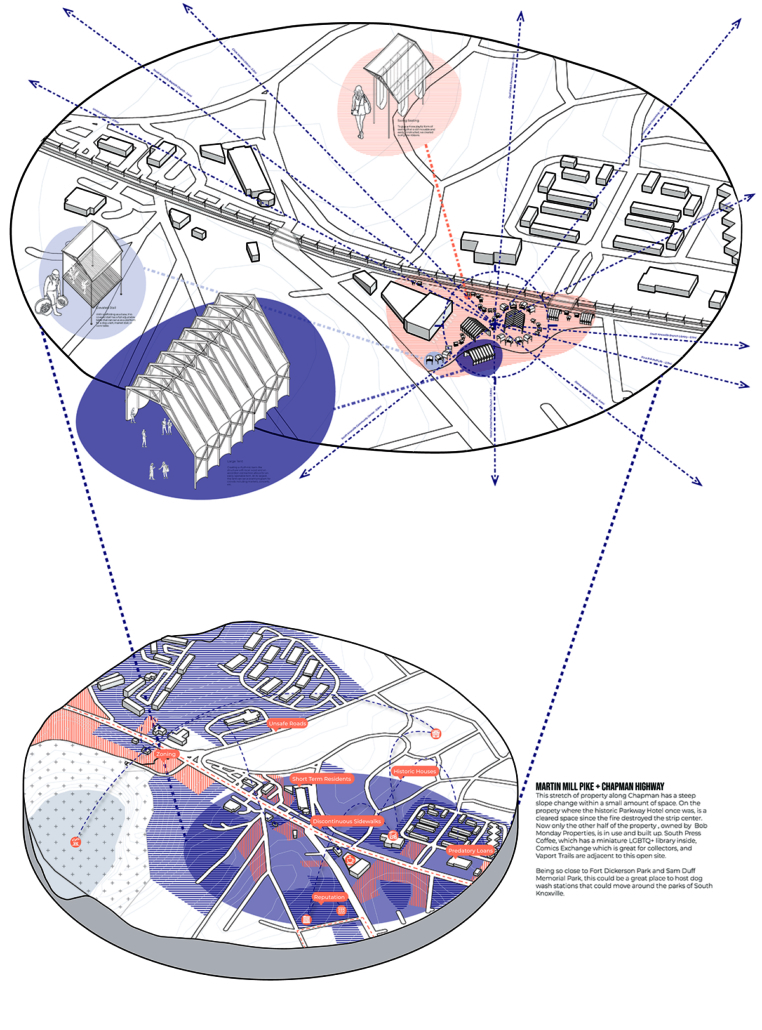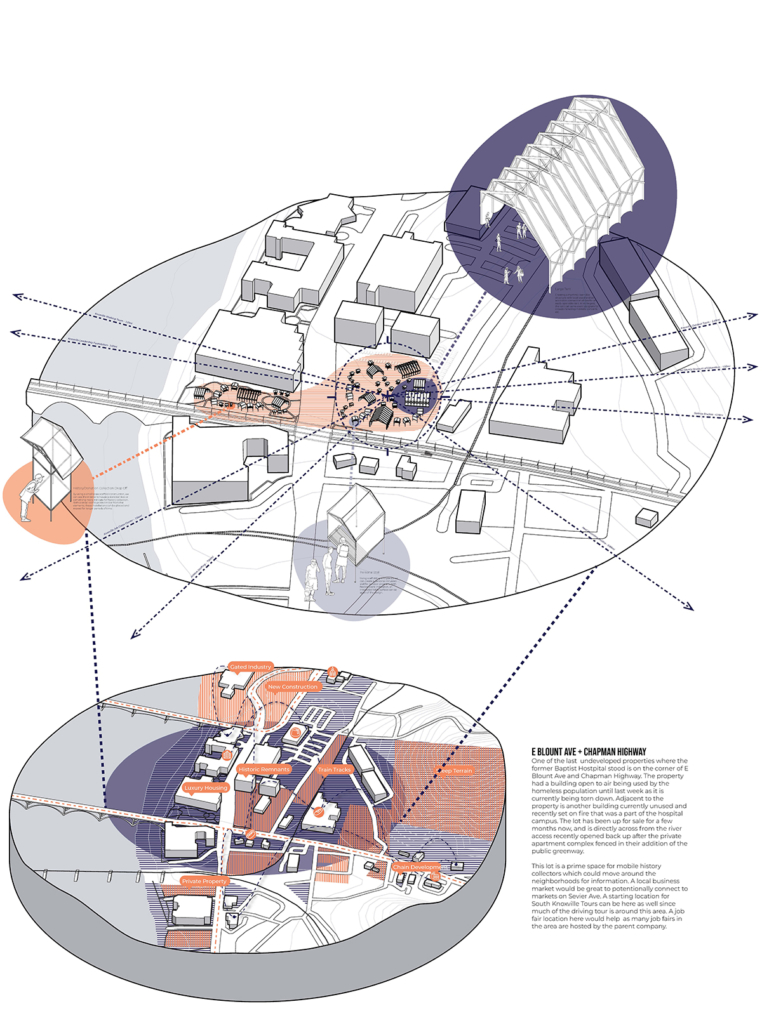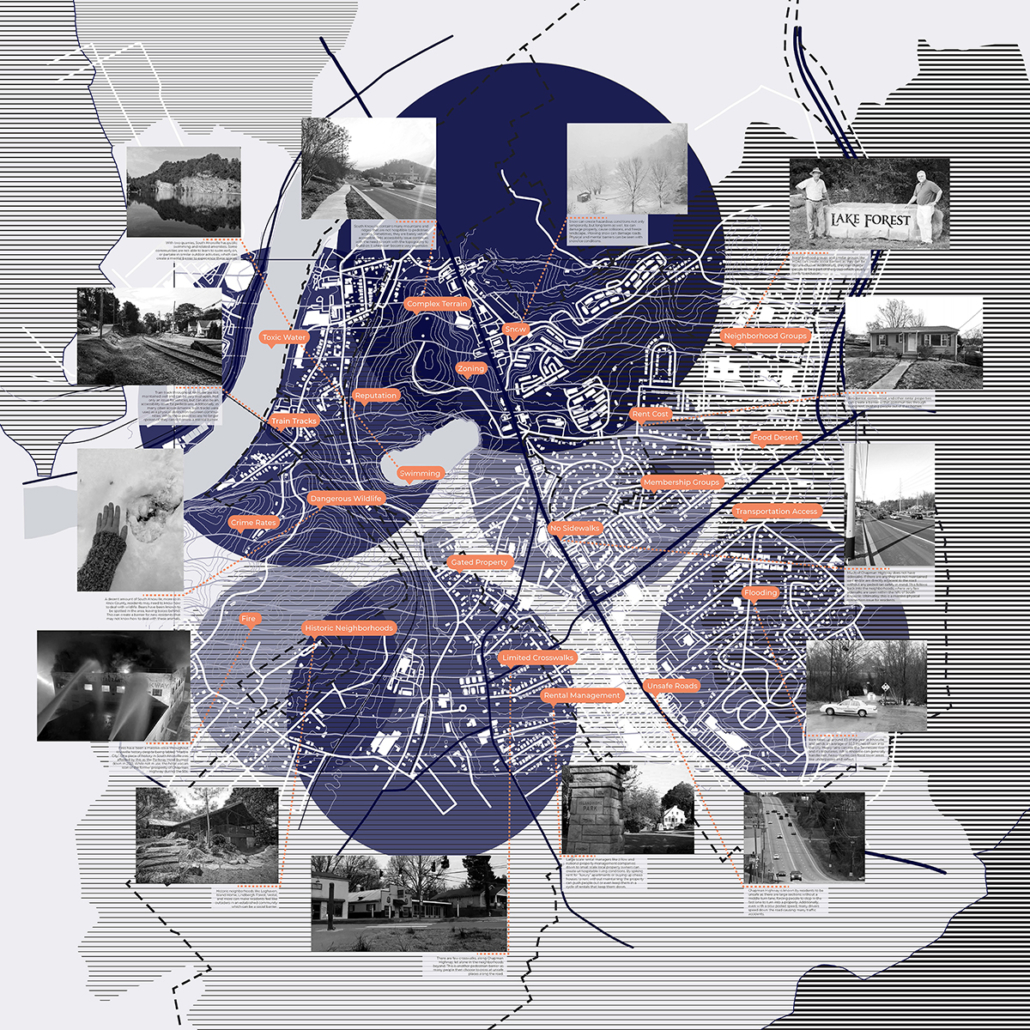Are you interested in studying architecture? Looking for a summer program to prepare you for school? Listed below are over 100 unique programs from all across the globe. Find the summer program that is right for you. Please verify with the program to determine the full details of the program as things make have changed since the posting of this article.
Email info@acsa-arch.org to include your program in our listing.
UNITED STATES
NORTHEAST
Barnard College – New York, NY
https://precollege.barnard.edu
June 25 – July 14, 2023 – High School (6 weeks)
July 23 – August 11, 2023 – High School (6 weeks)
Boston Architectural College – Boston, MA – (Online or in person)
https://the-bac.edu/academics/summer-academy
July 5 – August 4, 2023 – High School (4 weeks)
Boston Society of Architects – Boston, MA
https://www.architects.org/programs/youth-education
Program Dates throughout Year (1st – 8th grades)
Carnegie Mellon University – Pittsburgh, PA
https://www.cmu.edu/pre-college/academic-programs/architecture.html
July 1 – 28, 2023 – High School (4 weeks)
Carnegie Museums of Art and Natural History – Pittsburgh, PA
https://camps.artandnaturalhistory.org/
View the website for various camp options.
The Catholic University of America Experiences in Architecture – Washington, DC
High School Program – Catholic University – Washington DC | CUA
July 9th to July 22nd, 2023 (2 weeks) – Junior and Senior High School students
or July 9th to July 29th, 2023 (3 weeks) – Junior and Senior High school students
Center for Architecture Foundation – New York, NY
https://www.centerforarchitecture.org/k-12/youth-family-programs/summer-programs/
June 26 – August 25, 2023 – High School (4 weeks)
Cincinnati Architectural Mentoring Program – Cincinnati,OH
https://www.cincyarchcamp.org/summer-camp
July 9 – 15, 2023 – High School (1 week)
Columbia University – New York, NY (Online and in person)
https://www.arch.columbia.edu/programs/2-intro-to-architecture
July 5 – August 4, 2023 – High School (4 weeks)
Cooper Union – New York, NY (Online)
http://cooper.edu/about/introduction-architecture-high-school-students
July 5 – August 8, 2023 – High School (5 weeks)
http://cooper.edu/architecture/school-architecture-summer-programs/summer-programs-architecture-introduction-architecture
July 5 – August 2, 2023 – College (4 weeks)
Cornell University – Ithaca, NY (Online)
https://sce.cornell.edu/precollege/program/online
May 30 – August 1, 2023 – High School and College (6 weeks)
Drexel University – Philadelphia, PA (Online)
http://www.drexel.edu/westphal/about/summerHighschoolProgram/Summer_Programs_ARCH/
July 9 – 22, 2023 – High School (2 weeks)
Fallingwater – Mill Run, PA (Online)
https://fallingwater.org/virtual-summer-camps/
July 17 – 21, 2023 – High School (1 week)
August 7 – 11, 2023 – High School (1 week)
Global Solutions Lab – Chestnut Hill College – Philadelphia, PA (Online and in person)
http://www.designsciencelab.com
June 18 – 30, 2023 – High School, College and Adult (2 weeks)
Harvard University – Cambridge, MA (Online)
http://designdiscovery.gsd.harvard.edu
July 10 – 28, 2023 – High School, College and Adult (3 weeks)
Hip Hop Architecture Camp (Online)
http://hiphoparchitecture.com/
Boston – February 20 – 24, 2023 –High School (1 week)
Phoenix – March 13 – 17, 2023 – High School (1 week)
Institute of Classical Architecture and Art – New York, NY
https://www.classicist.org/education/summer-studio/
June 12 – July 8, 2023 – High School and College (4 weeks)
Maryland Institute College of Art – Baltimore, MD
https://www.mica.edu/non-degree-learning-opportunities/programs-for-youth/programs-for-teens/summer-pre-college-program/
July 2 – 15, 2023 – High School (2 weeks)
July 16 – July 29, 2023 – High School (3 weeks)
July 2 – July 29, 2023 – High School (4 weeks)
University of Maryland – College Park, MD (Online and in person)
https://oes.umd.edu/administrative/terp-young-scholars-mentor-opportunities
July 10 – 28, 2023 – High School (3 weeks)
National Building Museum – Washington, DC
http://www.nbm.org/families-kids/summer-camp.html
Dates TBD for 2023
New Jersey Institute of Technology – Newark, NJ
http://design.njit.edu/coadprograms/summer.php
July 9 – 14, 2023 – High School (1 week)
July 16 – 21, 2023 – High School (1 week)
Norwich University – Summer Design Academy -Northfield, VT
http://www.norwich.edu/camps
July 9 – 15, 2023 – High School (1 week)
The Pennsylvania State University – State College, PA (Online)
http://architecture-camps.outreach.psu.edu/
July 9 – July 13, 2023 – High School (1 week)
Phillips Exeter Academy – Exeter, NH (Online and in person)
http://www.exeter.edu/exeter-summer
July 3 – August 4, 2023 – High School (5 weeks)
Pratt Institute – Brooklyn, NY (Online)
http://www.pratt.edu/precollege
July 9 – August 2, 2023 – High School (4 weeks)
Rensselaer Polytechnic Institute – Troy, NY
http://summer.rpi.edu/programs
July 10 – July 21, 2023 – High School (2 weeks)
Rhode Island School of Design – Providence, RI (in person)
http://precollege.risd.edu
June 24 – July 29, 2023 –High School (6 weeks)
Roger Williams University – Summer Academy – Bristol, RI (Online and in person)
http://rwu.edu/academics/schools-colleges/saahp/special-programs/summer-programs/summer-academy
July 10 – August 4, 2023 – High School (4 weeks)
Syracuse University – Syracuse, NY (Online and in person)
http://summercollege.syr.edu/programs/programs-by-subject/#artanddesign
July 16 – 21, 2023 – High School (1 week)(in person)
July 2 – 14, 2023 – High School (2 weeks) (in person)
July 16 – 28, 2023 – High School (2 weeks) (in person)
July 30 – August 11, 2023 – High School (2 weeks) (in person)
July 16 – August 4, 2023 – High School (3 weeks) (in person)
July 2 – 28, 2023 – High School (4 weeks) (in person)
July 2 – August 11, 2023 – High School (6 weeks) (in person)
July 3 – 20, 2023 – High School (3 weeks)(online)
July 24 – August 10, 2023 – High School (3 weeks)(online)
July 3 – August 10, 2023 – High School (6 weeks) (online)
‘T’ Space Summer Architectural Residency – Rhinebeck, NY (Online)
https://tspacerhinebeck.org/residency/
July 5 – 28, 2023 – High School (3 weeks)
Temple University – Philadelphia, PA
http://tyler.temple.edu/continuing-education-program/architecture-institute
July 10 – July 21, 2023 – High School (2 weeks)
July 24 –August 4, 2023 – High School (2 weeks)
Wentworth Institute of Technology – Boston, MA
http://wit.edu/summerfab/
More information available March 15, 2023 – High School (6 weeks)
Yale University – New Haven, CT
https://summerspringboard.com/campus/yale-summer-program/
June 18 – 30, 2023 – High School (2 weeks)
July 2 – July 14, 2023 – High School (2 weeks)
July 16 – July 28, 2023 – High School (2 weeks)
SOUTHEAST
Auburn University – Auburn, AL
http://www.auburn.edu/outreach/opce/auburnyouthprograms/architecture.htm
June 11– 16, 2023 – High School (1 week)
June 25 – 30, 2023 – High School (1 week)
July 9 – 14, 2023 – High School (1 week)
Clemson University – Clemson, SC
http://www.clemson.edu/summer-scholars
June 4 – 9, 2023 – High School (1 week)
June 11 – 16, 2023 – High School (1 week)
June 18 – 23, 2023 – High School (1 week)
June 25 – 30, 2023 – High School (1 week)
July 9 – 14, 2023 – High School (1 week)
July 16 – 21, 2023 – High School (1 week)
July 23 – 28, 2023 – High School (1 week)
Florida Atlantic University – Boca Raton, FL
http://www.idac.fau.edu/design/HSSI.html
July 10 – 28, 2023 – High School (3 weeks)
Georgia Institute of Technology – Atlanta, GA (Online)
https://design.gatech.edu/precollege
June 11 – 23, 2023 – High School (2 weeks)
July 9 – 21, 2023 – High School (2 weeks)
Kids Next Code – Street College Park, GA (Online and in person)
https://www.kidsnextcode.com/programs
Contact Program for dates
Louisiana State University – Baton Rouge, LA (Online)
https://design.lsu.edu/programs-and-initiatives/pre-college-camps/architecture-design-workshop/
June 18 – 23, 2023 – High School (1 week)
Mississippi State University – Starkville, MS
https://www.caad.msstate.edu/academics/camps/architecture
June 4 – 10, 2023 – High School (1 week)
NOMA Project Pipeline – Louisiana (Online)
http://nomalaprojectpipeline.org/
Dates TBD for 2023
North Carolina State University – Raleigh, NC (Online)
https://design.ncsu.edu/designlab/digital/dwt/ddc/
Dates TBD for 2023
Savannah College of Arts & Design – Atlanta and Savannah, GA (Online)
https://www.scad.edu/academics/pre-college-summer-programs/rising-star
June 18 – July 21, 2023 – High School (5 weeks)
Tulane University – New Orleans, LA
https://summer.tulane.edu/areas-of-study/architecture
July 3 – July 14, 2023 – High School (2 weeks)
July 17 – 28, 2023 – High School (2 weeks)
University of Miami – Miami, FL (Online)
http://ssp.dcie.miami.edu/
July 1 – 21, 2023 – High School (3 weeks)
University of North Carolina at Charlotte – Charlotte, NC
http://coaa.uncc.edu/academics/school-of-architecture/summer-camp-0
June 11 – 17, 2023 – High School (1 week)
University of Tennessee – Knoxville, TN
http://archdesign.utk.edu/news-events/design-matters-camp/
July 16 – 22, 2023 – High School (1 week)
Virginia Tech School of Architecture & Design – Blacksburg, VA (Online and in person)
https://archdesign.caus.vt.edu/special-programs/inside-architecture-design/
June 18 – June 23, 2023 – High School (1 week)
EAST CENTRAL
Ball State University – Muncie, IN
http://bsu.edu/cap/designworks
July 9 – 21, 2023 – High School (2 weeks)
Lawrence Technological University – Detroit, MI
https://www.ltu.edu/summer-camps/
June 10 – June 14, 2023 – High School (1 week)
July 17 – July 21, 2023 – High School (1 week)
July 24 – July 28, 2023 – High School (1 week)
July 31 – August 4, 2023 – High School (1 week)
Miami University – Oxford, OH (Online)
http://miamioh.edu/admission/high-school/summer-scholars/
July 9 – July 14, 2023 – High School (1 week)
July 16 – July 21, 2023 – High School (1 week)
The Center for Architecture & Design – Columbus, OH
https://www.columbuscfad.org/high-school-design-studio/
June 12 – 23, 2023 – High School (2 weeks)
University of Michigan – Ann Arbor, MI (Online)
http://www.taubmancollege.umich.edu/architecture/high-school-programs/arcstart
July 10 – 28, 2023 – High School (3 weeks)
University of Notre Dame – Notre Dame, IN
http://architecture.nd.edu/academics/professional-development/career-discovery/
June 18 – 30, 2023 – High School (2 weeks)
WEST CENTRAL
Chicago Architecture Center – Chicago, IL
https://www.architecture.org/programs-events/detail/girls-build-day-2023/
March 25, 2023 – High School (1 day)
HiArch – University of Illinois at Chicago – Chicago, IL
https://arch.uic.edu/hiarch
July 10 – 14, 2023 – High School (1 week)
July 17 – 21, 2023 – High School (1 week)
Illinois Institute of Technology – Chicago, IL
https://arch.iit.edu/study/eia
July 10 – 23, 2023 – High School (2 weeks)
Judson University – Elgin, IL
https://www.judsonu.edu/academics/architecture-department/design-discovery-camp/
July 9 – 14, 2023 – High School (1 week)
Oklahoma State University, Stillwater, OK
https://ceat.okstate.edu/arch/discover-architecture.html
June 20 – 24, 2023 – High School (1 week)
Sam Fox School of Design & Visual Arts – St. Louis, MO
https://samfoxschool.wustl.edu/academics/pre-college-programs/architecture-discovery-program
July 9 – 22, 2023 – High School (2 weeks)
School of the Art Institute of Chicago – Chicago, IL
http://saic.edu/ecpsi
June 19 – 30, 2023 – High School (2 weeks)
July 3 – 14, 2023 – High School (2 weeks)
July 17 – 28, 2023 – High School (2 weeks)
July 3 – 28, 2023 – High School (4 weeks)
July 31 – August 4, 2023 – High School (1 week)
Southern Illinois University – Carbondale, IL
http://conferenceservices.siu.edu/camps-youth-programs/architecture-camp.php
Dates TBD for 2023
Taliesin Preservation – Wisconsin (Online)
https://www.taliesinpreservation.org/events/category/programs/summercamps/
June 12 – 16, 2023 – Ages 10 through 15
June 26 – 30, 2023 – Ages 10 through 15
University of Colorado Denver – Denver, CO
https://architectureandplanning.ucdenver.edu/architecture/academics/high-school-programs
June 12 – 16, 2023 – High School (1 week)
University of Illinois at Chicago – Chicago, IL
http://arch.uic.edu/YArch
July 5 – 28, 2023 – College (3 weeks)
University of Kansas – Lawrence, KS (Online)
http://design.ku.edu/designcamp
June 11 – 17, 2023 – High School (1 week)
University of Nebraska-Lincoln – Lincoln, NE (Online)
http://architecture.unl.edu/prospective-student/high-school-workshops
June 11 -16, 2023 – High School (1 week)
University of Oklahoma – Norman, OK
https://pacs.ou.edu/precollegiate/9th-12th-grade/architecture-summer-academy/
June 4 – 9, 2023 – High School (1 week)
University of Wisconsin-Milwaukee – Milwaukee, WI
https://uwm.edu/sarup/future-students/architecture-summer-camp/
July 30 – August 5, 2023 – High School (1 week)
SOUTHWEST
University of Arkansas – Fayetteville, AR
https://fayjones.uark.edu/news-and-events/design-camp.php
View the website for various camp options.
University of Houston and Rice University- Houston, TX
http://www.wonderworkshouston.org/
June 20 – July 21, 2023 – High School (4 weeks)
University of New Mexico -Albuquerque and Santa Fe, NM
https://saap.unm.edu/academics/adsa.html
Dates TBD for 2023
University of Texas San Antonio – San Antonio, TX (Online and in person)
https://ceid.utsa.edu/architecture-planning/summer-academy/
June 12 – 23, 2023 – High School (2 weeks)
Texas A&M University – College Station, TX
https://www.arch.tamu.edu/academics/high-school-outreach/camp-arch/
July 10 – 15, 2023 – High School (1 week)
WEST
California Baptist University – Riverside, CA – Summer Day Camp (Online)
http://cavad.calbaptist.edu/programs/summer
July 10 – 14, 2023 – High School (1 week)
California College of The Arts – San Francisco, CA (Online and in person)
https://portal.cca.edu/learning/special-programs/pre-college-program/architecture/
July 6 – August 2, 2023 – High School (4 weeks) (in person)
June 26 – July 28, 2023 – High School (5 weeks) (online)
California Poly State University – SLO – San Luis Obispo, CA
https://architecture.calpoly.edu/about/summer-career
June 25 – July 21, 2023 – High School (4 weeks)
embARC Summer Design Academy – UC Berkeley College of Environmental Design – Berkeley, CA
https://ced.berkeley.edu/academics/summer-programs/embarc-summer-design-academy
July 3 – July 28, 2023 – High School (4 weeks)
Girls Garage – Berkeley, CA – Summer Camp
https://girlsgarage.org/programs/summer/
Advanced Design/Build – July 31 – August 4, 2023 – High School Girls (1 week)
Young Women’s Design and Building Institute – June 13 – 16, 2023 – High School Girls (1 week)
Young Women’s Design and Building Institute – June 20 – 23, 2023 – High School Girls (1 week)
Builder Bootcamp – July 10 – 14, 2023 – High School Girls (1 week)
Builder Bootcamp – July 17 – 21, 2023 – High School Girls (1 week)
La Jolla Historical Society’ Young Architects Summer Camp – La Jolla, CA
https://lajollahistory.org/education/
July 10 – 14, 2023 – Middle School (1 week)
July 17 – 21, 2023 – High School (1 week)
SoCal NOMA Project Pipeline Summer Camp – East Los Angeles College, CA
https://socalnoma.org/summer-camp/
Saturdays in July & August 2023 (4 days, Saturdays only)
Southern California Institute of Architecture – Los Angeles, CA (Online)
https://sciarc.edu/mm
July 5 – 28, 2023 – College, Professionals (3 weeks)
Southern California Institute of Architecture – Los Angeles, CA
https://www.sciarc.edu/academics/summer-programs/design-immersion-days
June 20 – July 14, 2023 – High School (4 weeks)
University of California at Berkeley – Berkeley, CA
https://ced.berkeley.edu/academics/summer-programs/embarc-design-academy/
July 3 – 28, 2023 – High School (4 weeks)
http://ced.berkeley.edu/academics/summer-programs/discovery/
July 3 – August 4, 2023 – College (4 weeks)
https://ced.berkeley.edu/academics/summer-programs/summer-institute/
July 3 – August 11, 2023 – Post-baccalaureate (5 weeks)
University of California, Los Angeles– JumpStart – Los Angeles, CA
https://www.aud.ucla.edu/academics/summer-programs#jumpstart
July 5 – 28, 2023 – High School Graduates (3 weeks)
University of California, Los Angeles– TeenArch Studio – Los Angeles, CA
https://www.aud.ucla.edu/academics/summer-programs#teenarch-studio
July 10 – 28, 2023 – High School (3 weeks)
University of Idaho – Moscow, ID (Online)
https://www.uidaho.edu/caa/highschool-events/design-days
Dates TBD for 2023
University of Southern California – Los Angeles, CA (Online)
https://arch.usc.edu/high-school-program-exploration-of-architecture
June 18 – July 15, 2023 – High School (4 weeks)
University of Washington – Summer Youth Programs – Seattle, WA
https://www.summer-camp.uw.edu/camps-courses-masters/architectural-studies/
July 17– July 28, 2023 – High School (4 weeks)
INTERNATIONAL
Architectural Association Summer School (Online and in person)
https://www.aaschool.ac.uk/academicprogrammes/visitingschool
See website for program dates (various programs available)
Carleton University – Ottawa, Ontario, CANADA – Studio First (Online)
https://carleton.ca/architecture/programs/studiofirst/
May 16 – June 21, 2023 – College and Professional (5 weeks)
July 4 – August 9, 2023 – College and Professional (5 weeks)
Carleton University – Ottawa, Ontario, CANADA – Imagine Architecture (Online and in person)
https://architecture.carleton.ca/non-degree-programs/imagine-architecture
LAB 101 — July 10 — 14, 2023 — High School (1 week) (in person)
LAB 102 — July 17 — 21, 2023 – High School (1 week) (in person)
LAB 103 — July 24 — 28, 2023 – High School (1 week) (in person)
LAB 101 — July 31 — August 4, 2023 – High School (1 week) (online)
CIAO! Center for Introduction to Architecture Overseas – Pontano, Italy
https://ciaocfsu.org
July 1 – 22, 2023 – High School (3 weeks)
Film & Architecture Summer School – Copenhagen
https://www.summerschoolsineurope.eu/course/16961/film–architecture-summer-school-leave-no-one-behind
Dates TBD for 2023
IFHP Urban Planning and Design Summer School in Finland
https://ifhpsummerschool.wordpress.com/
August 14 – 25, 2023 – College, Graduate, Professional (2 weeks)
Porto Academy Visiting Sweden – Stockholm and Småland
https://portoacademy.info/event.php?event_id=45
June 14 – 21, 2023 – students, graduates in architecture (1 week)
Porto Academy Visiting Switzerland – Ticino
https://portoacademy.info/event.php?event_id=57
July 18 – 25, 2023 – students, graduates in architecture (1 week)
Reedcob® International Summer School – Oman
https://summerschool.cas-at.com/
February 10 – 17, 2023
http://summer.tasis.com/page.cfm?p=397
July 1 – 21, 2023 – High School (3 weeks)
Structural Integrity: A Computational Design Investigation, International Summer School – Belgium
https://arch.kuleuven.be/english/studying/going-abroad/summer-schools/summerschool-call-final.pdf
Dates TBD for 2023


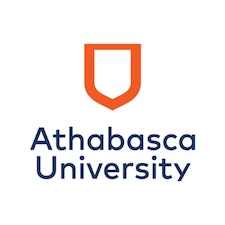
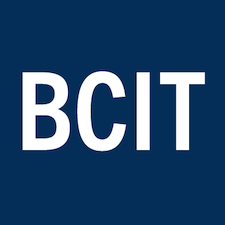



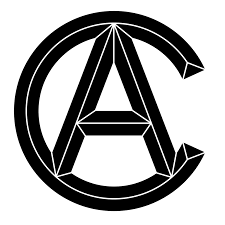

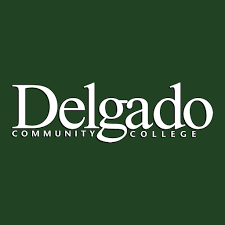
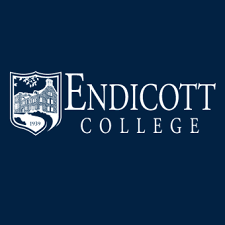
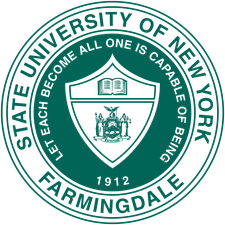
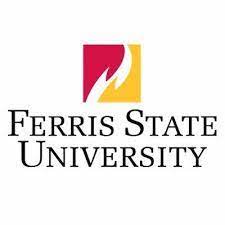




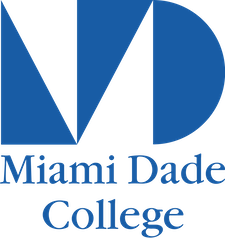

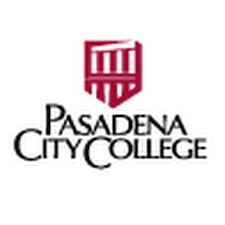





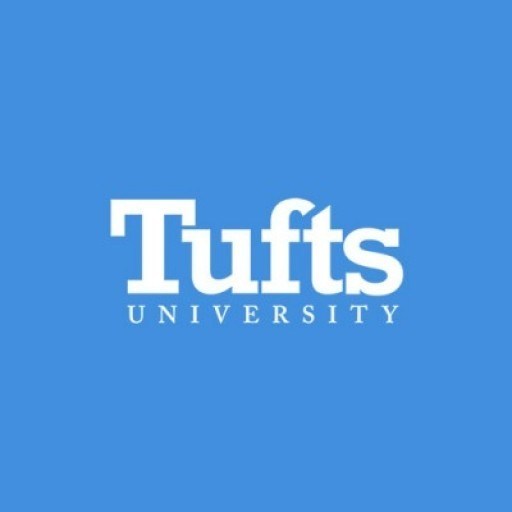


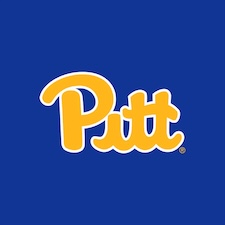


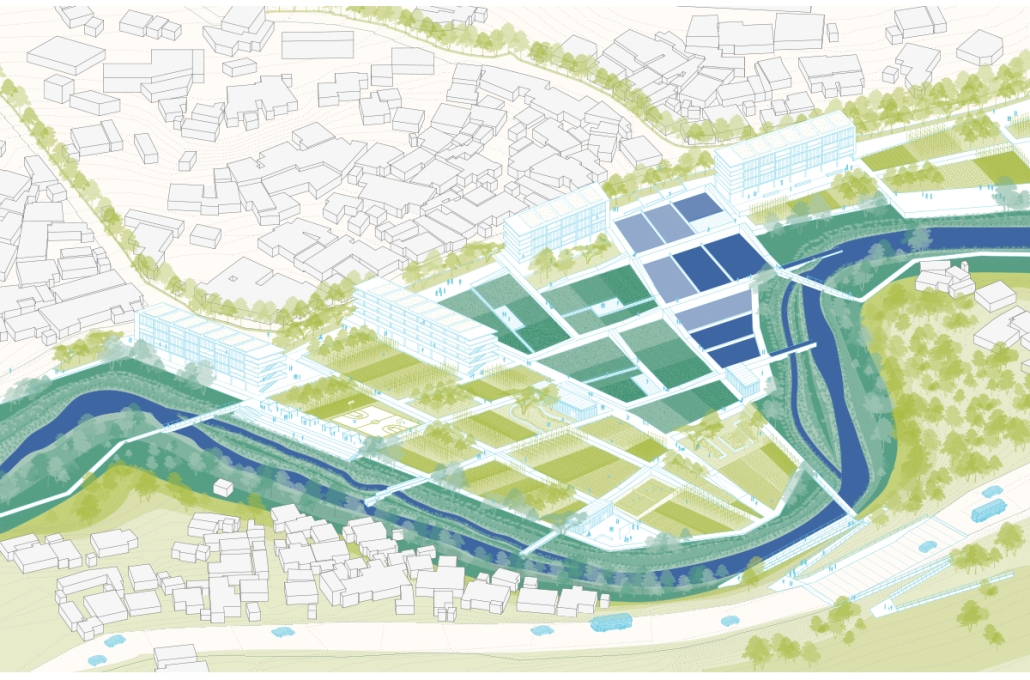
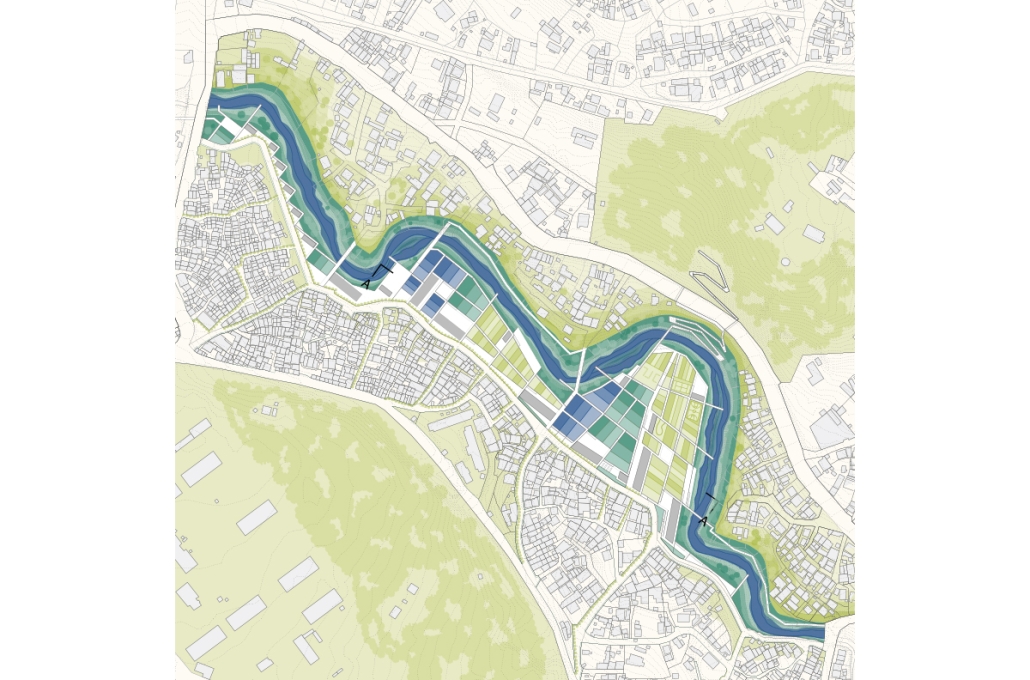
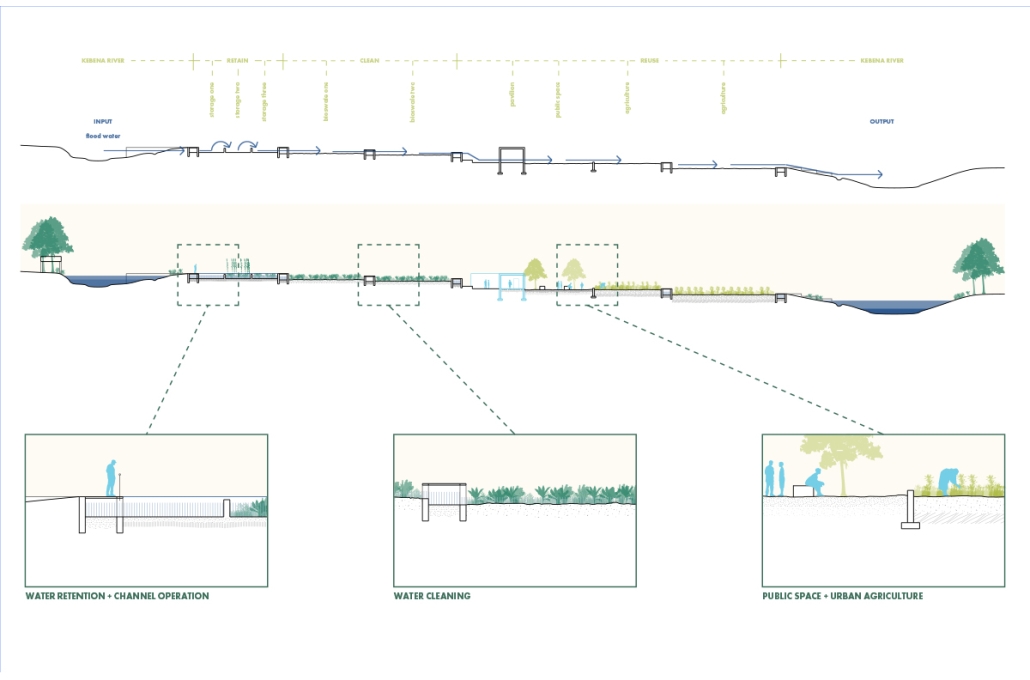
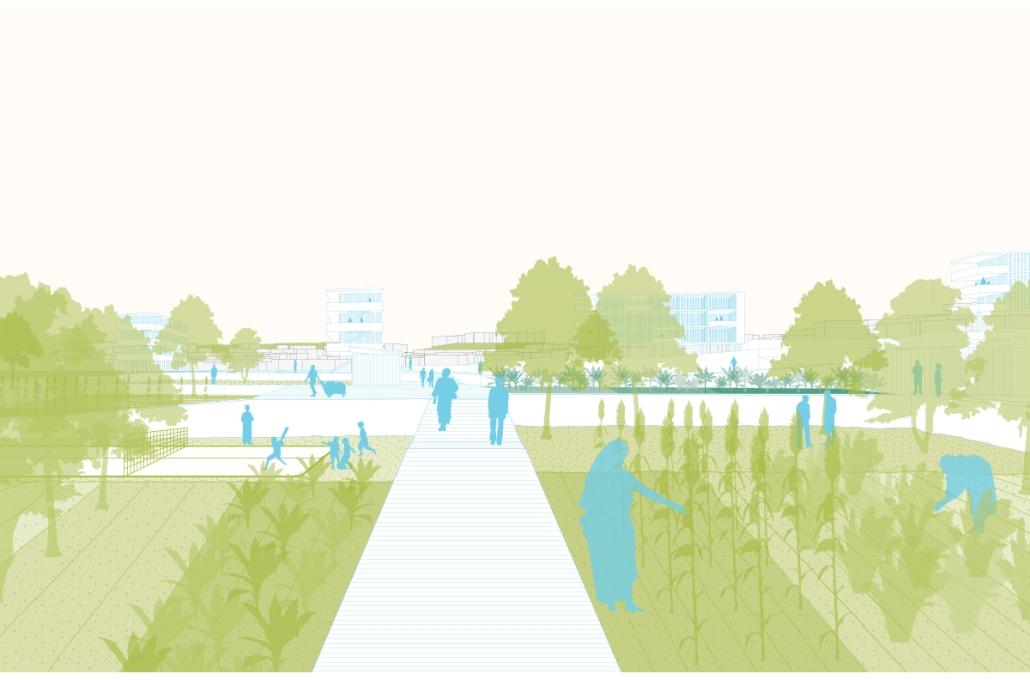
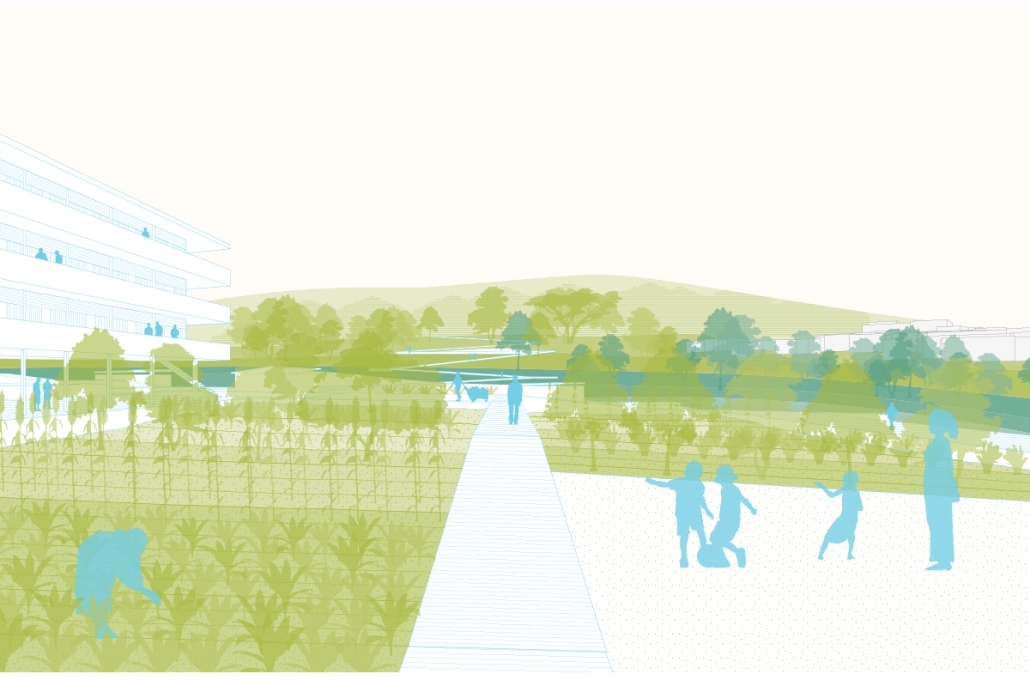

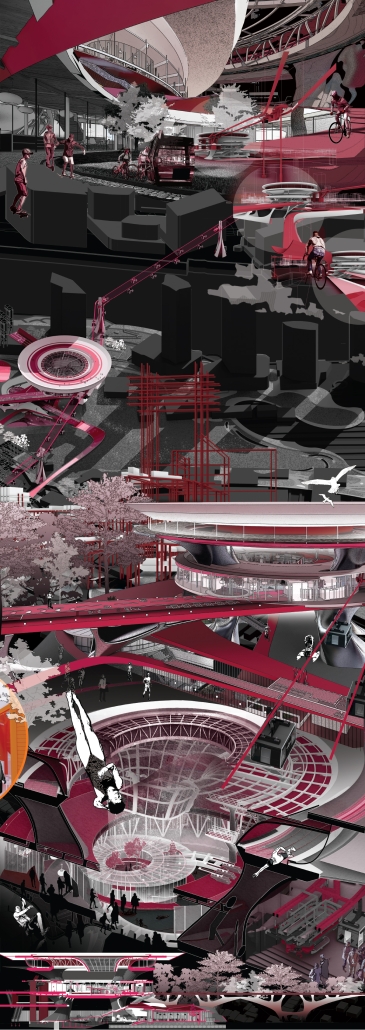
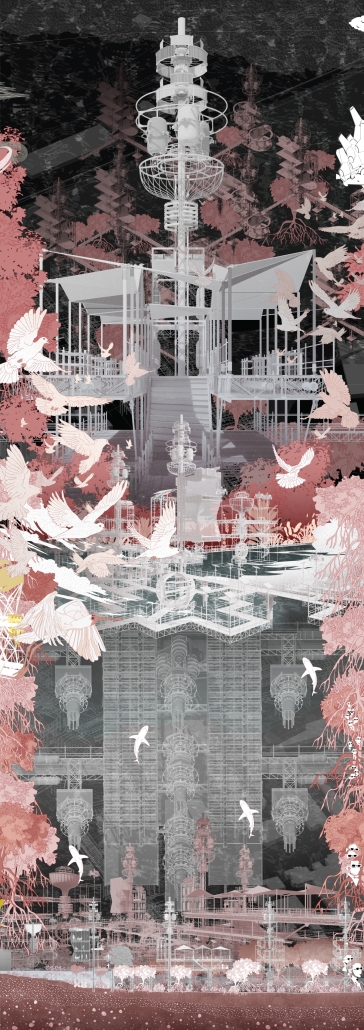
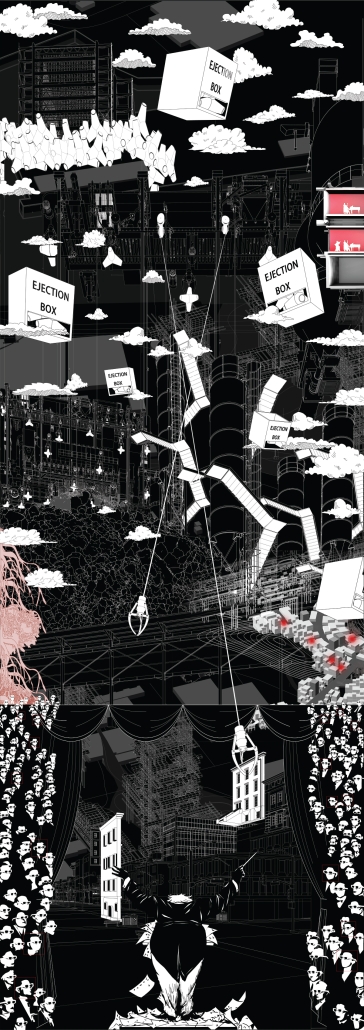
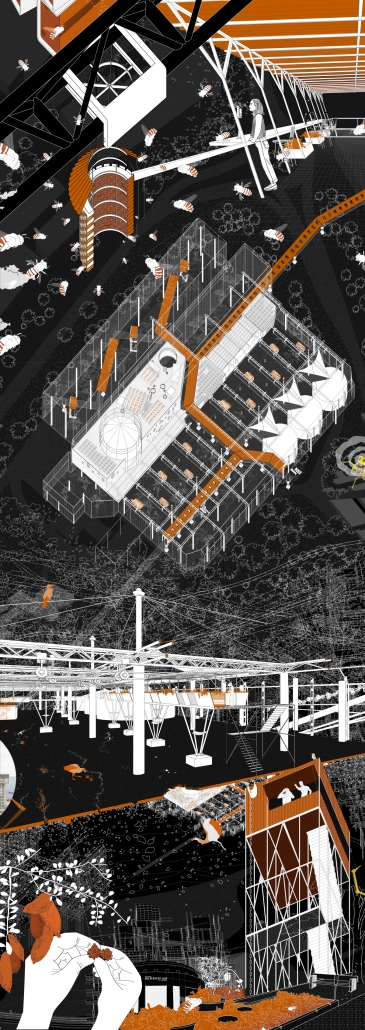

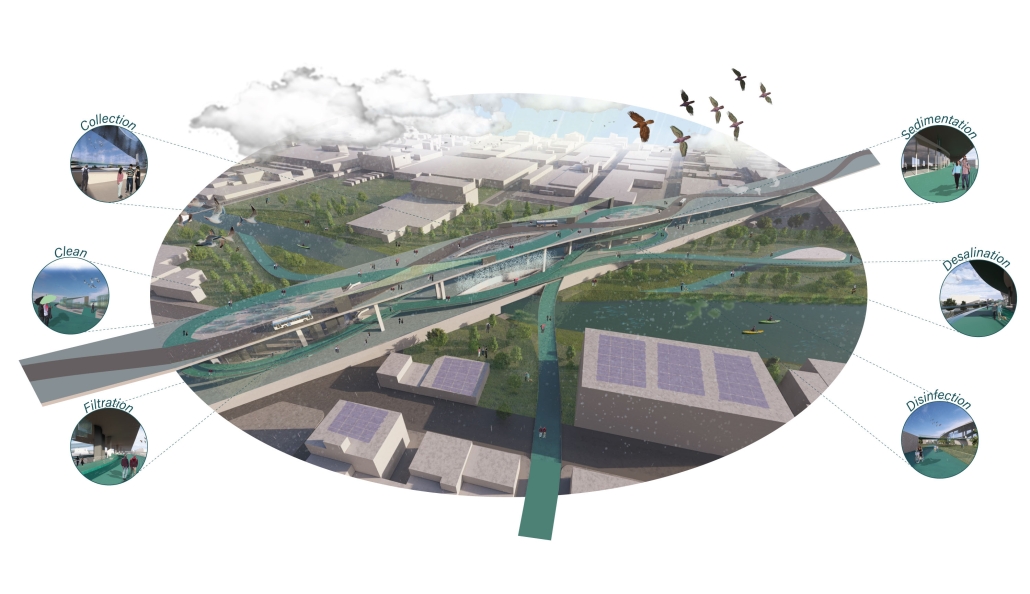
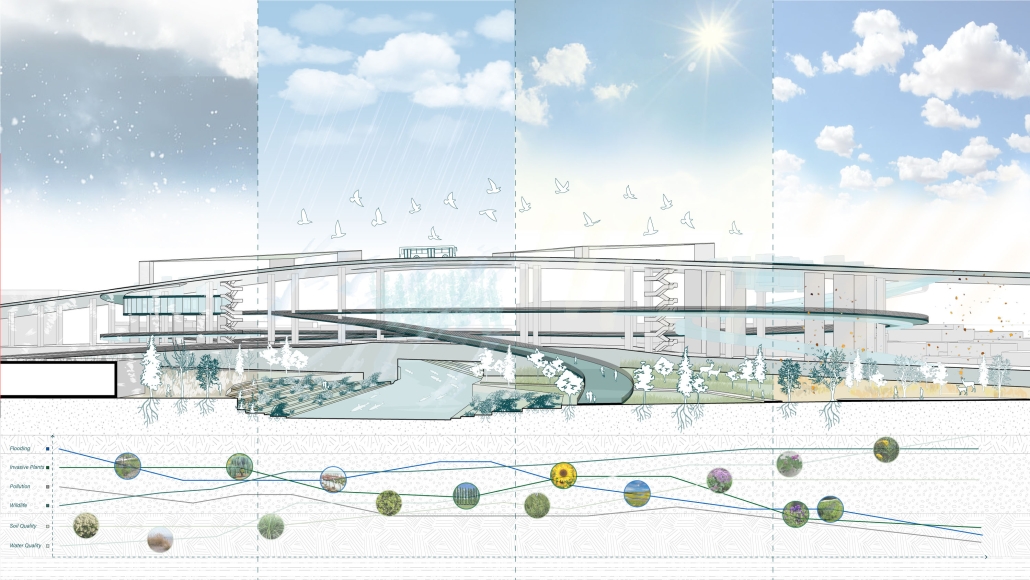
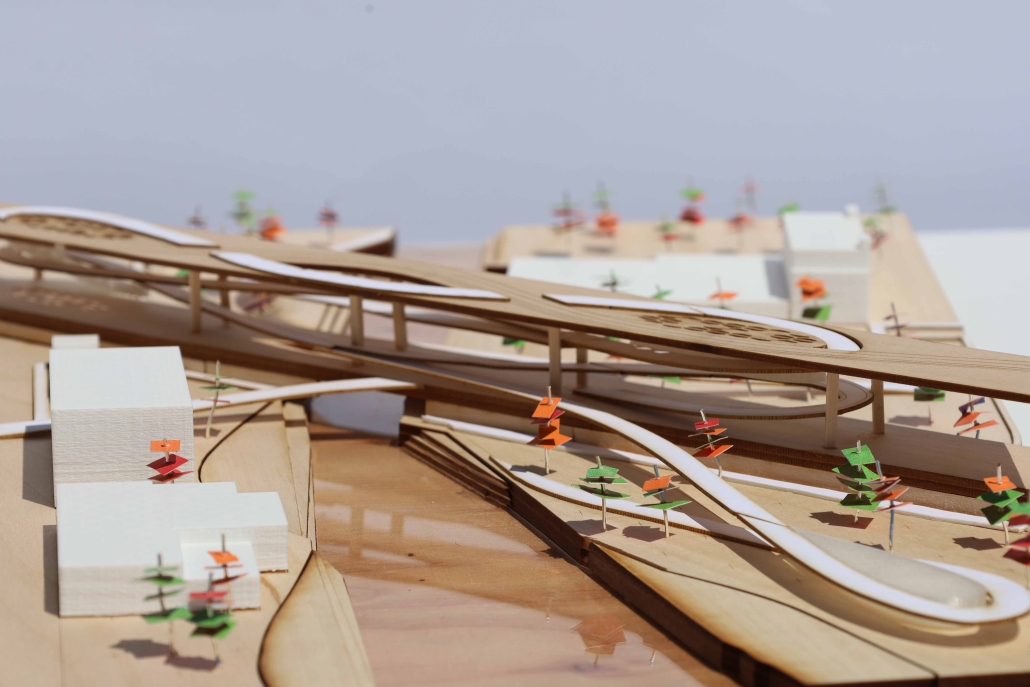
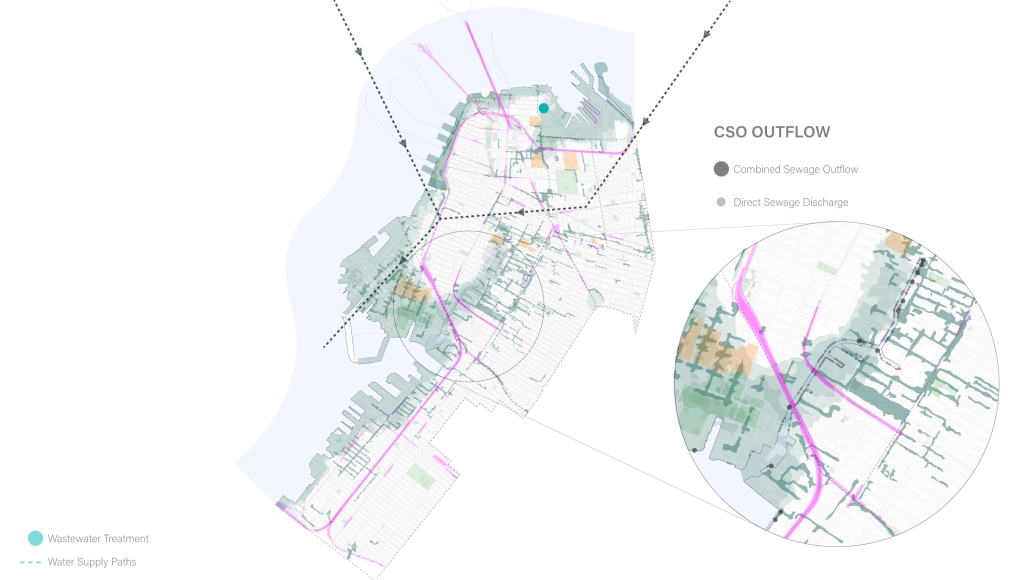
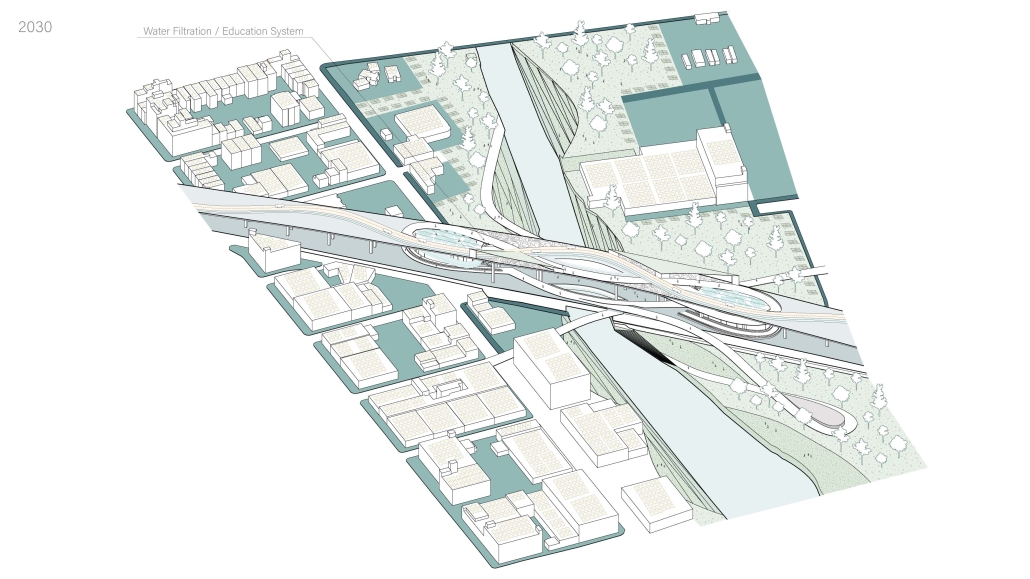





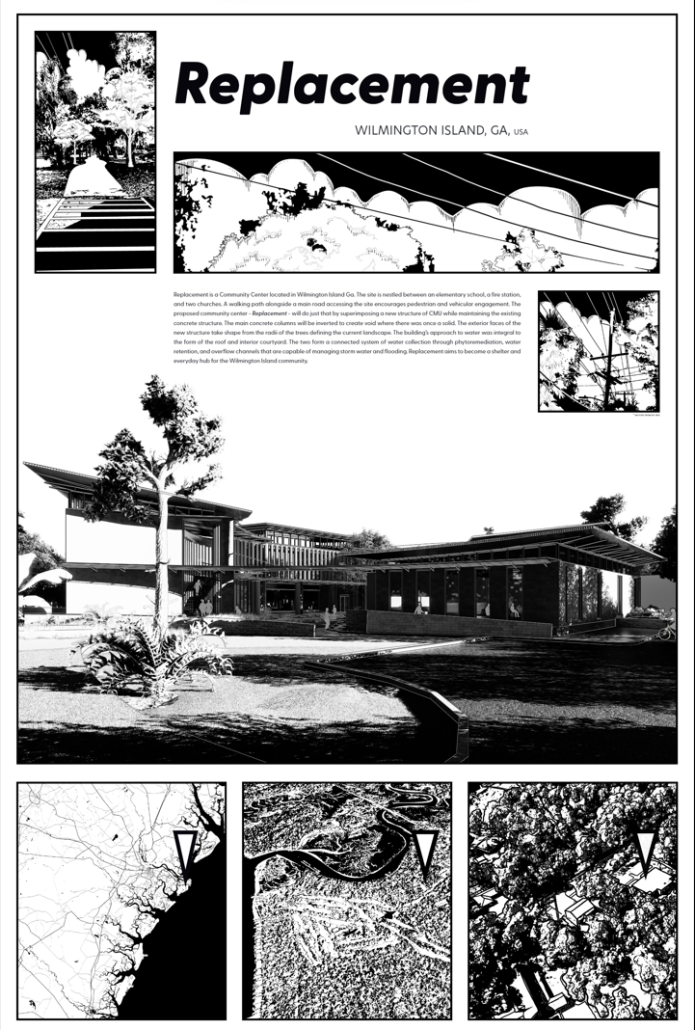
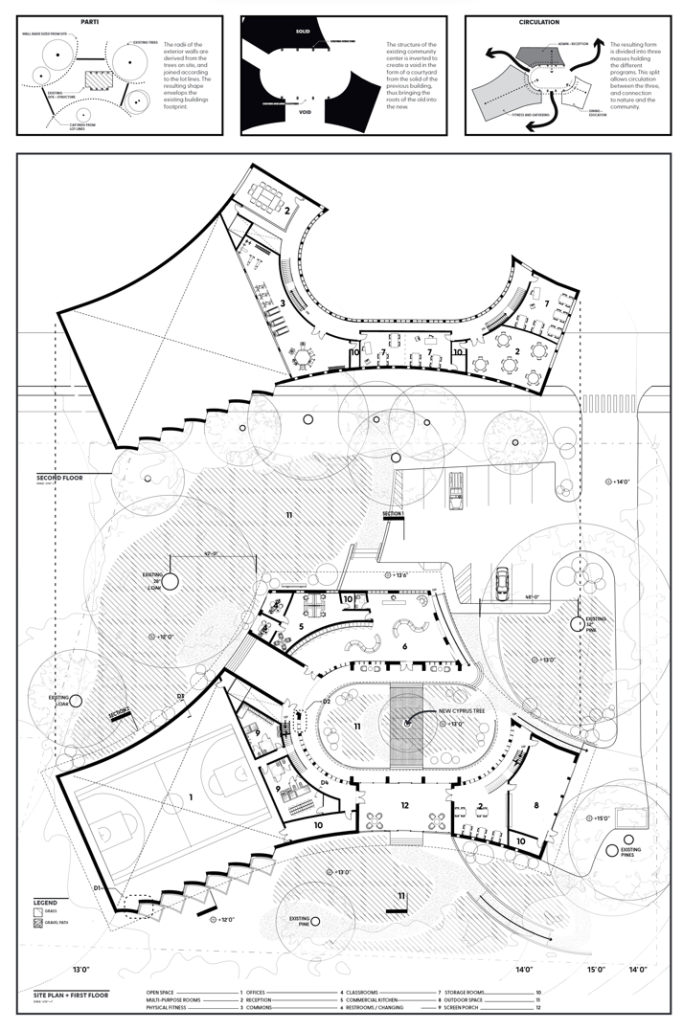
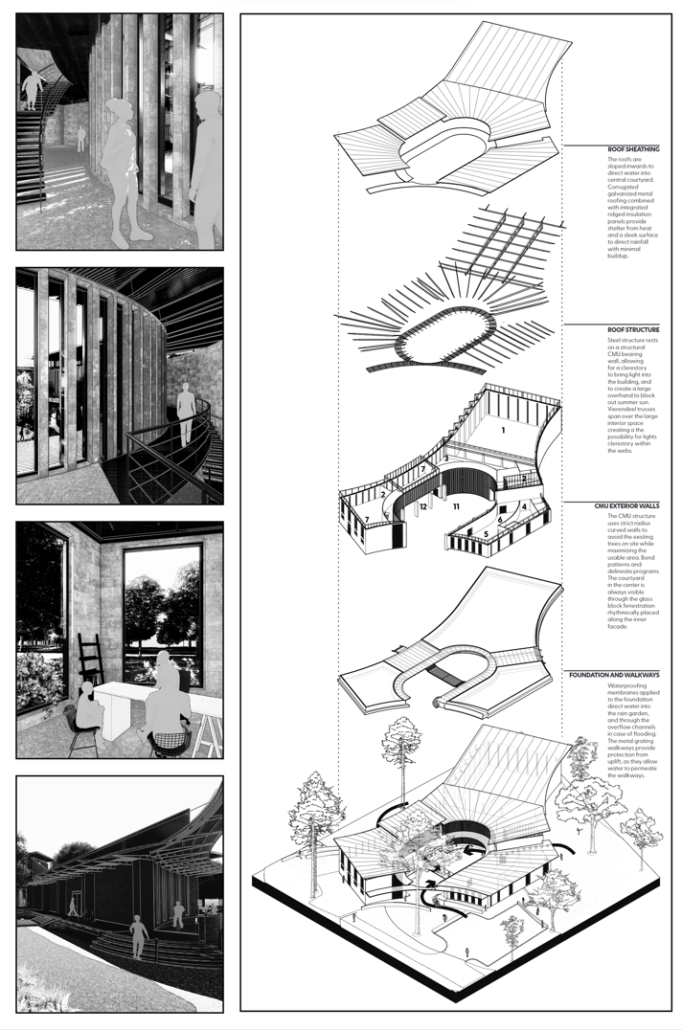
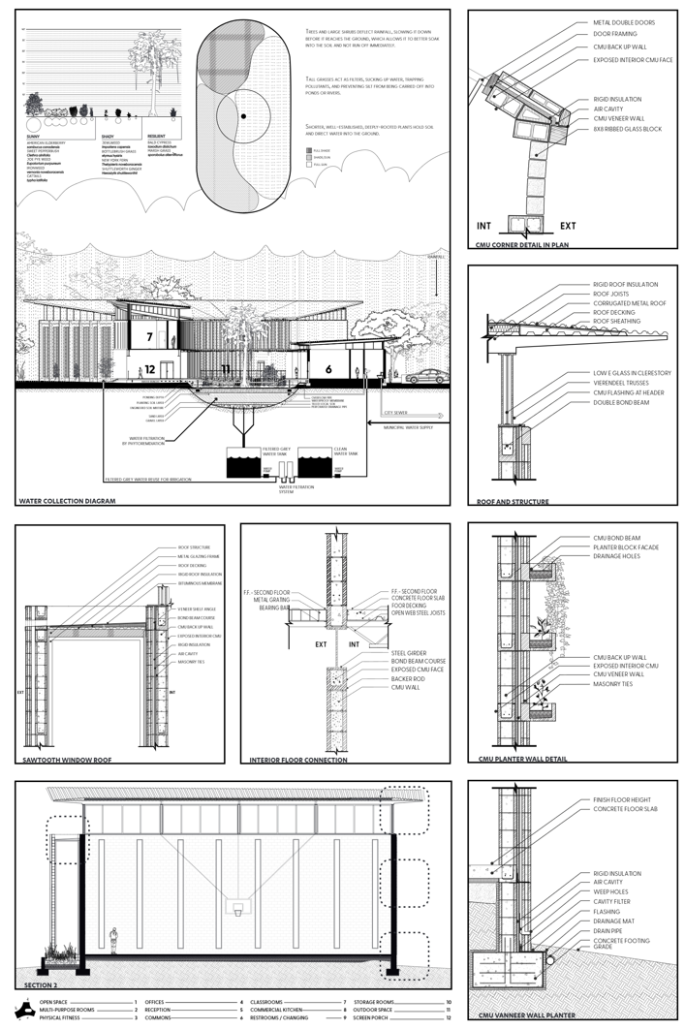
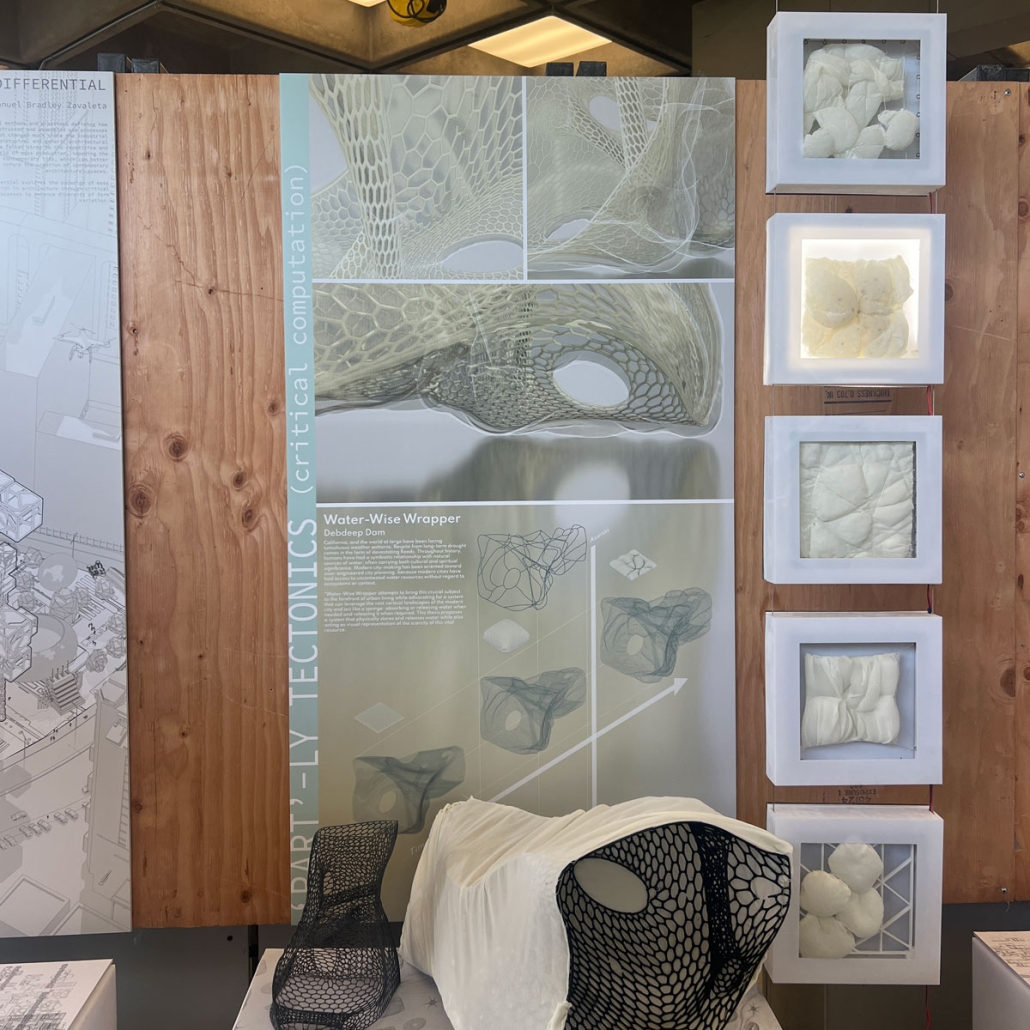
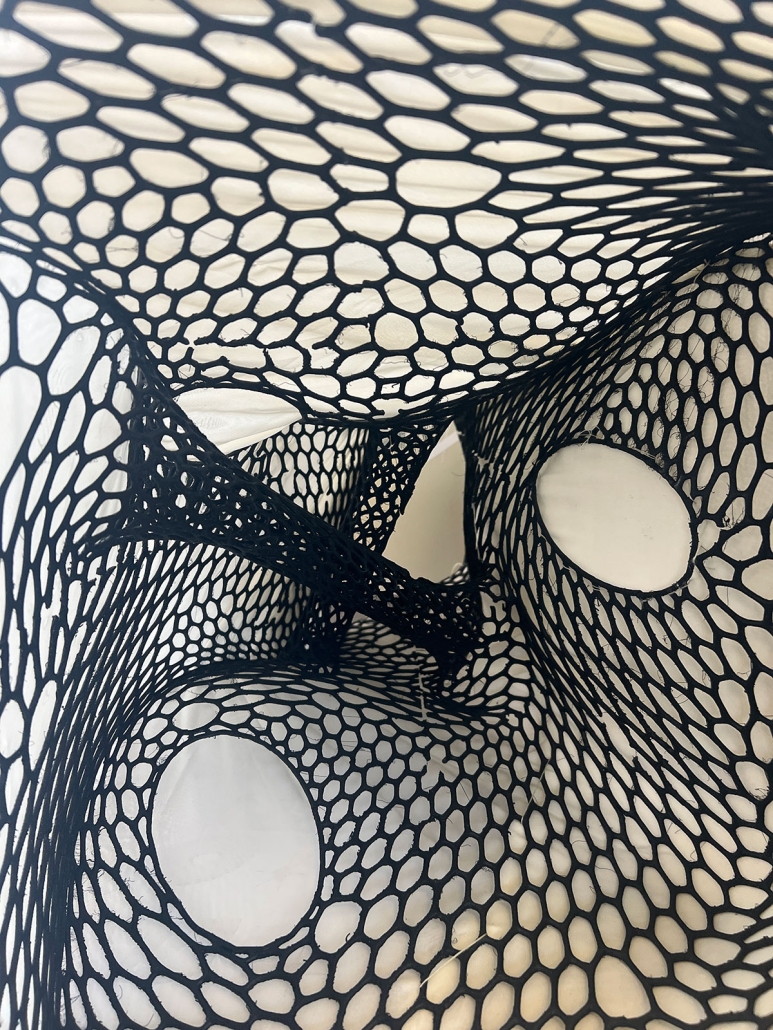
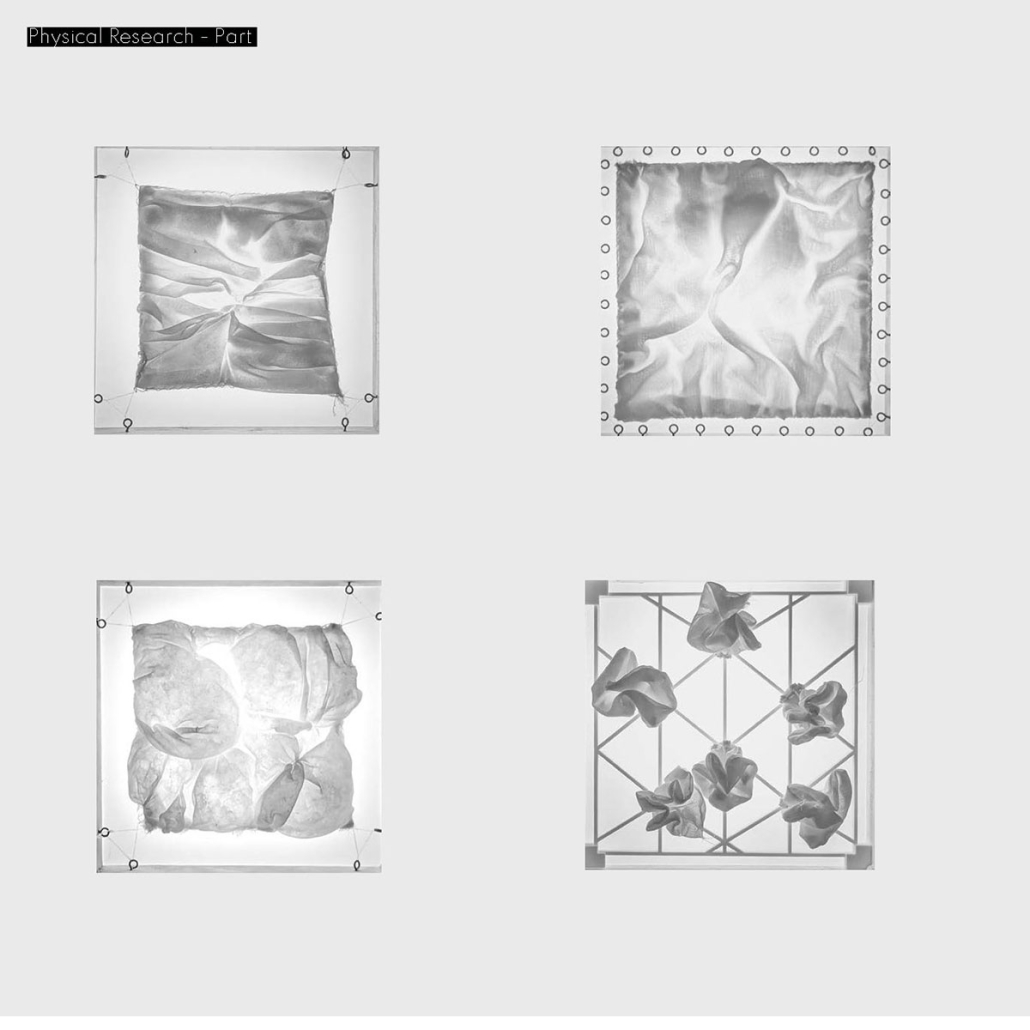
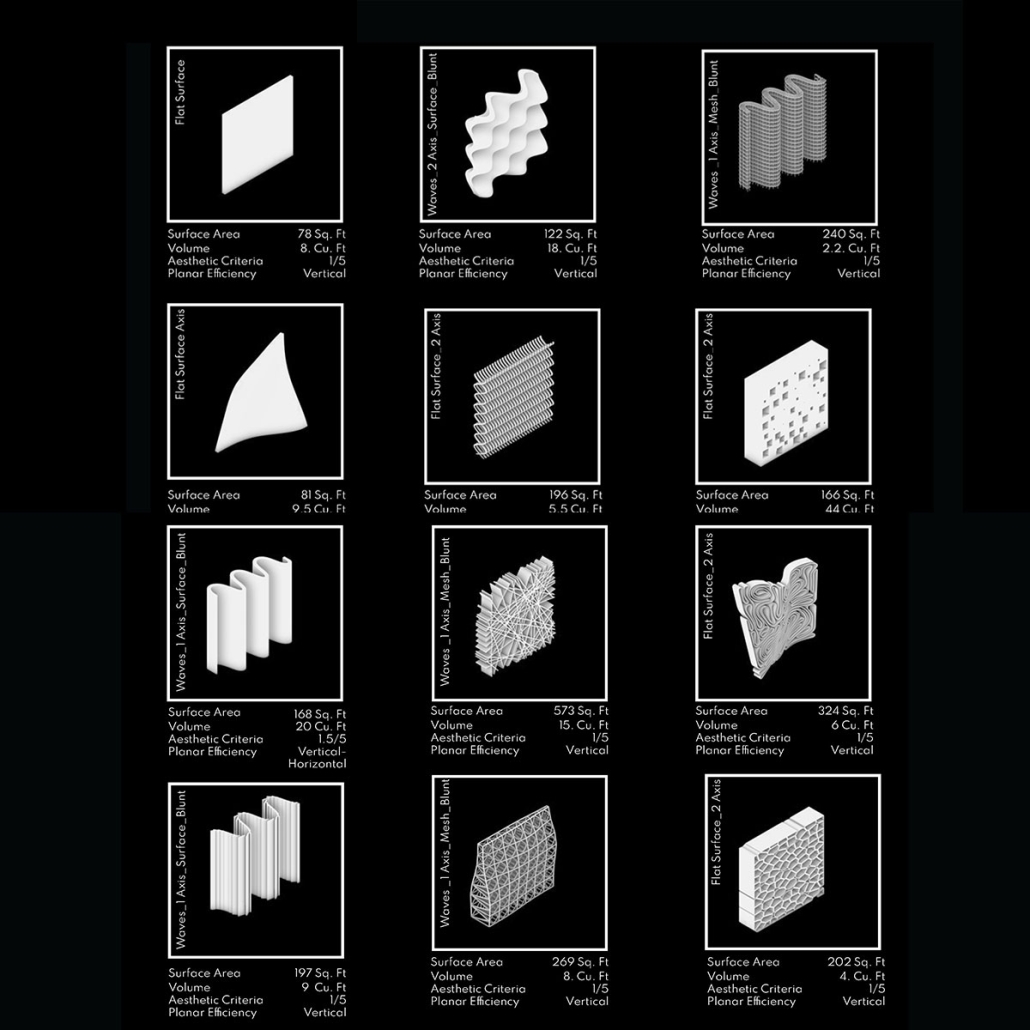
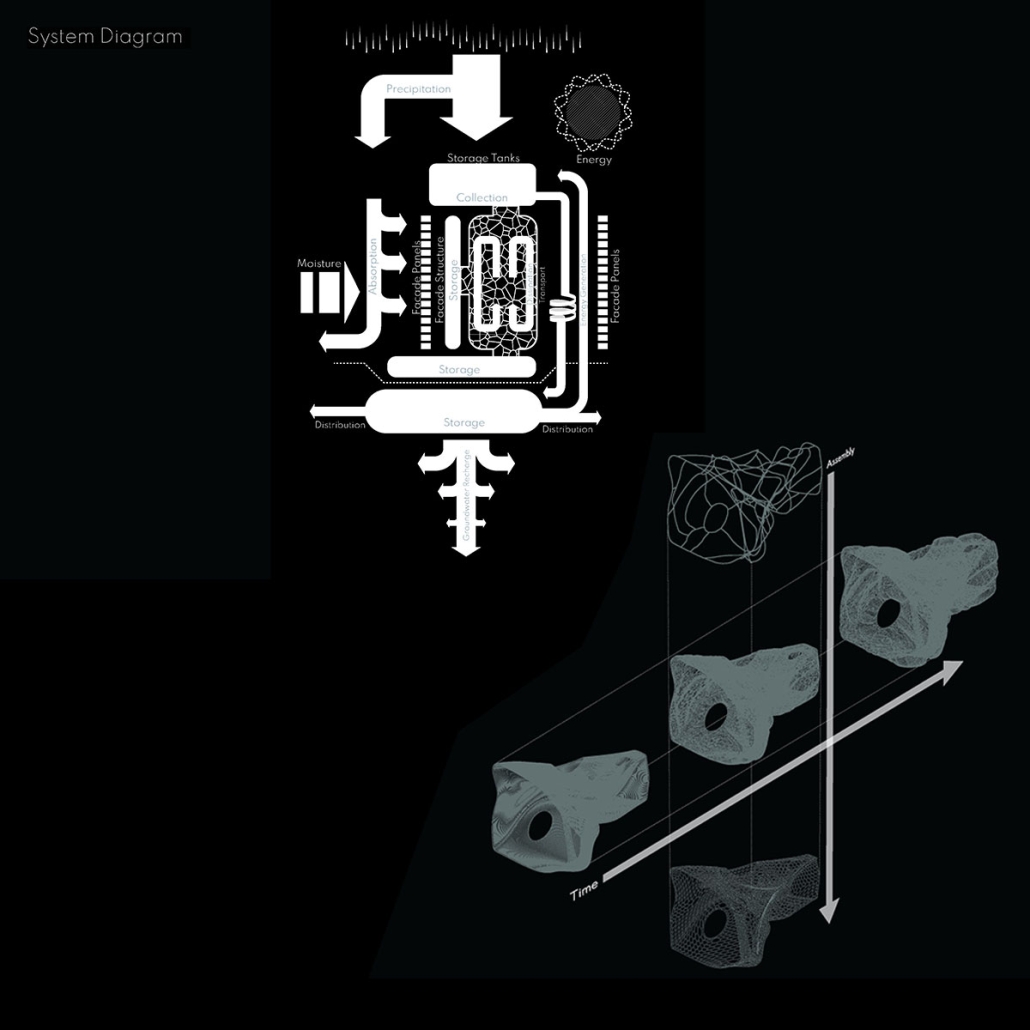
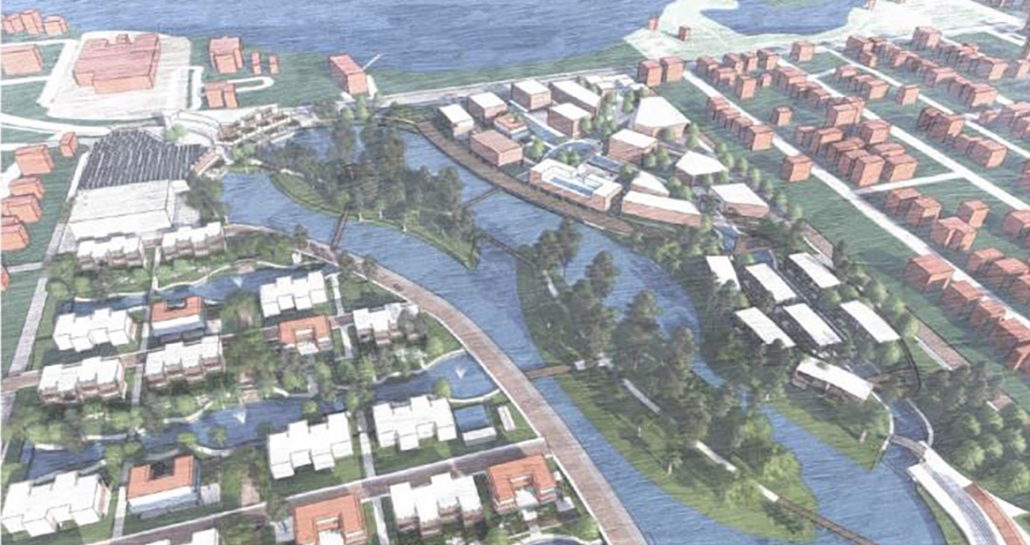
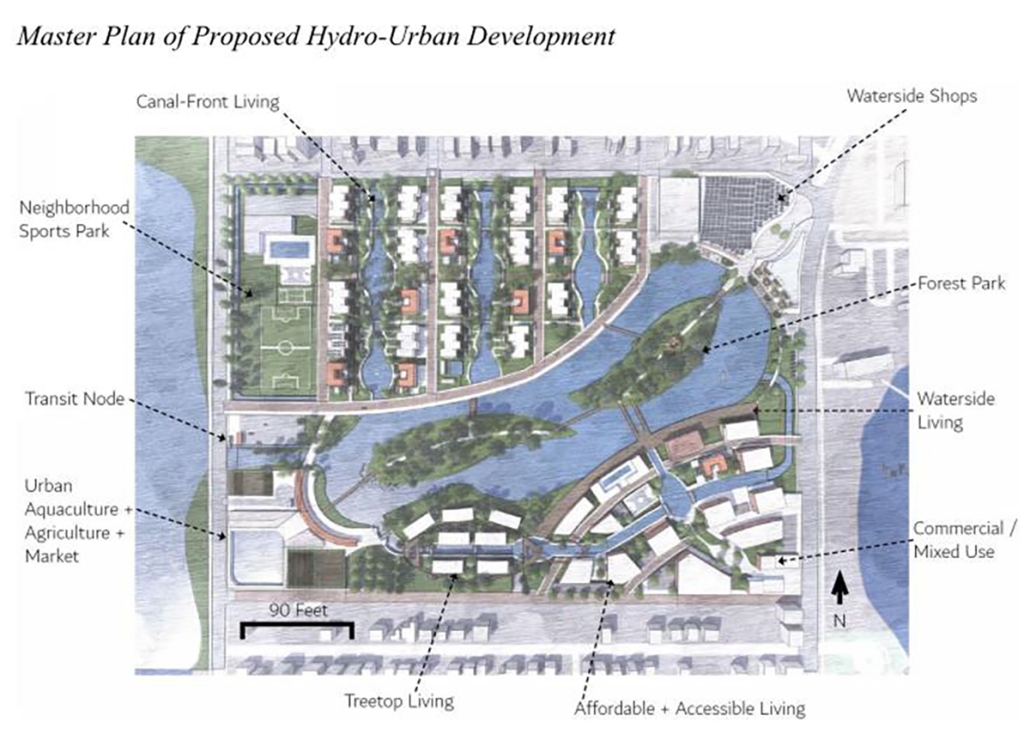

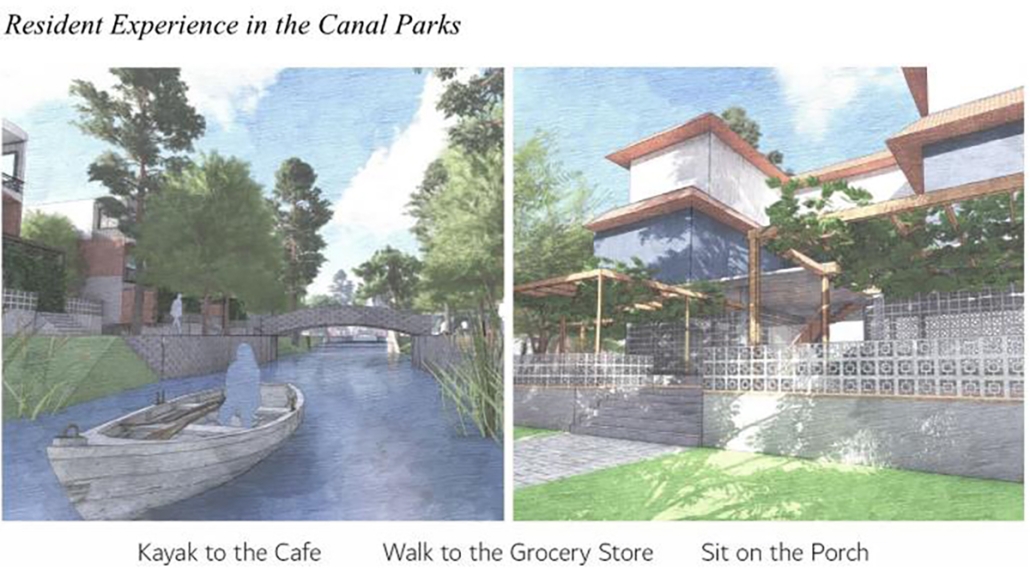
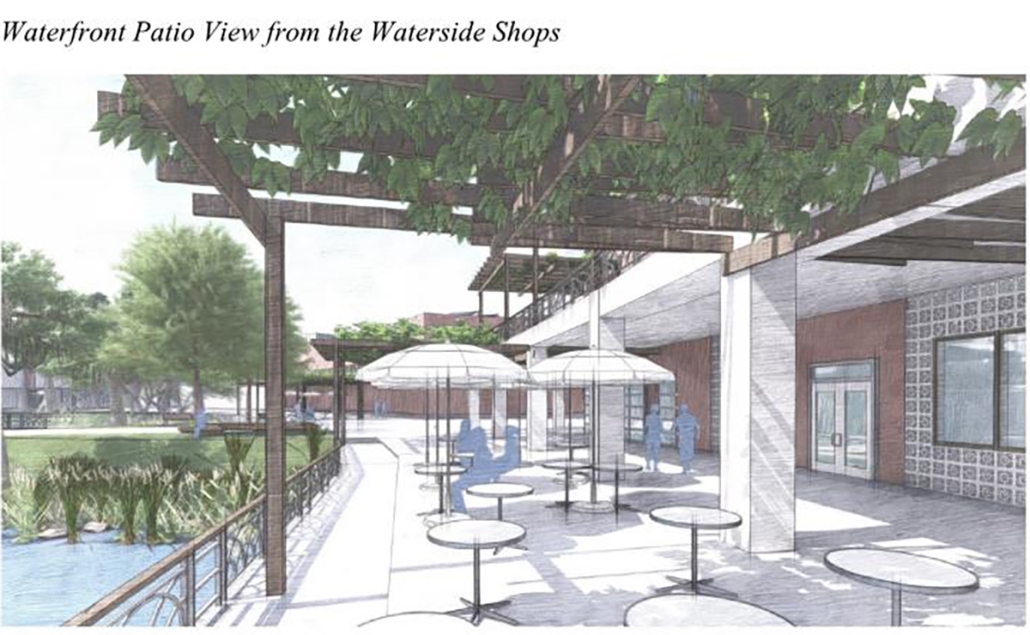
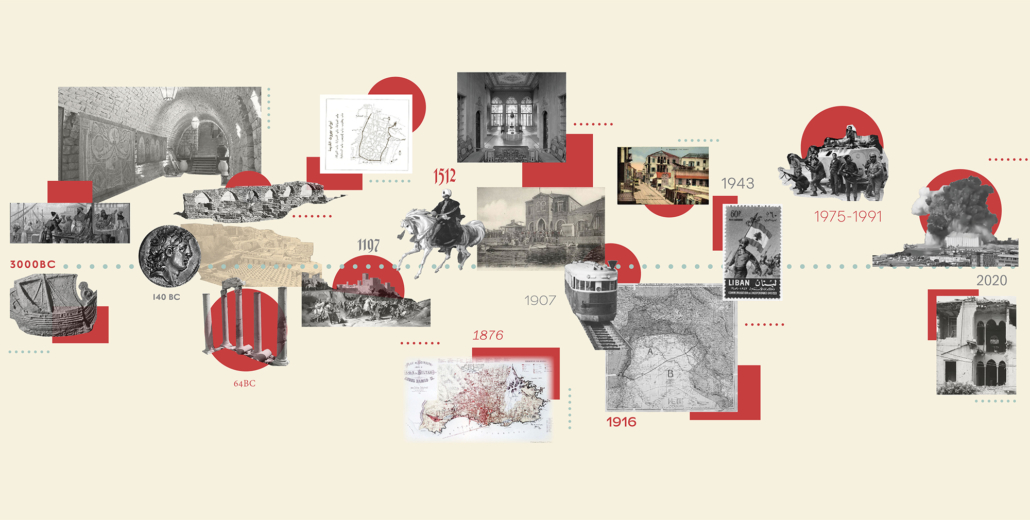

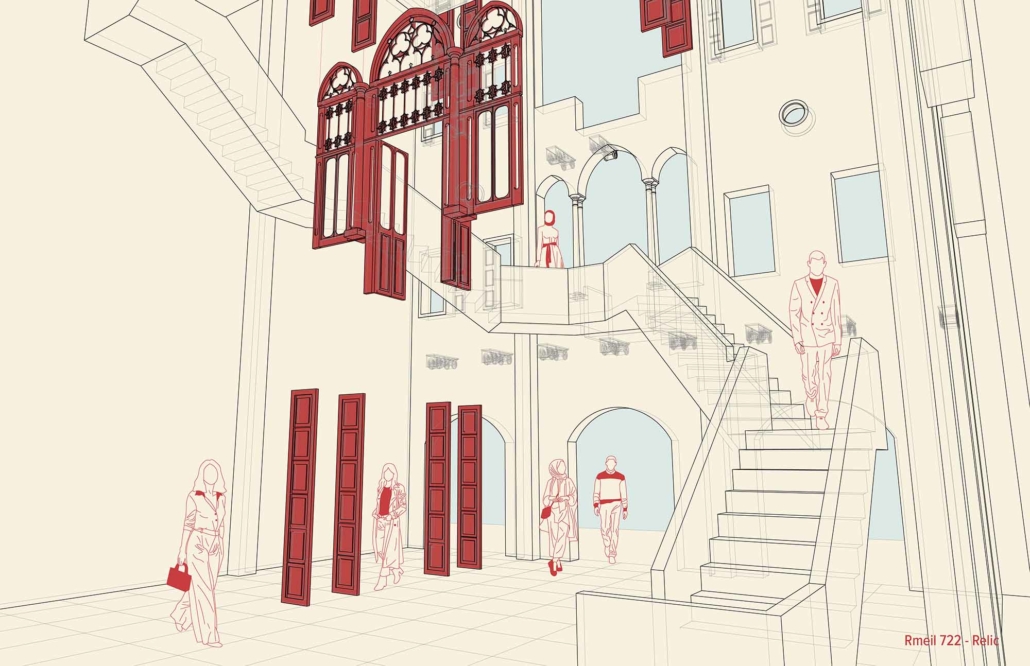

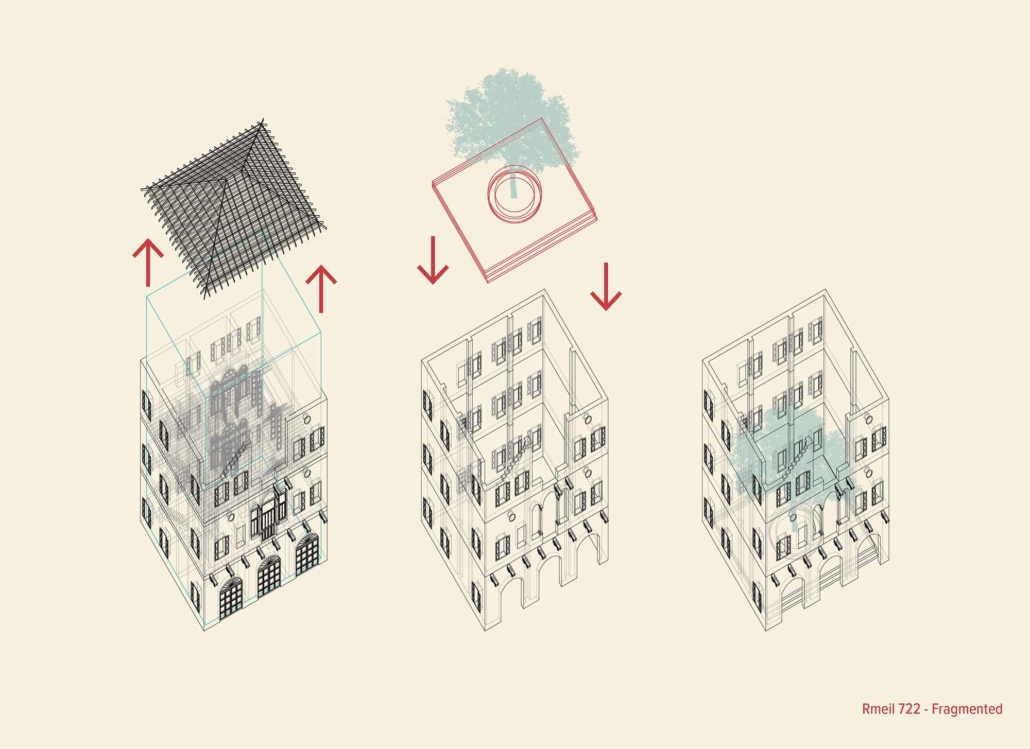
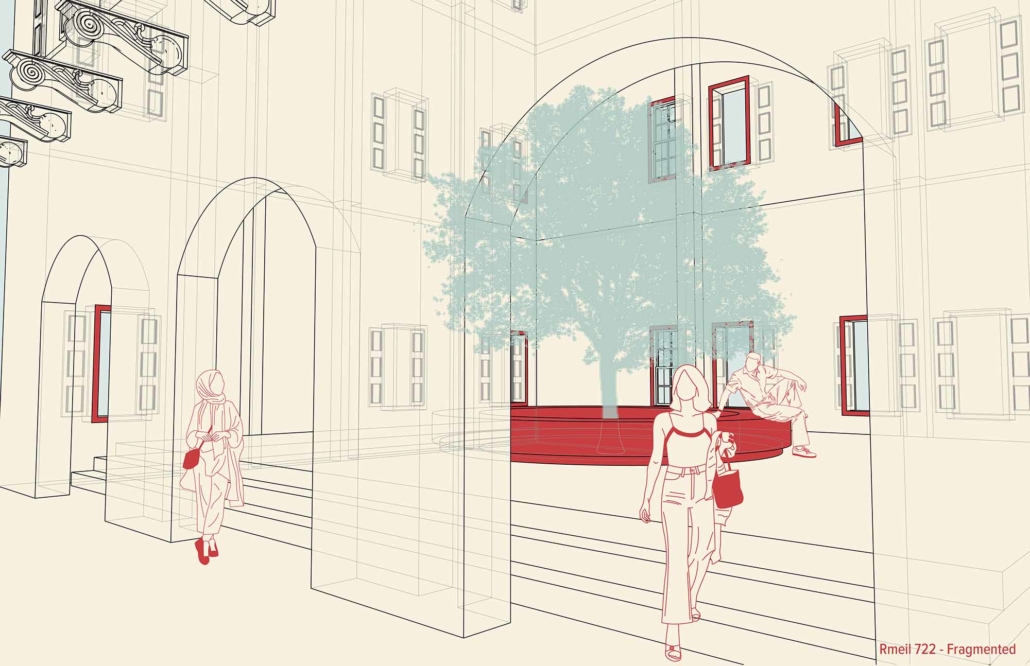
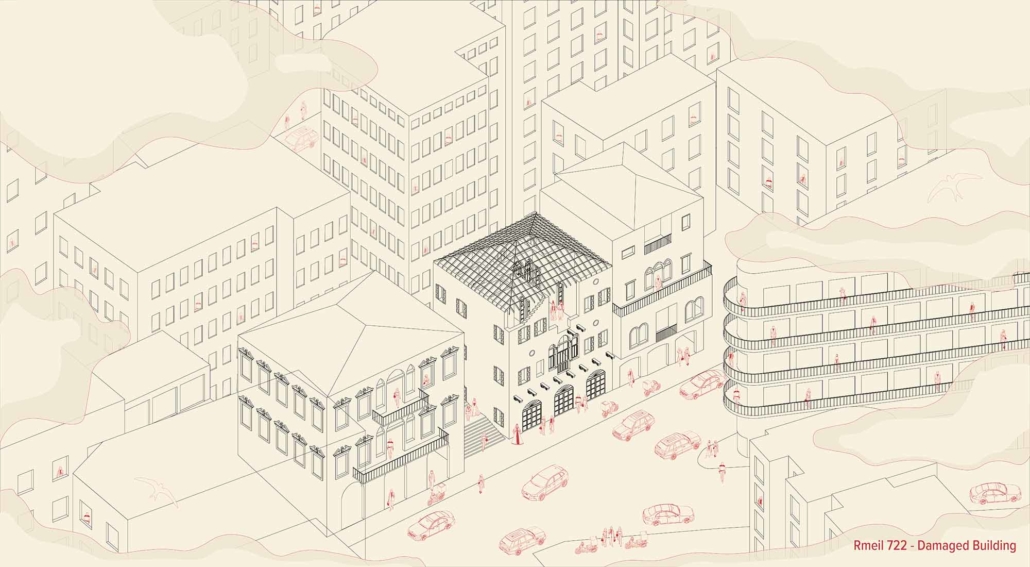
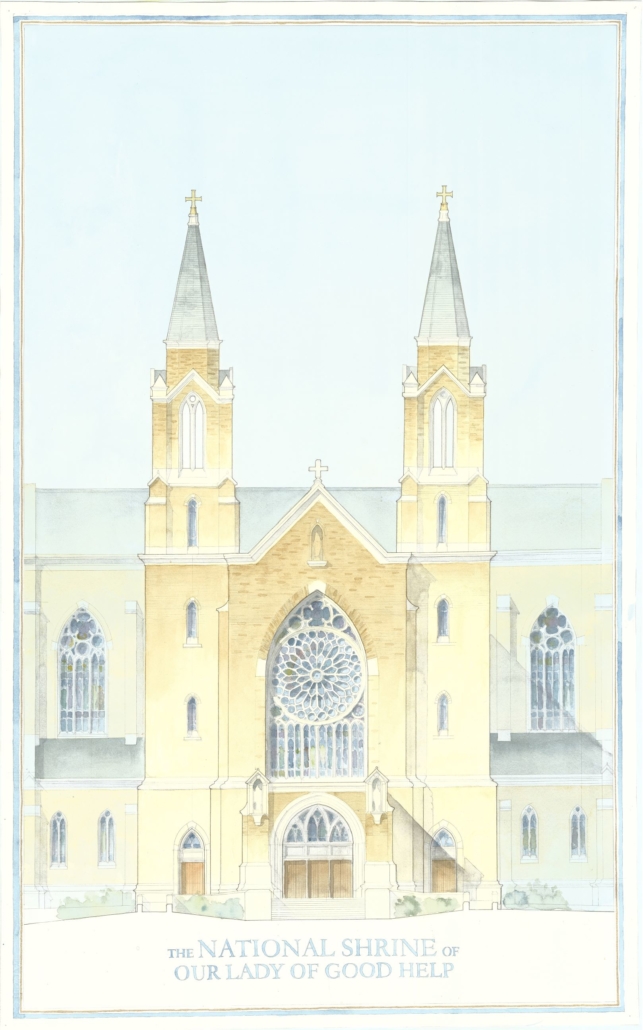
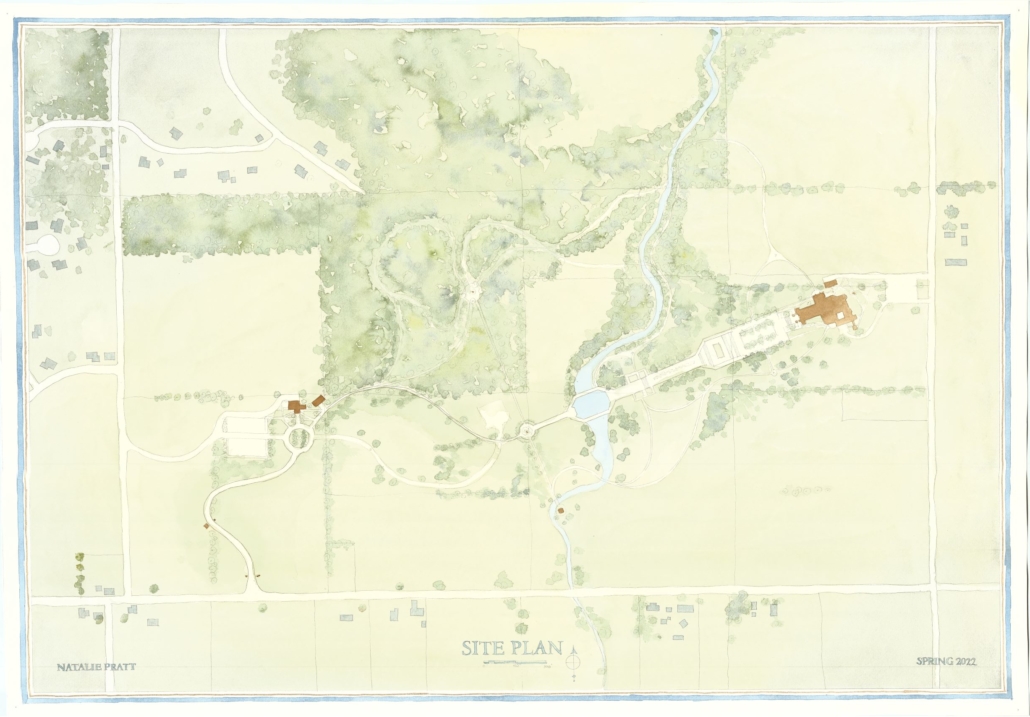
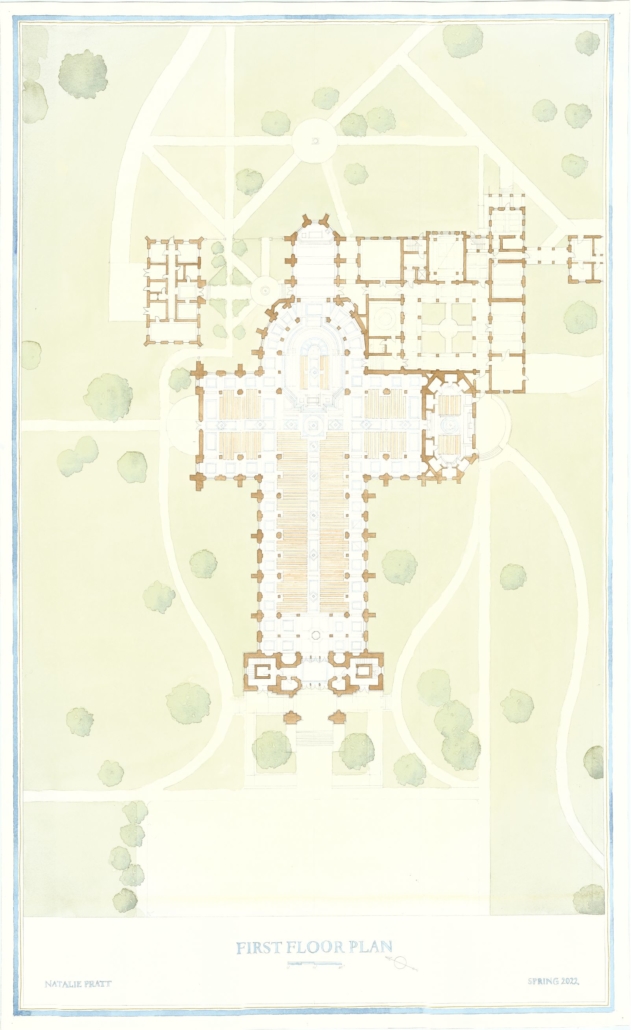
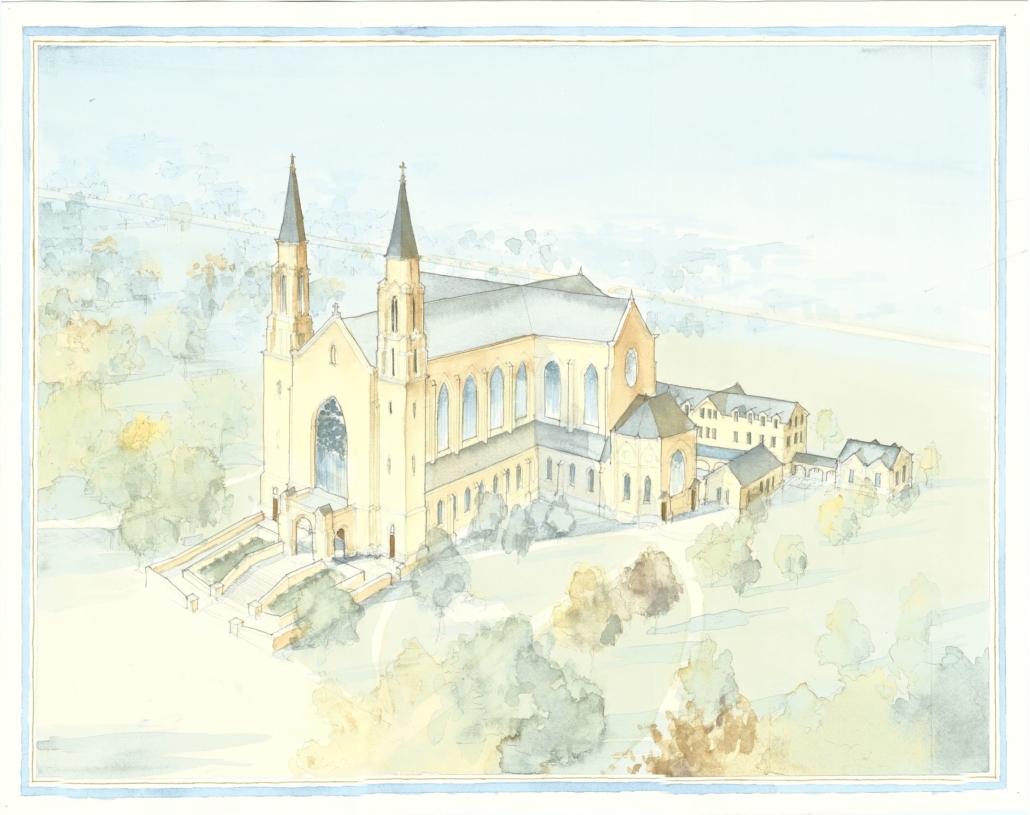
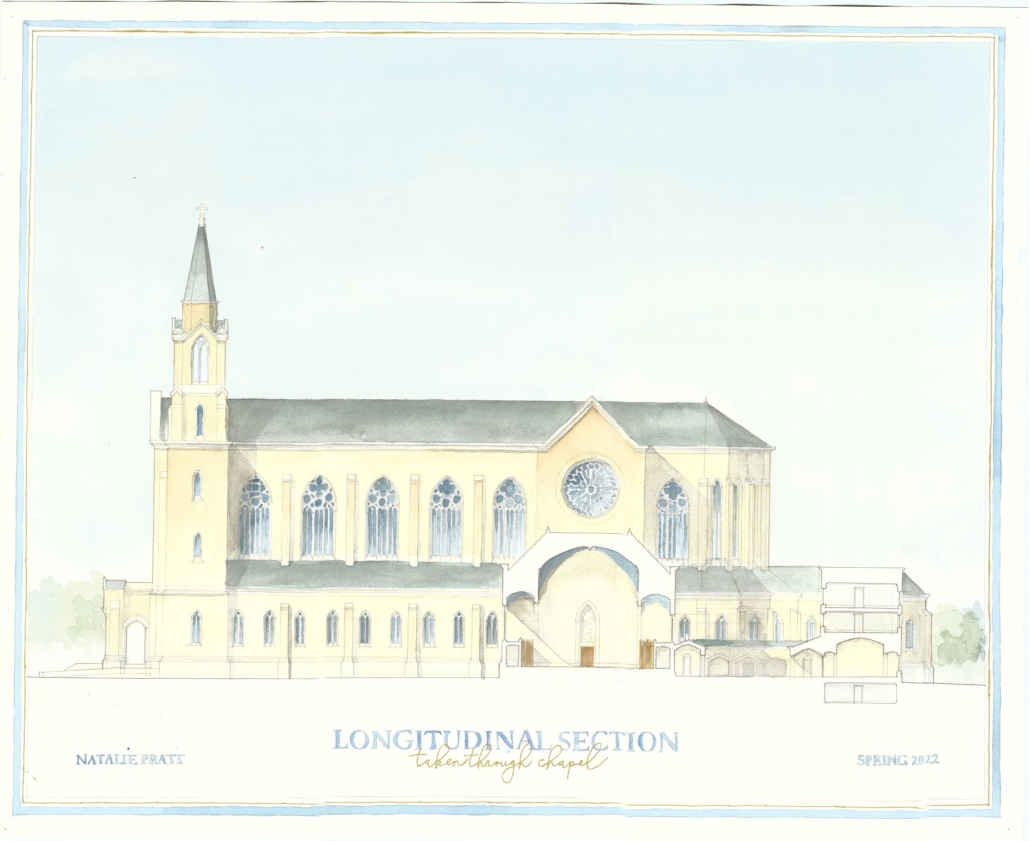
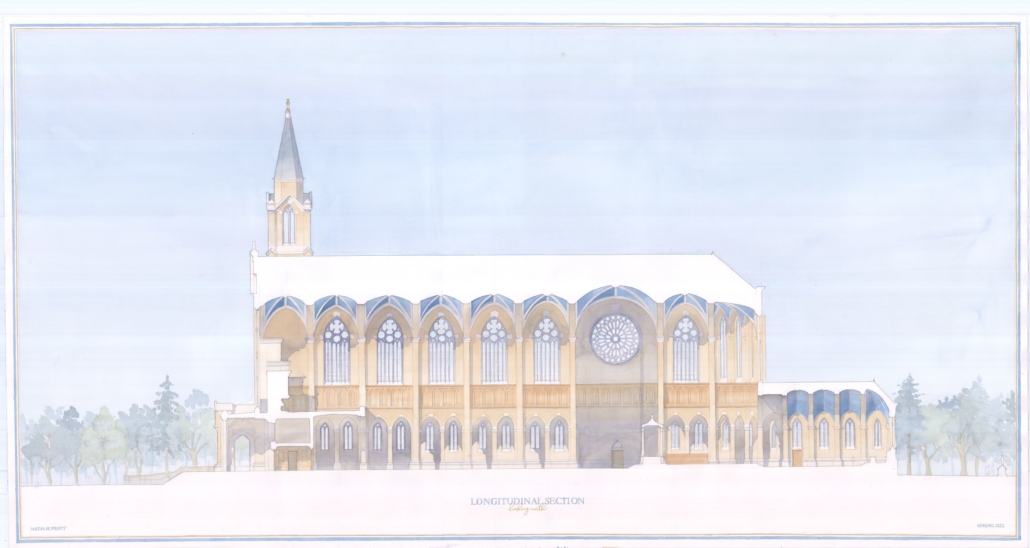
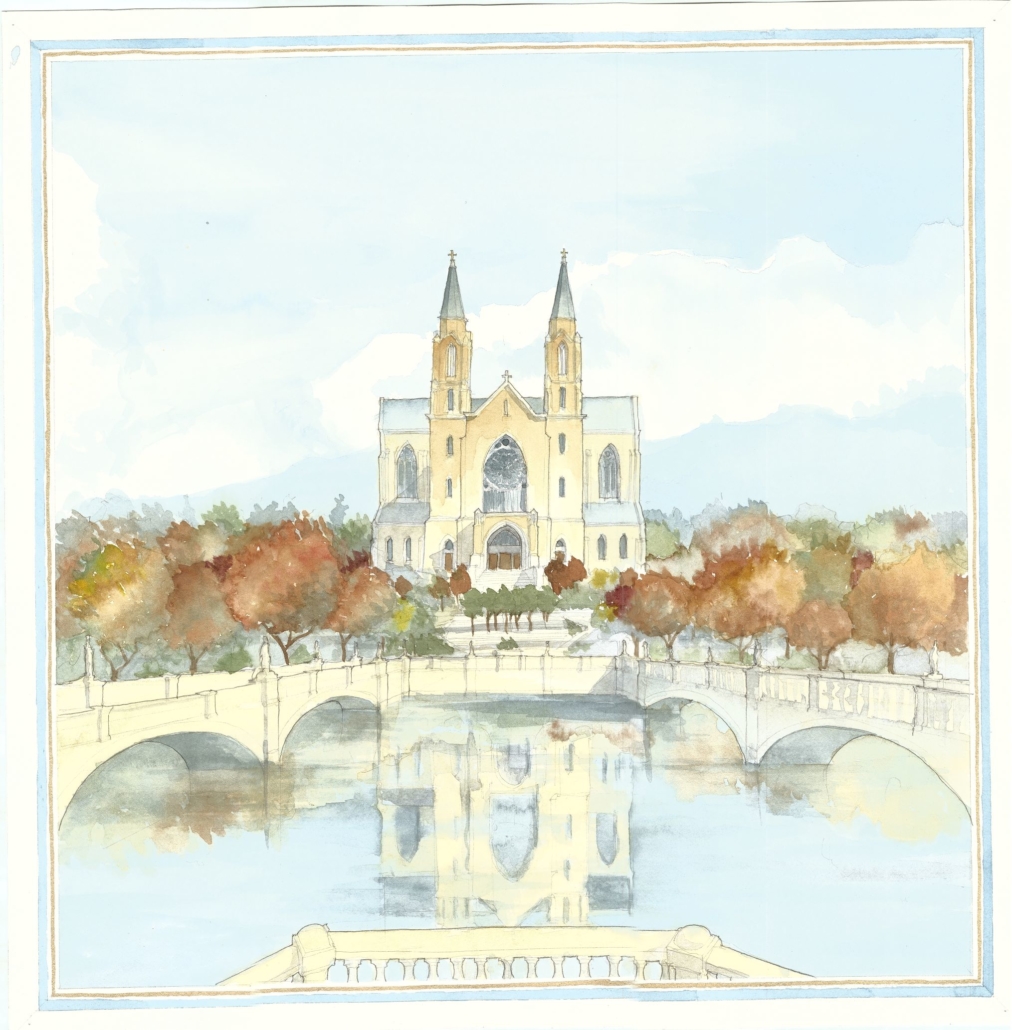

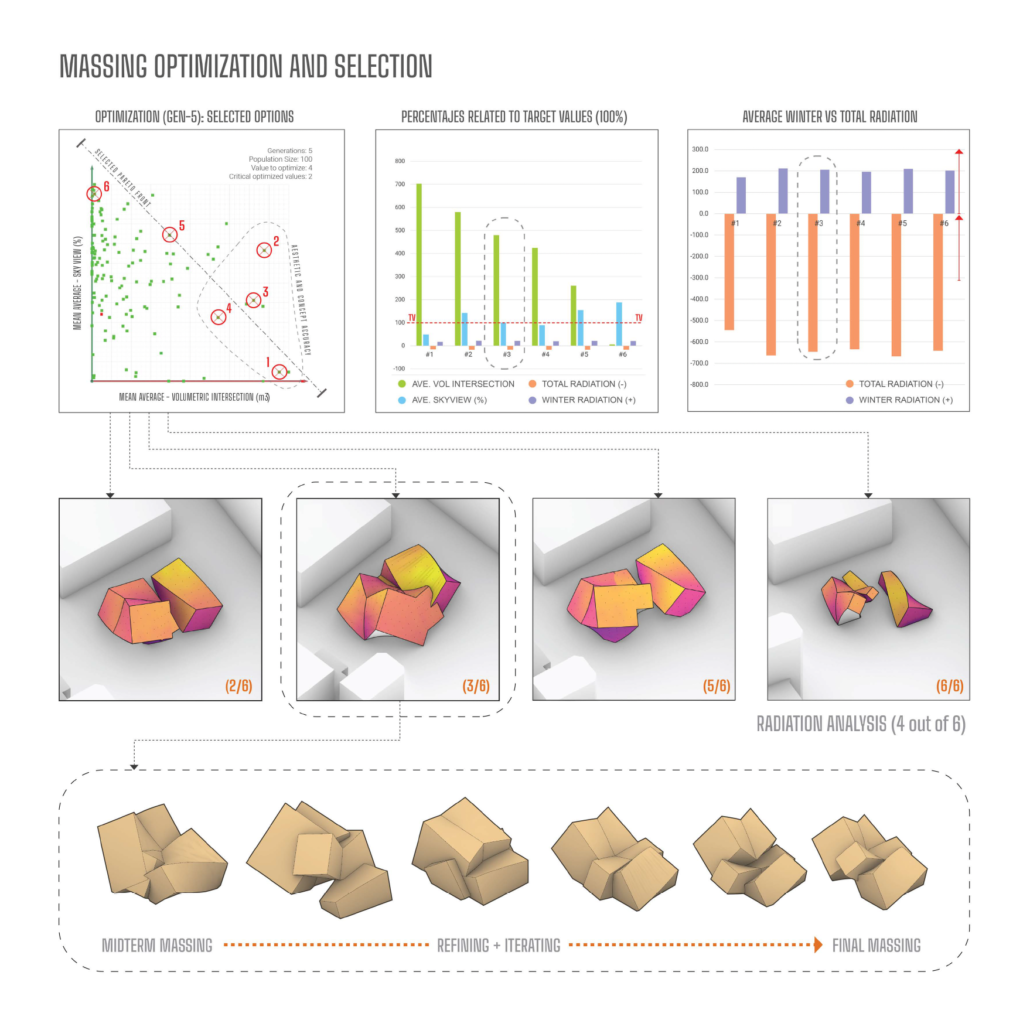

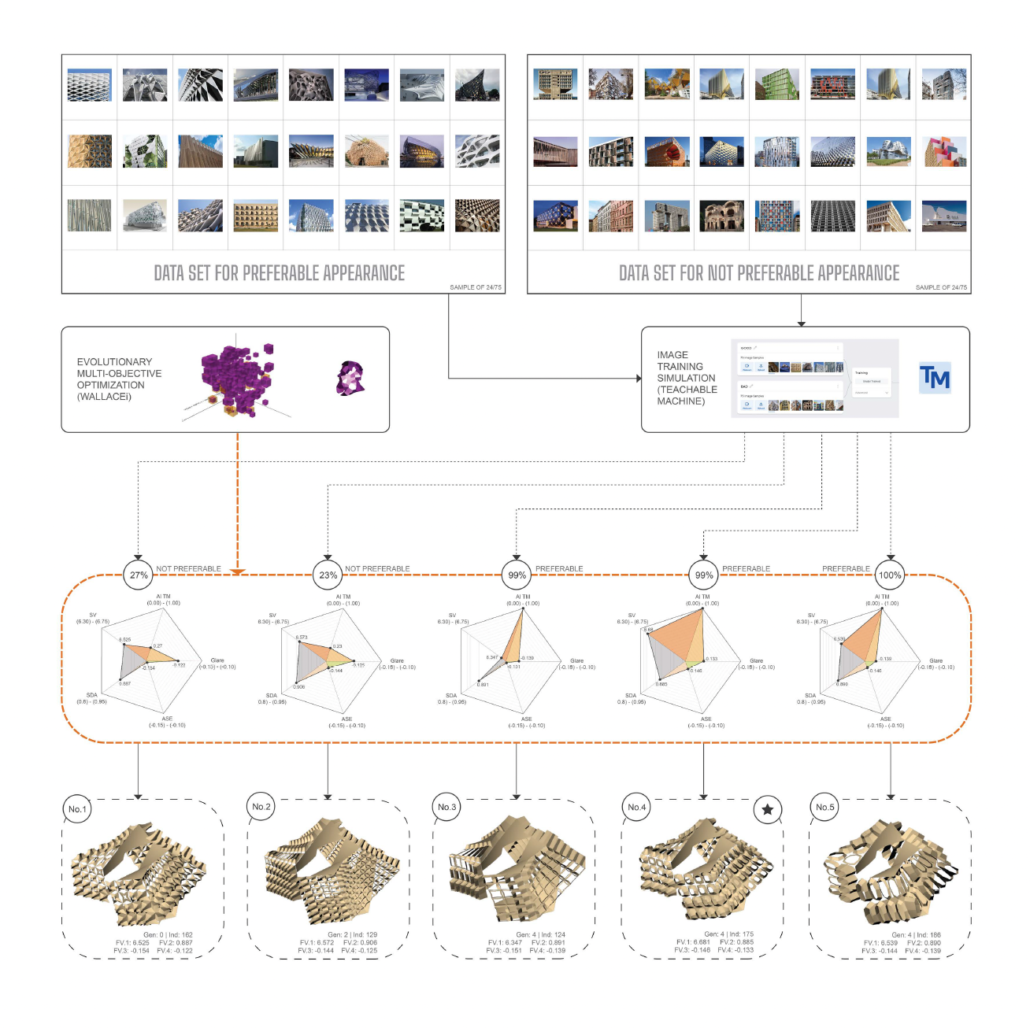
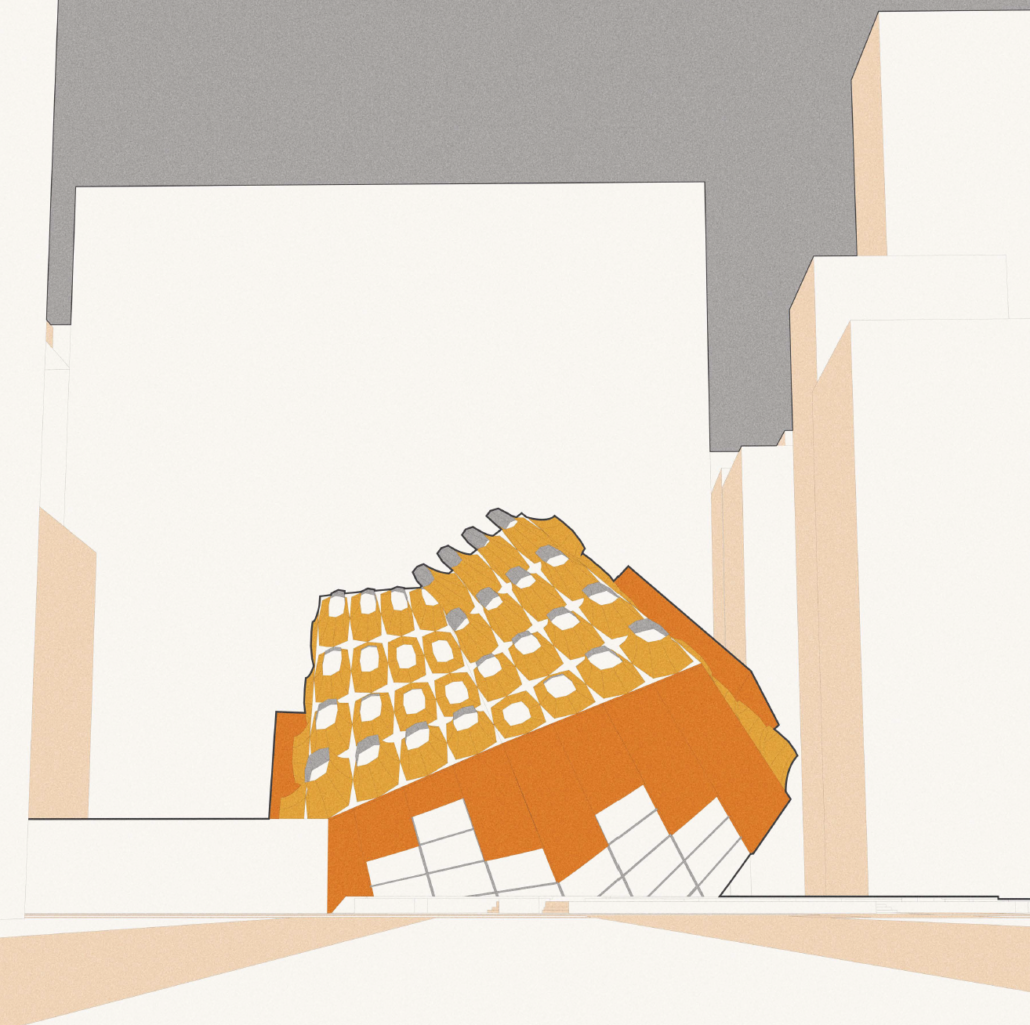
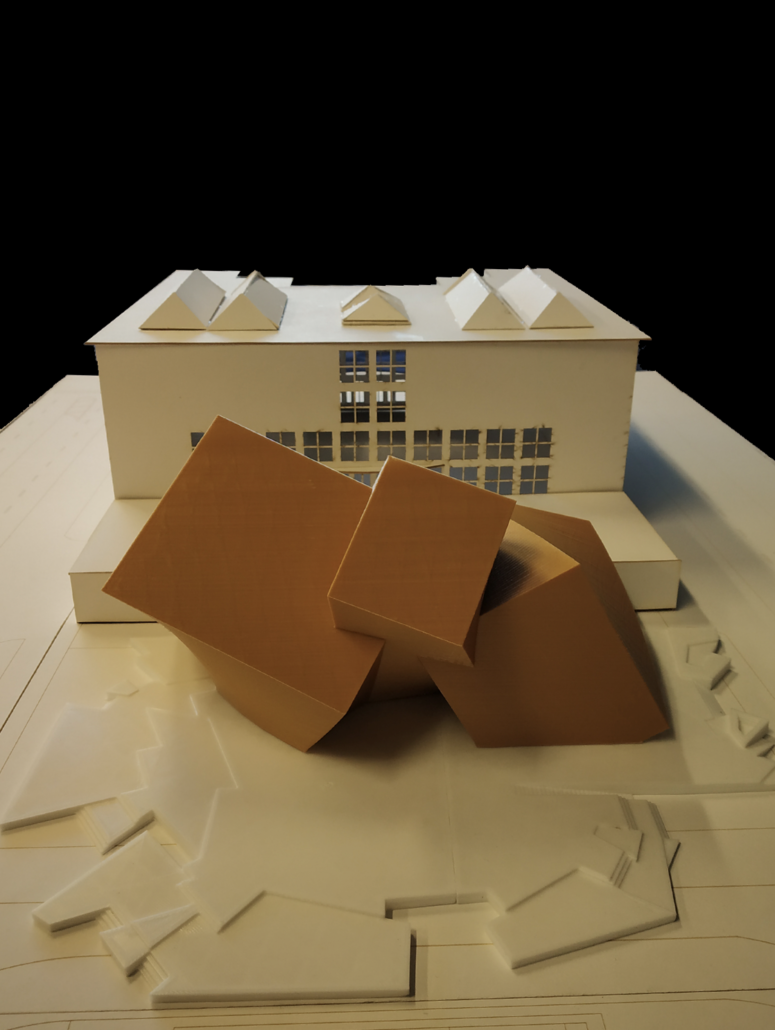
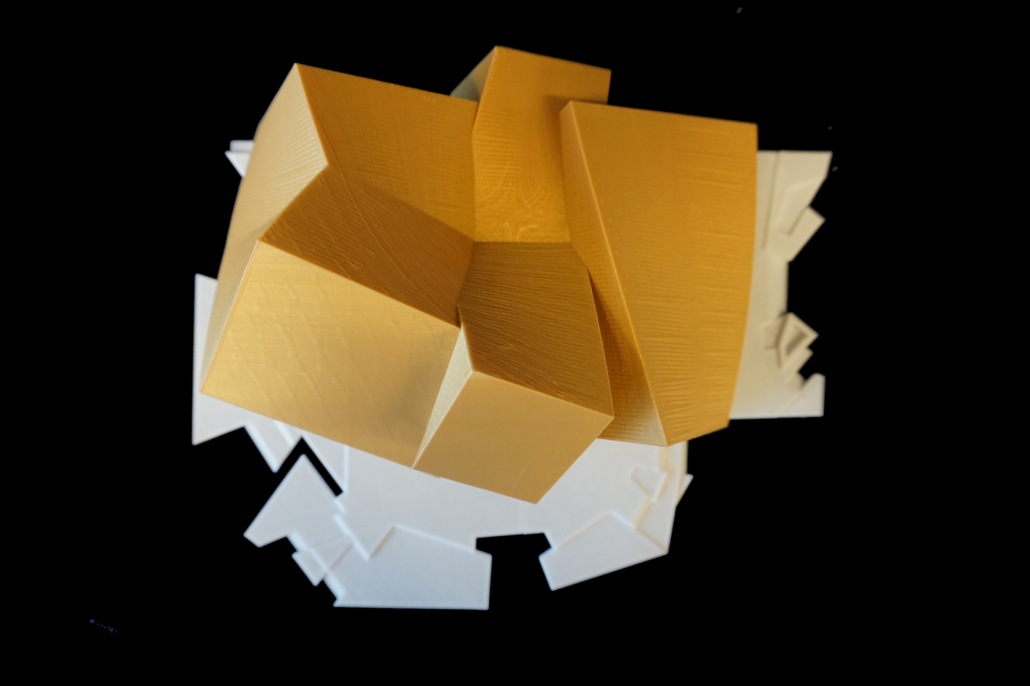
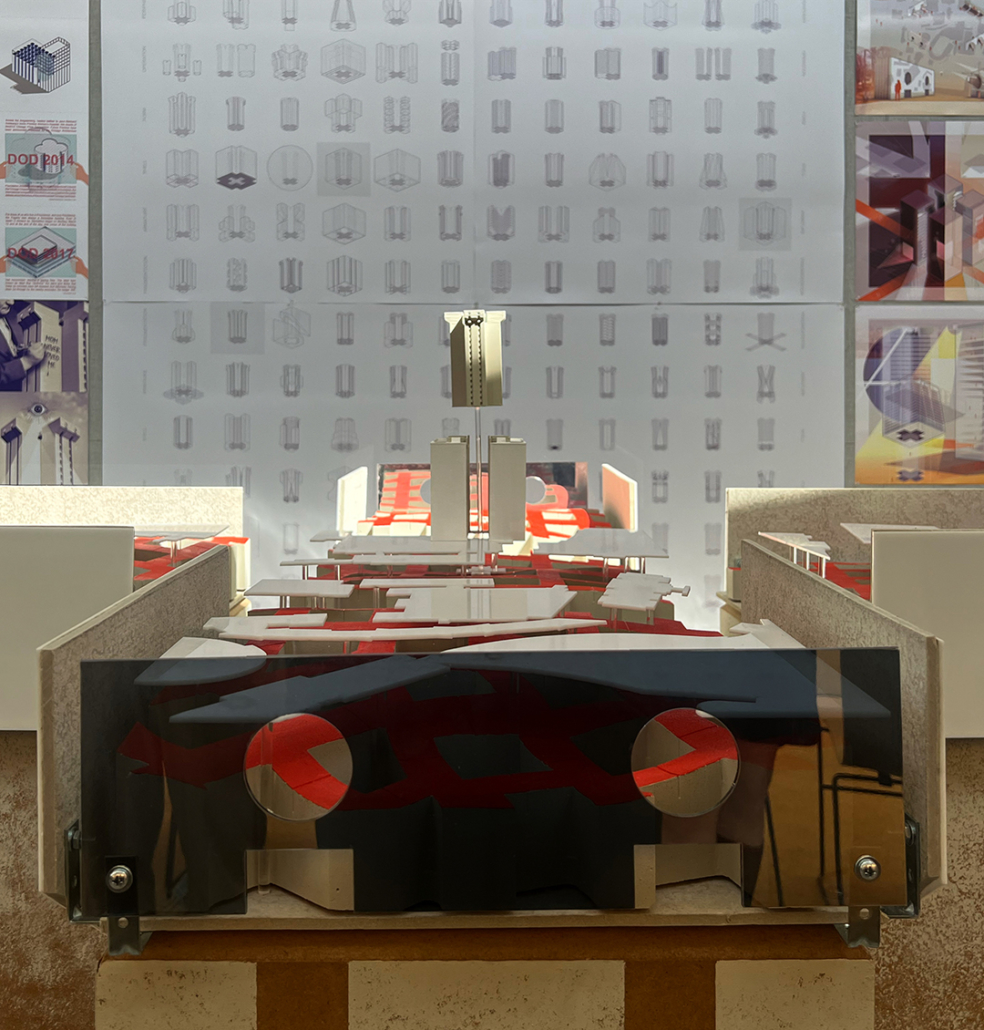

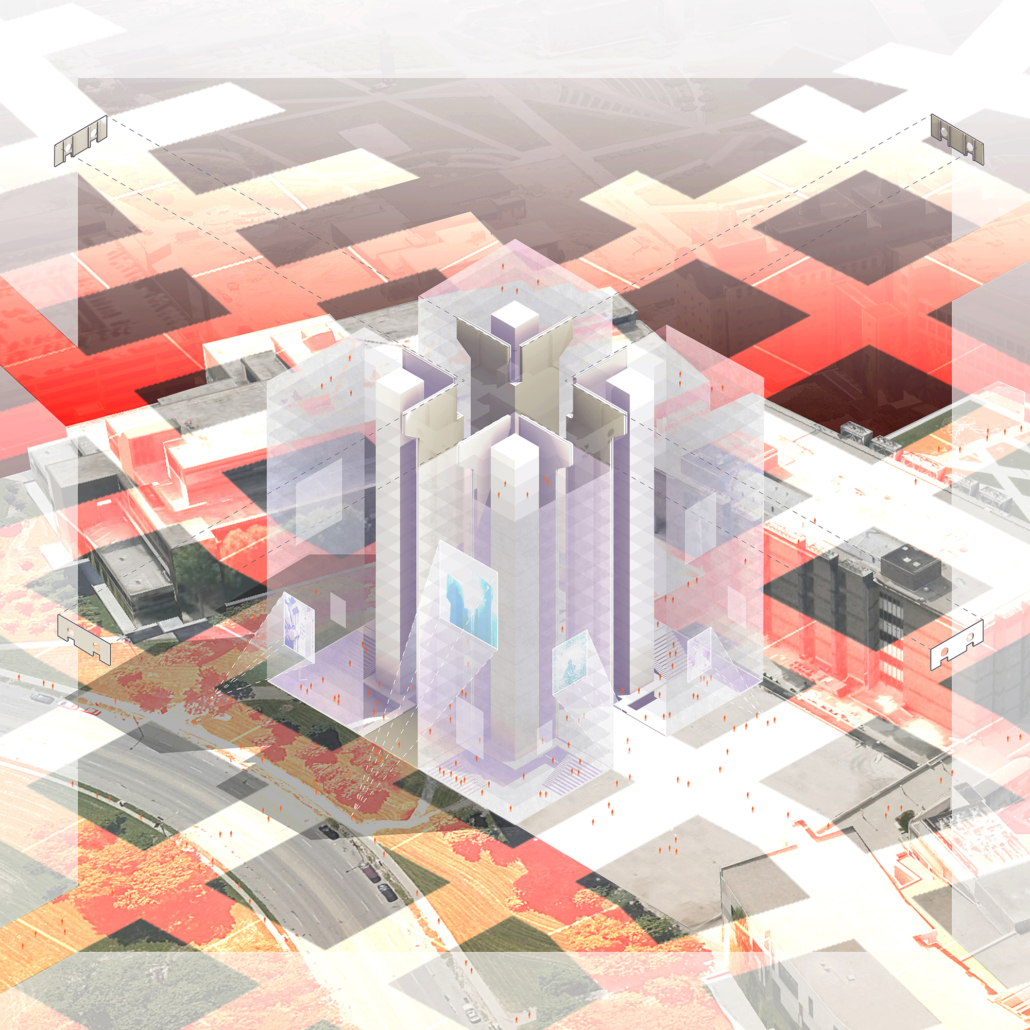
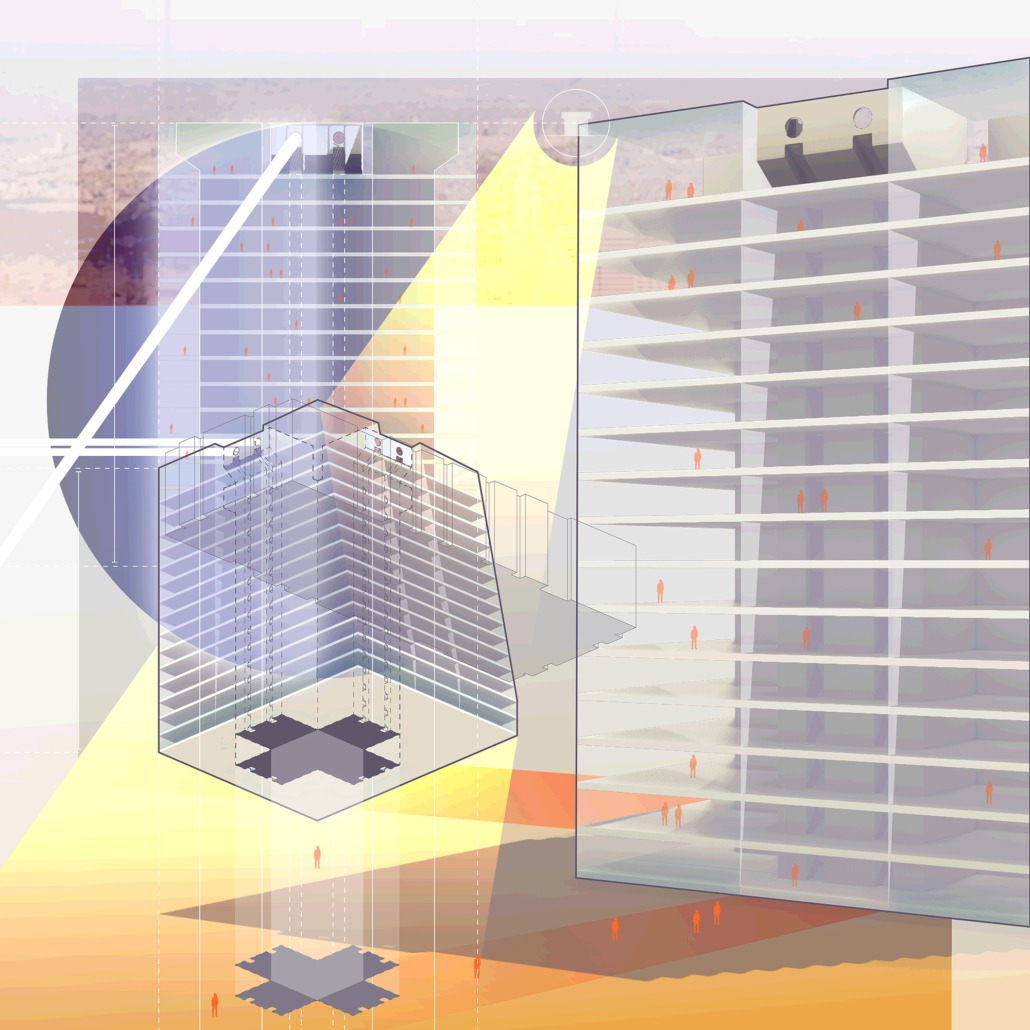
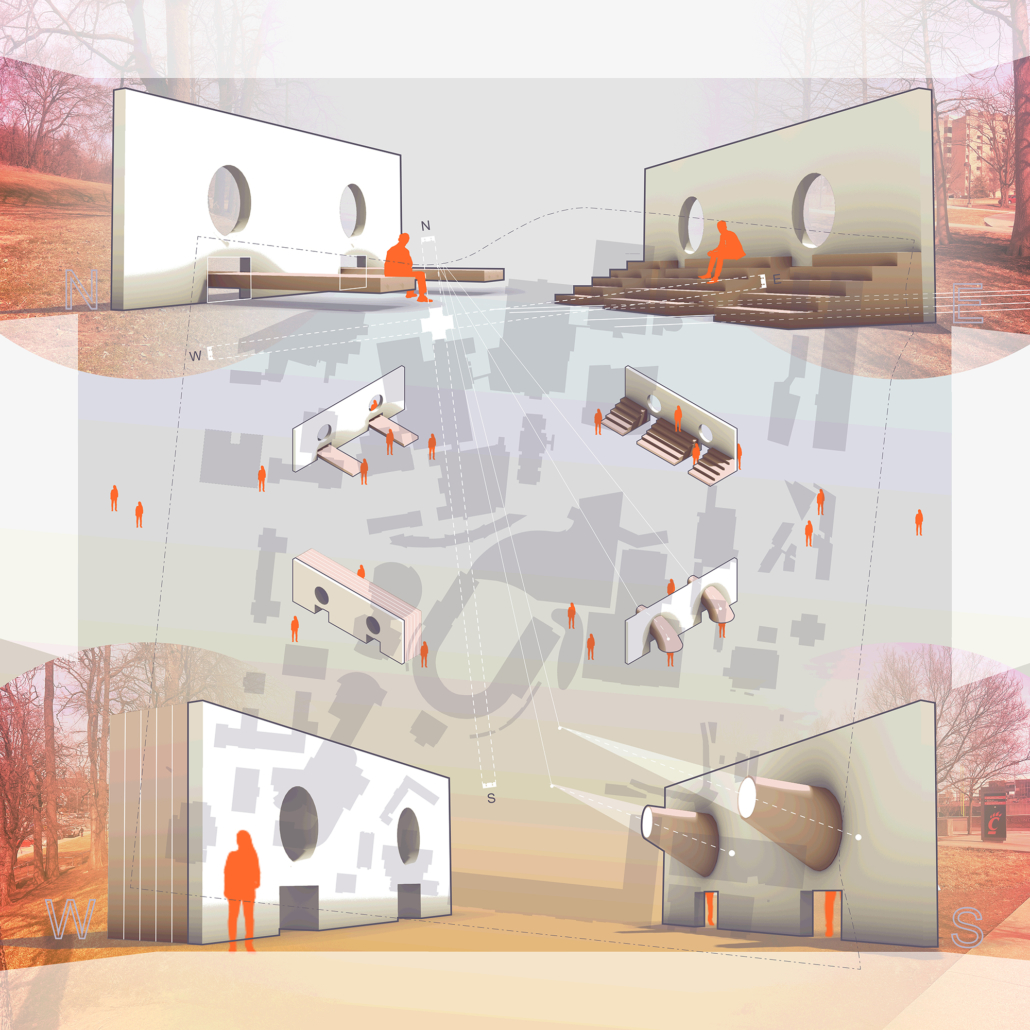

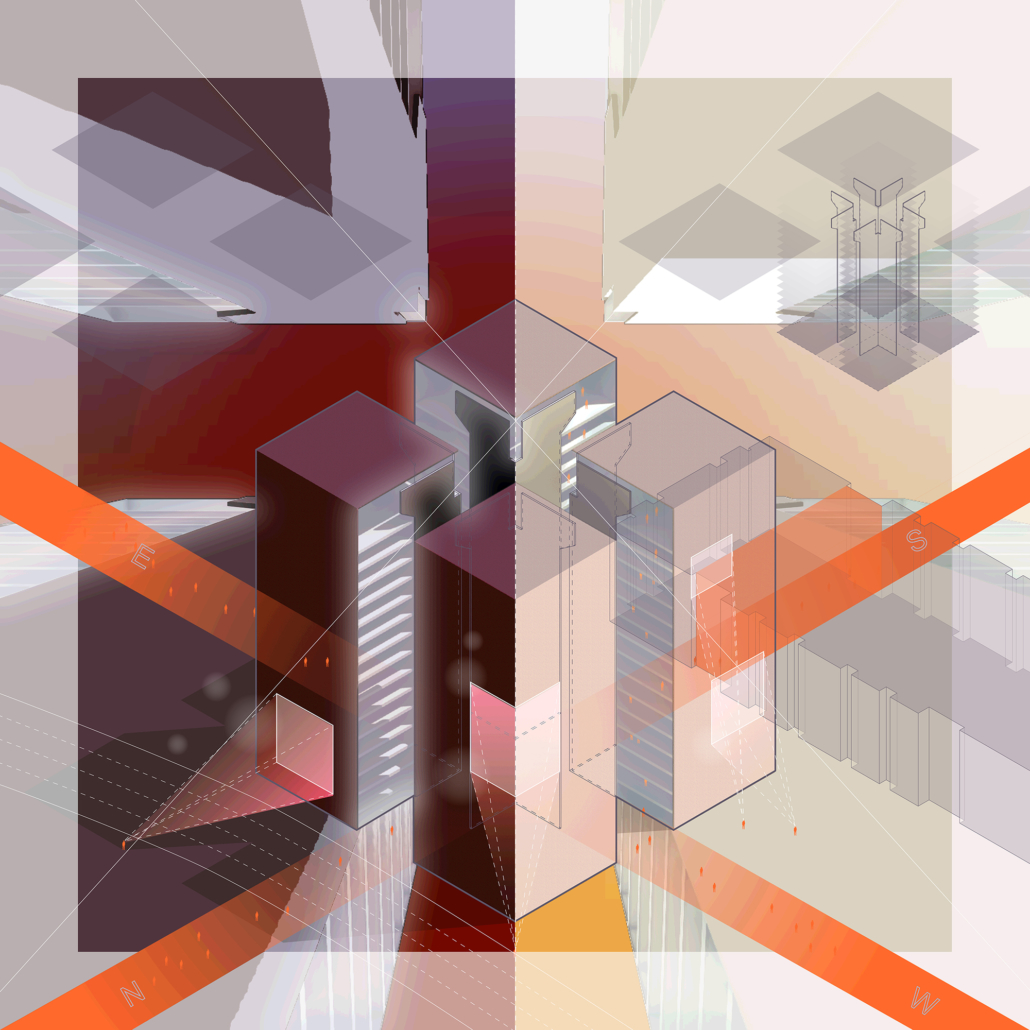

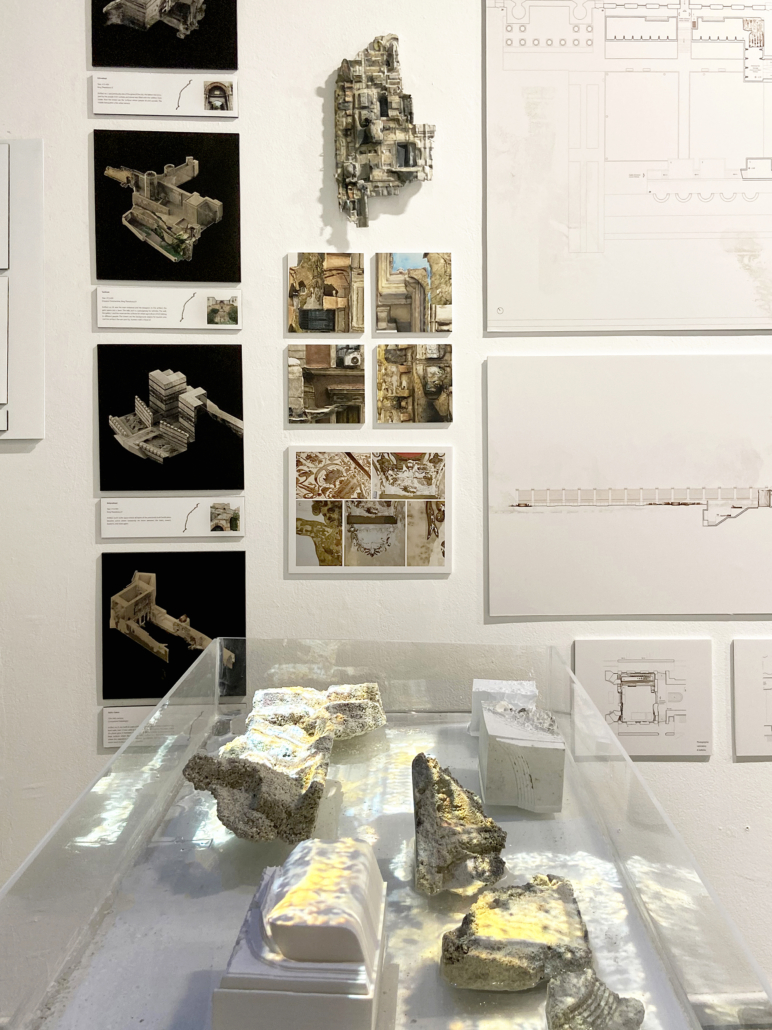
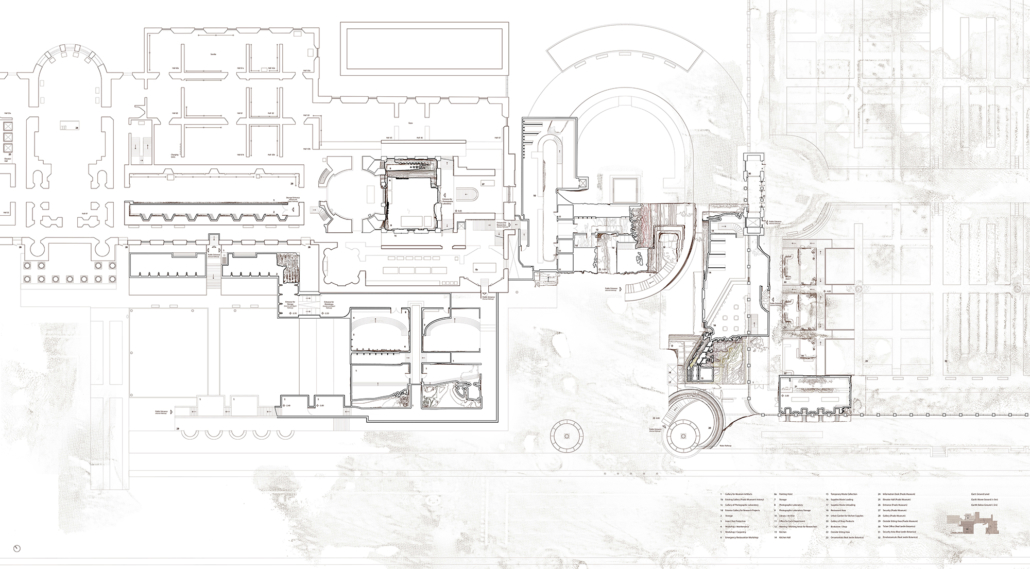
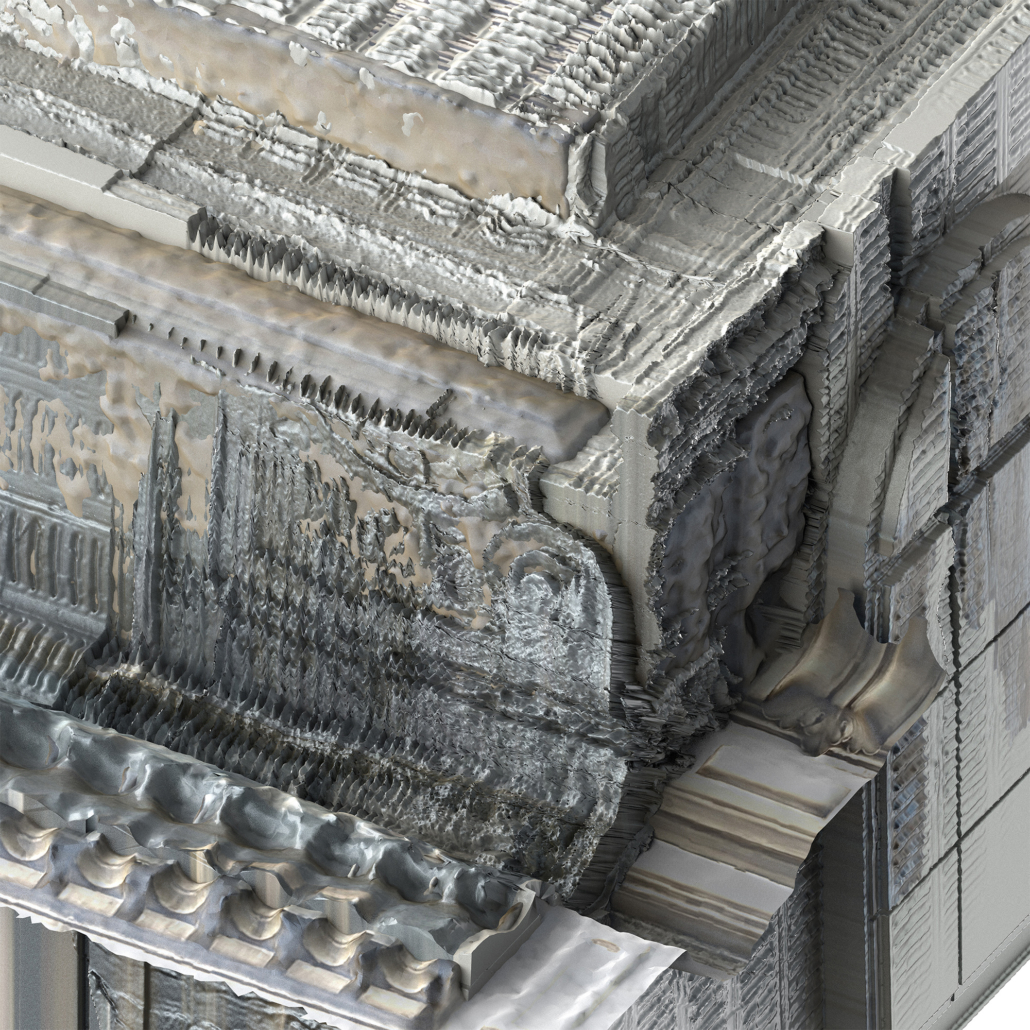

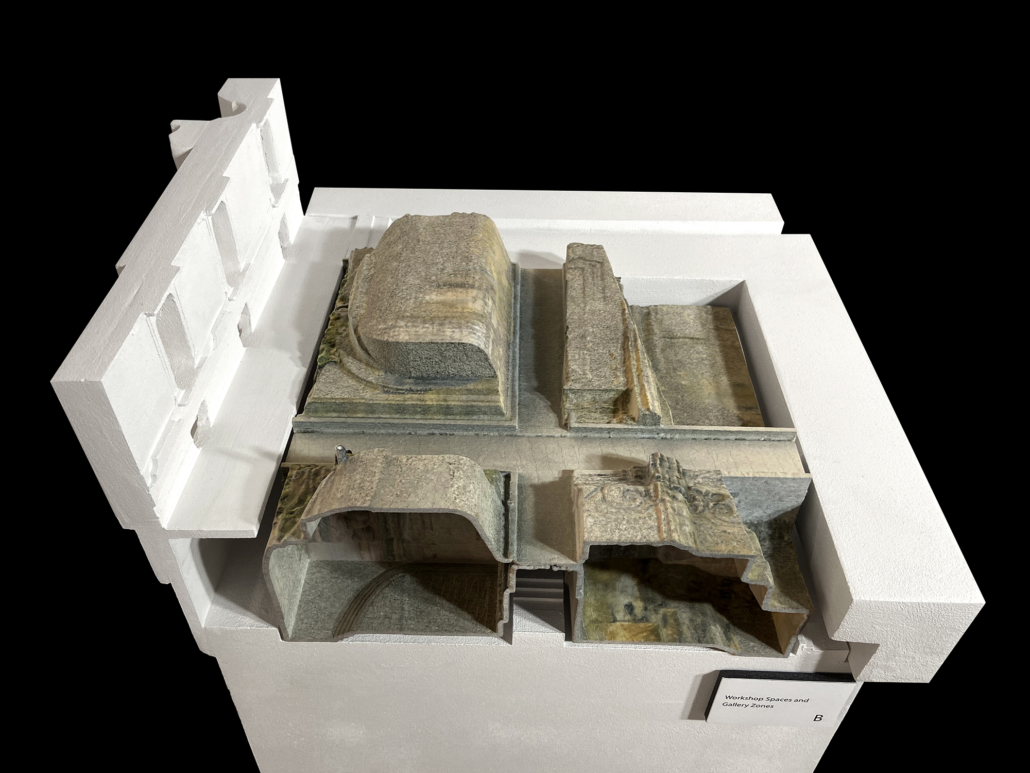
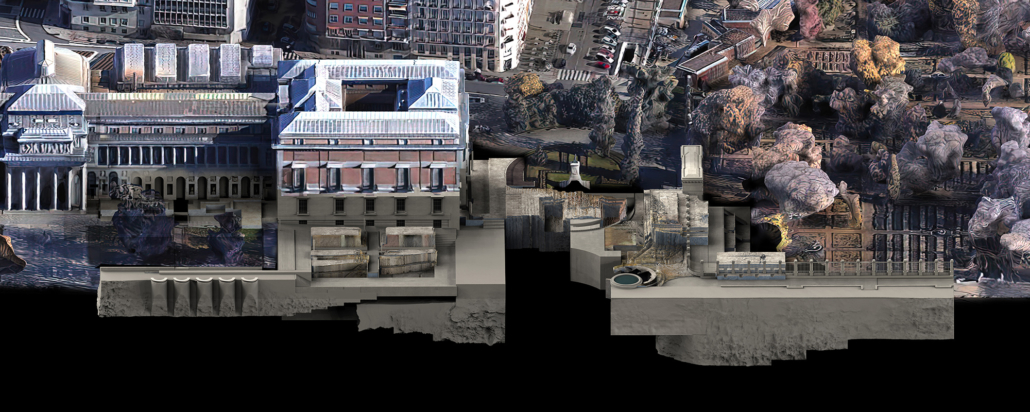
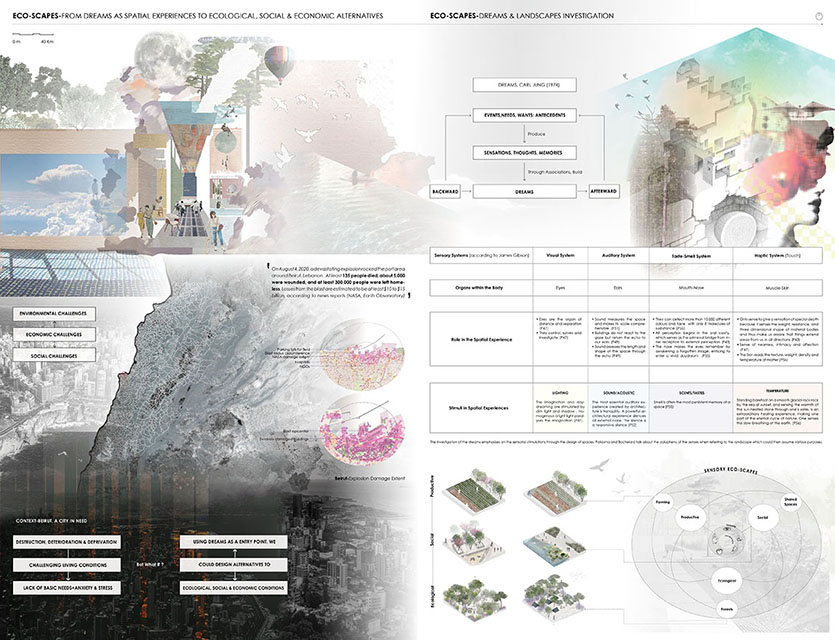
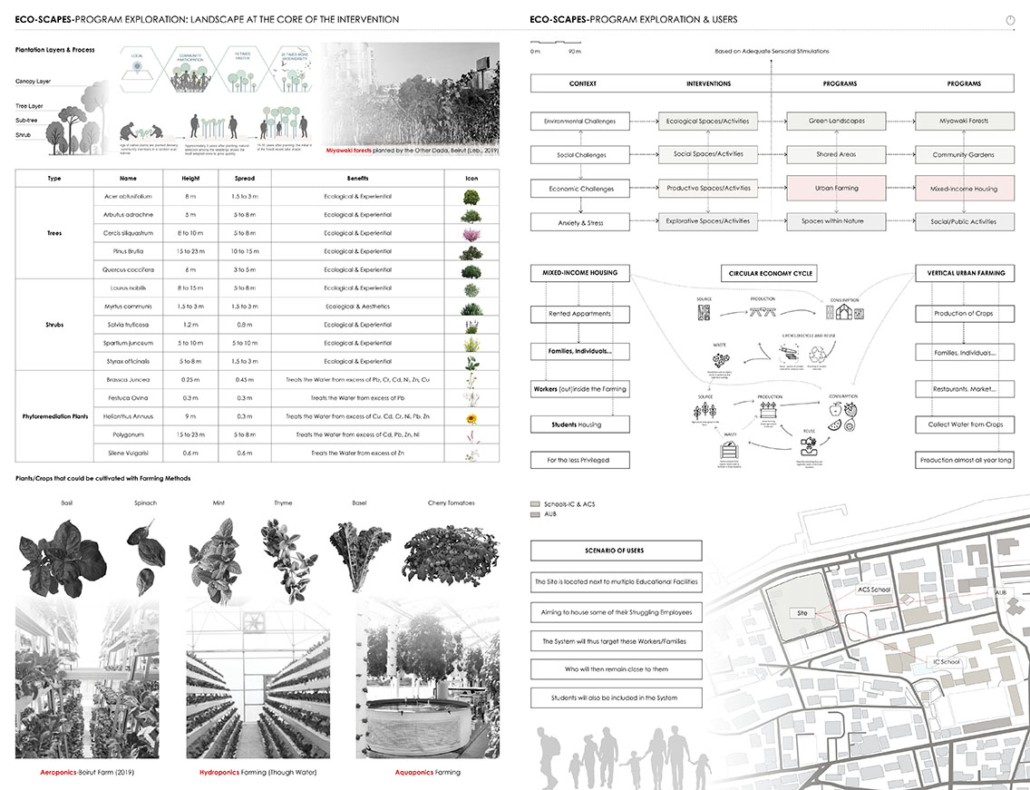
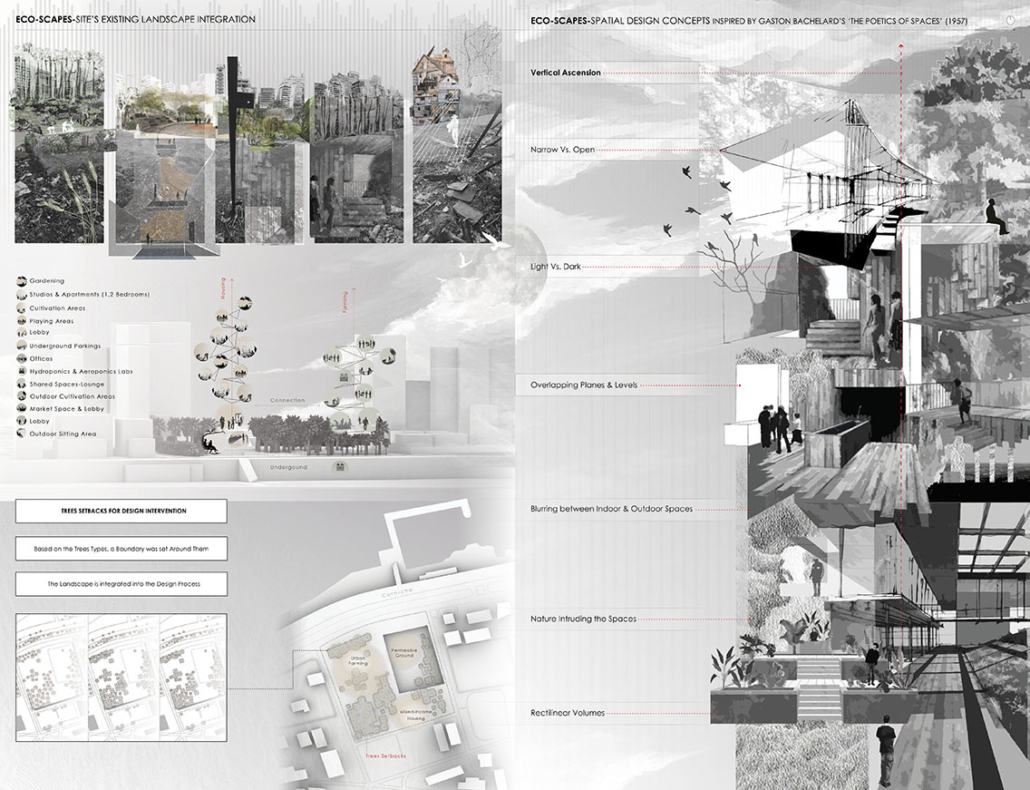
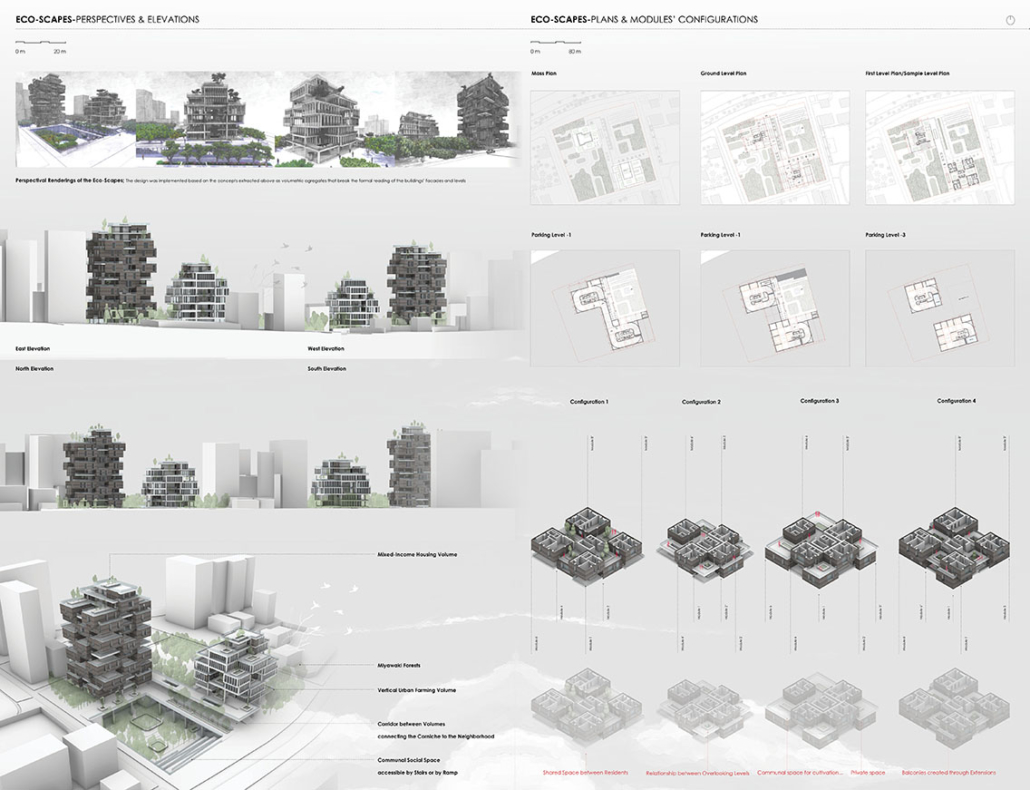
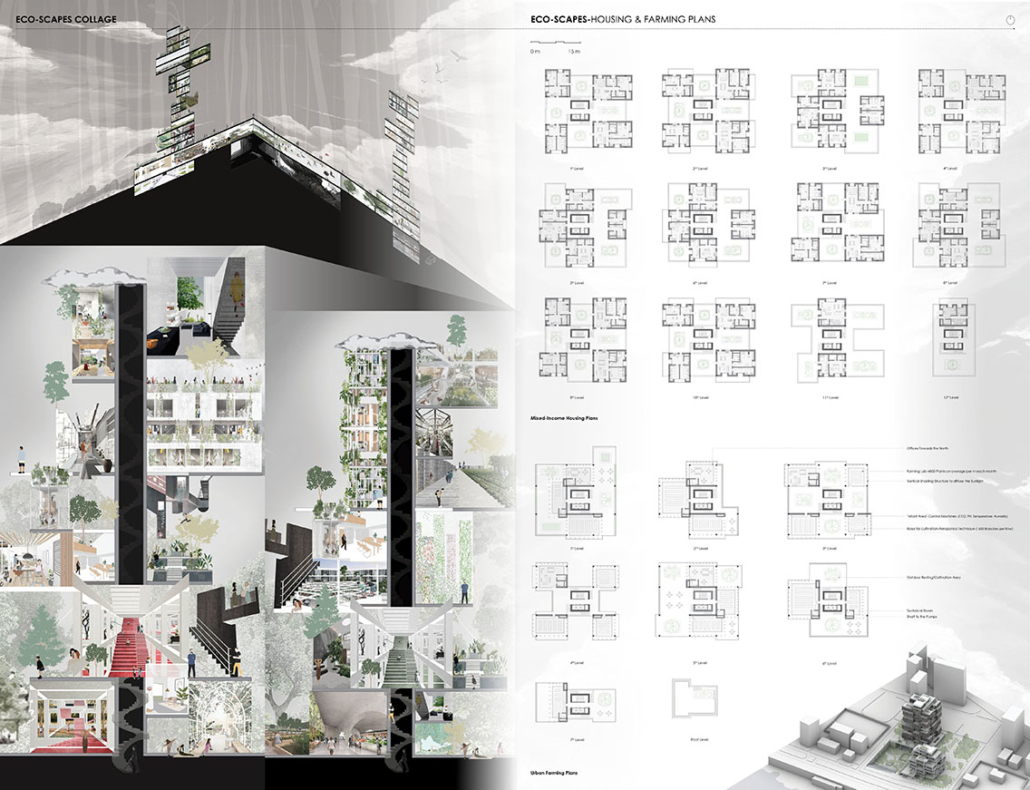
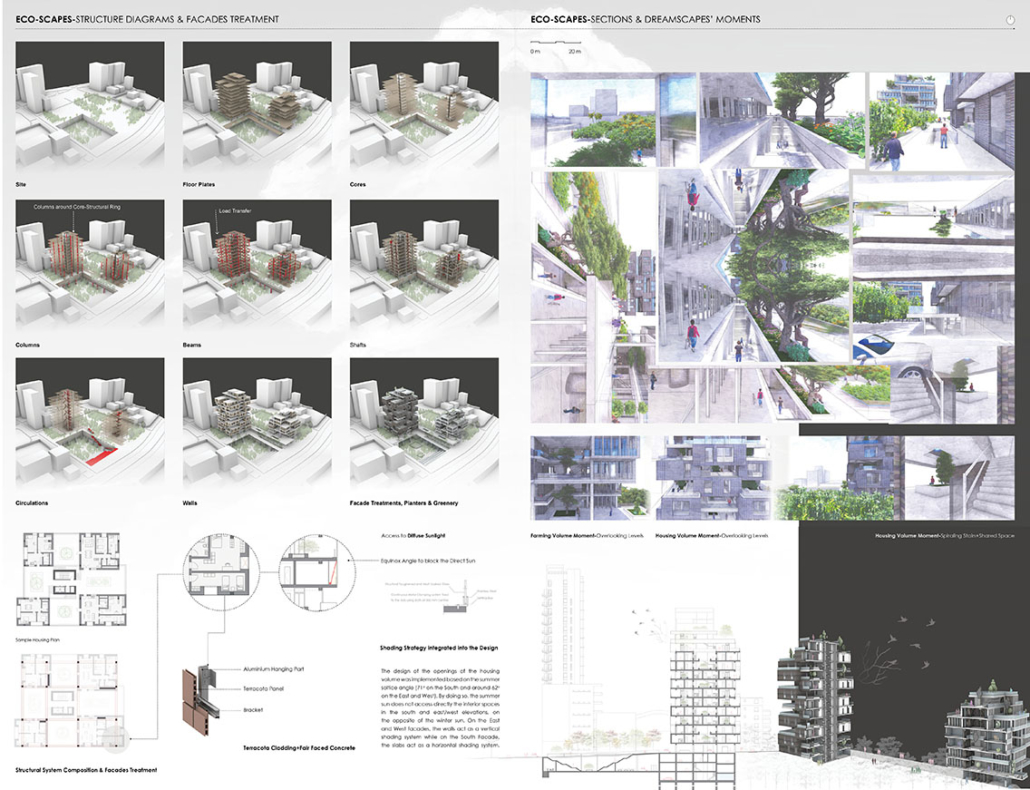
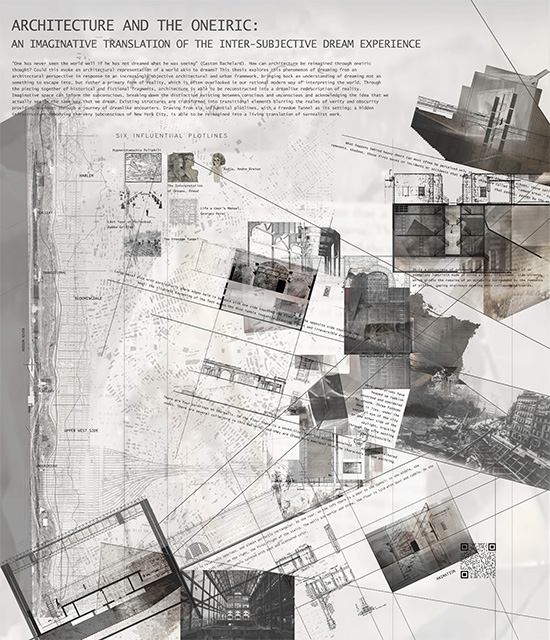
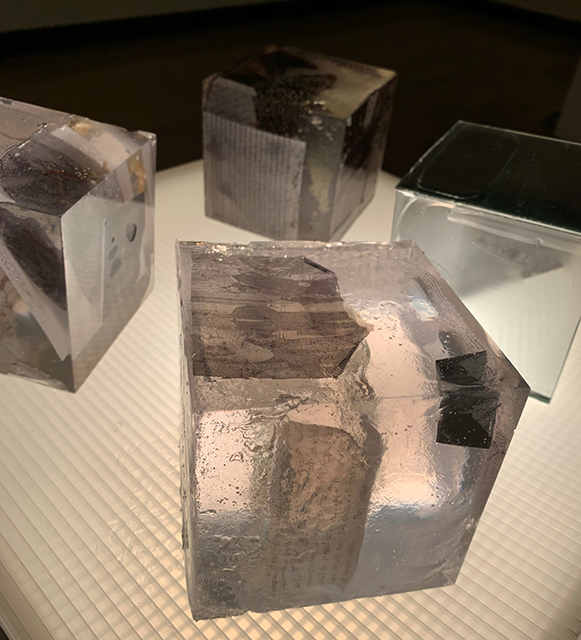
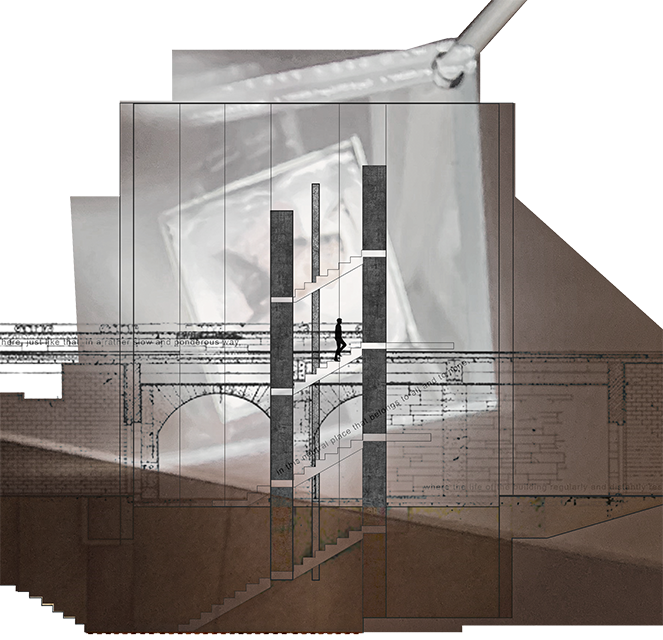
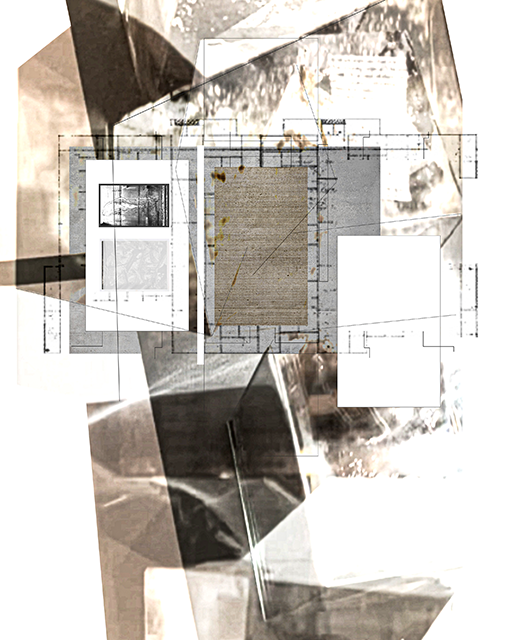
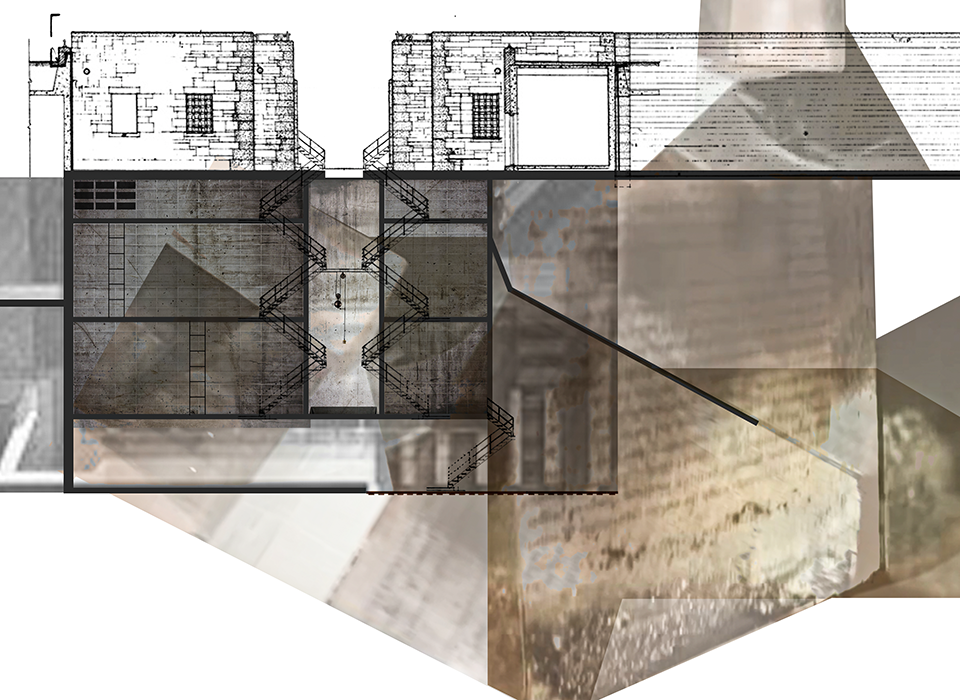
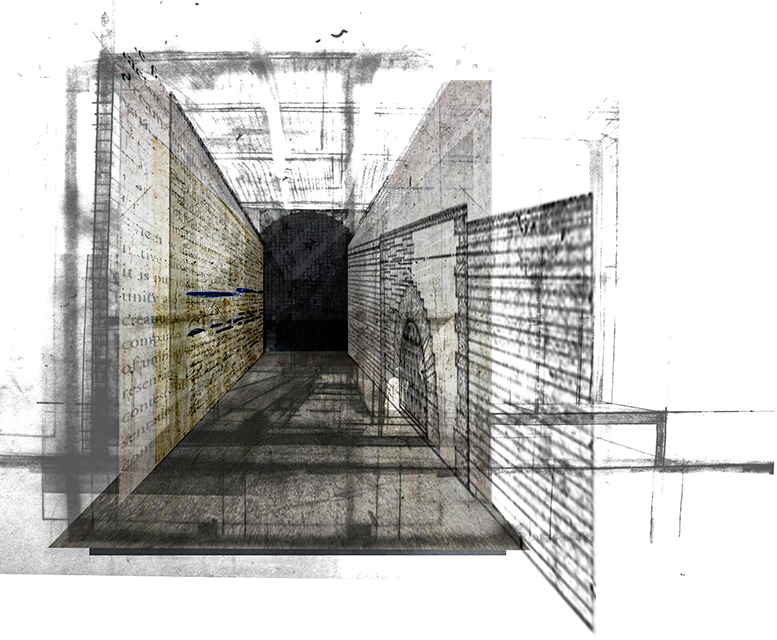
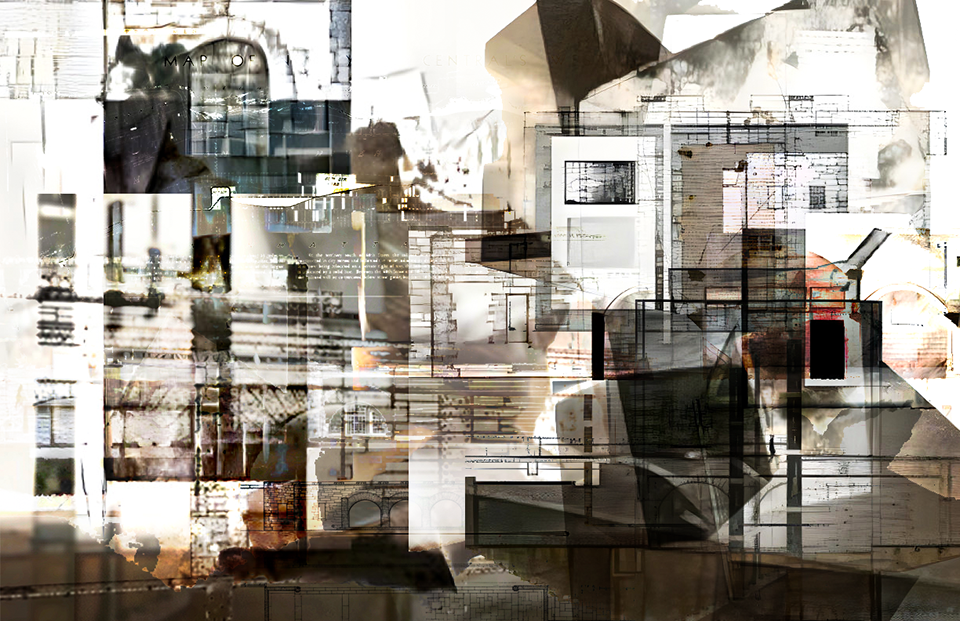
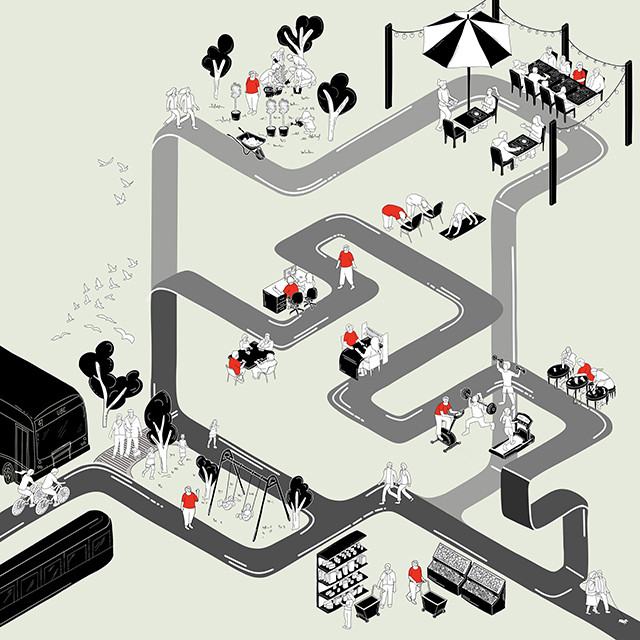
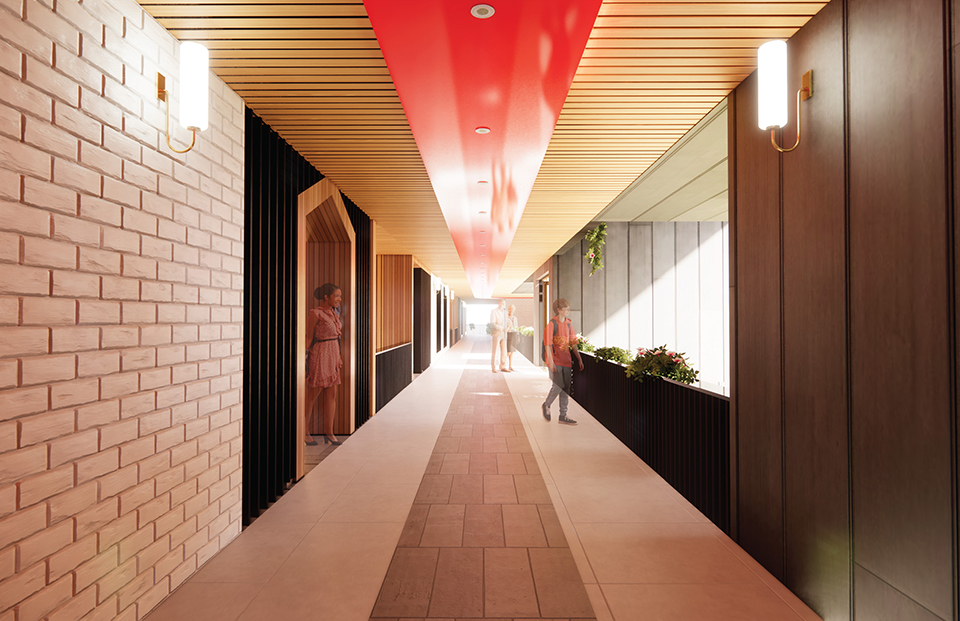
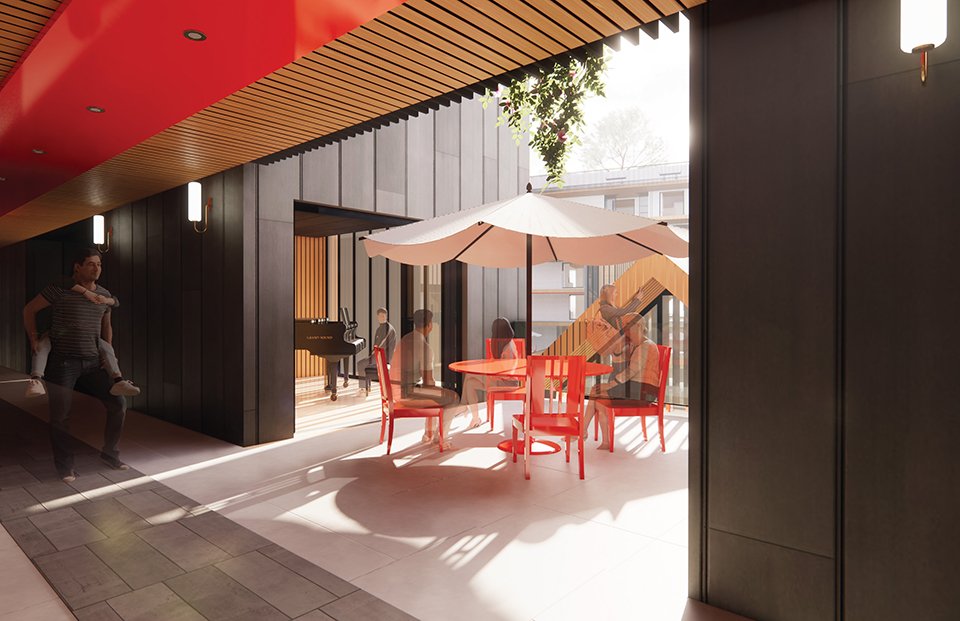
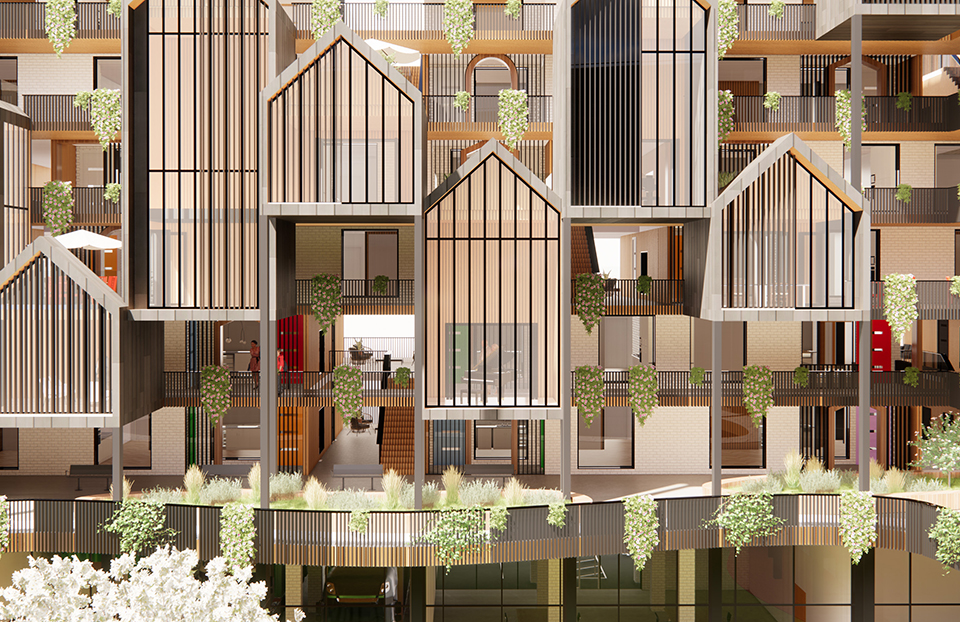
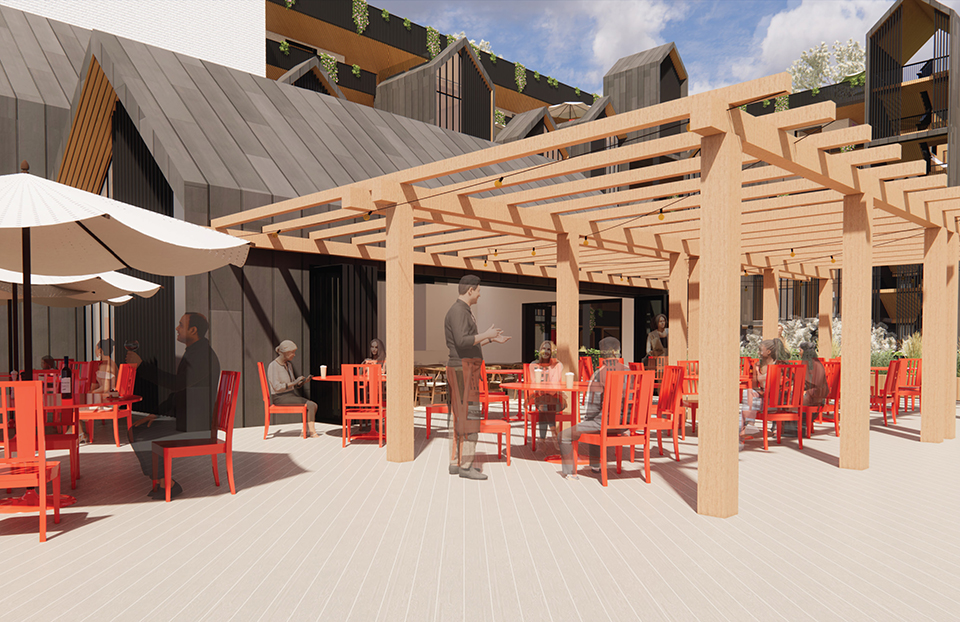
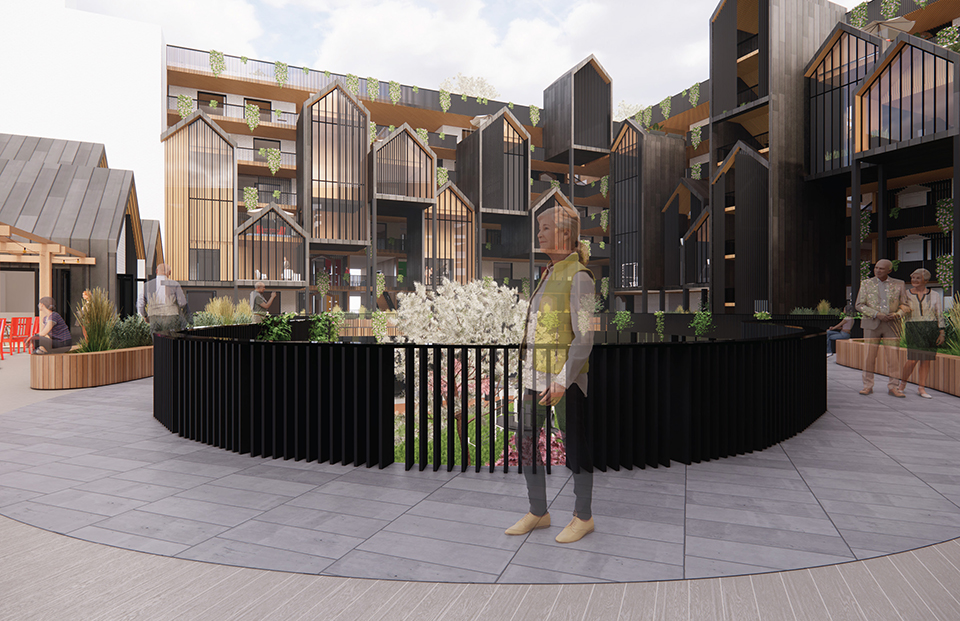
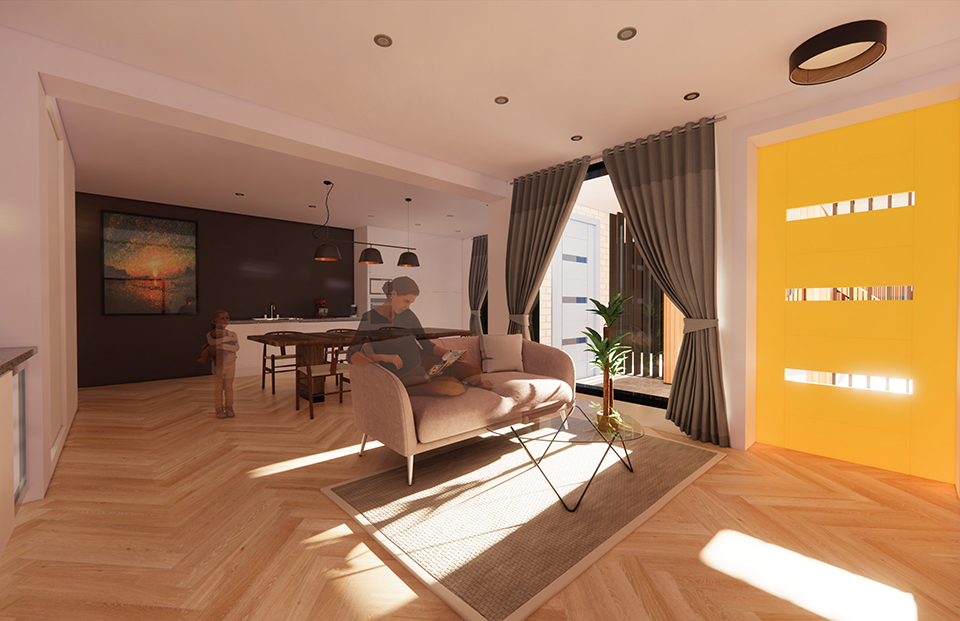
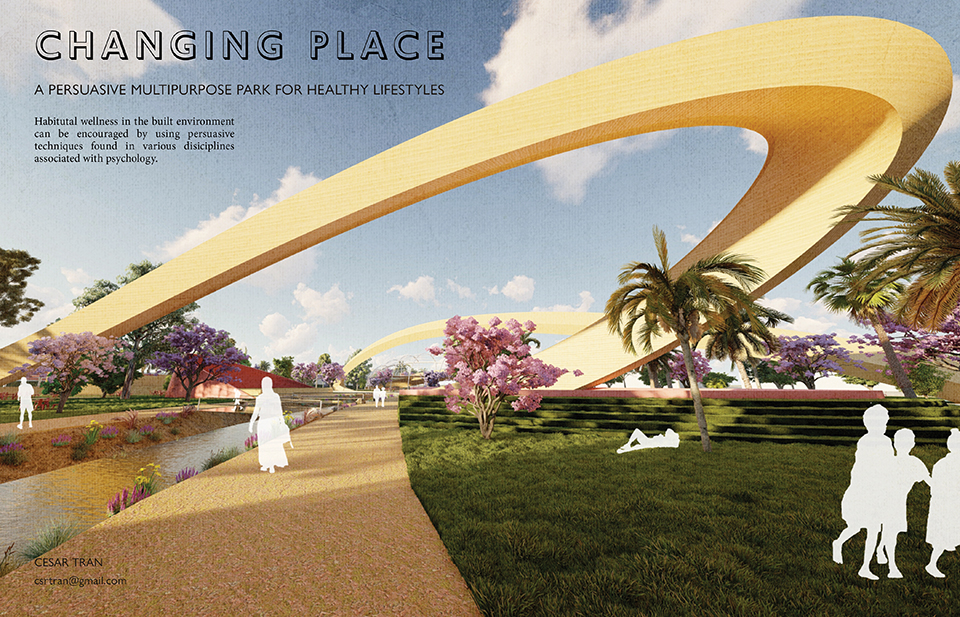
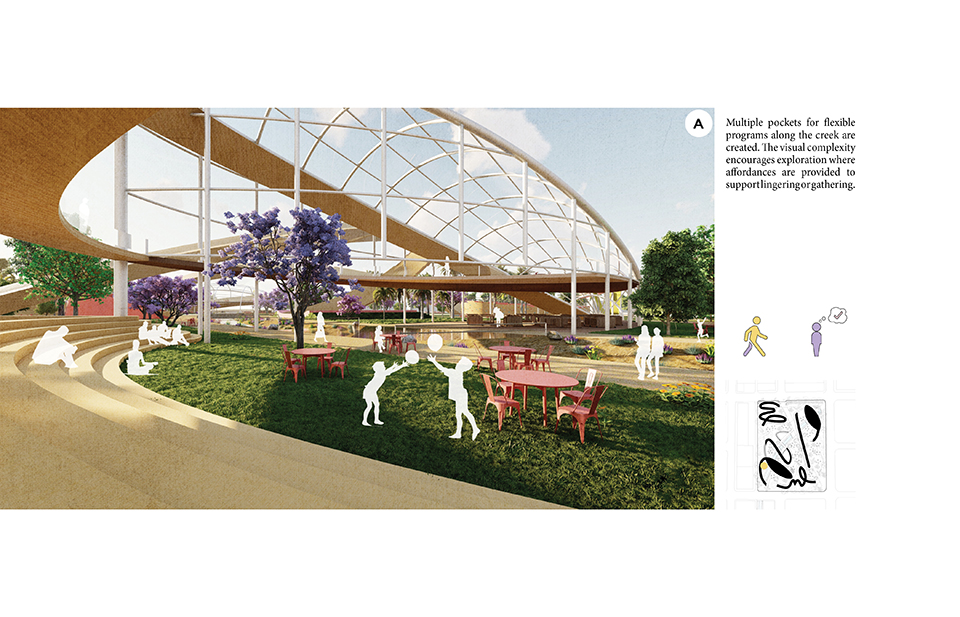
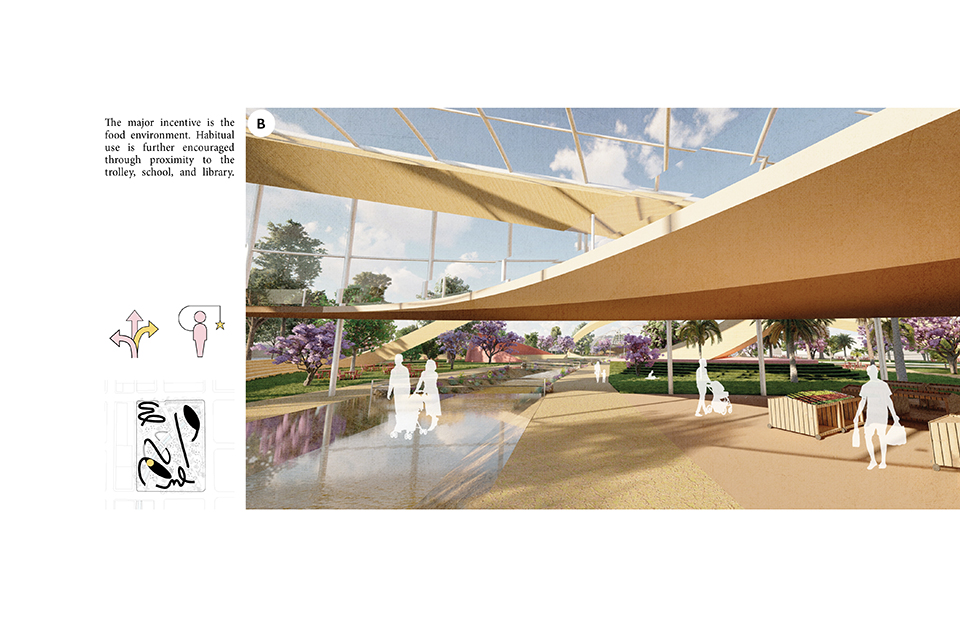
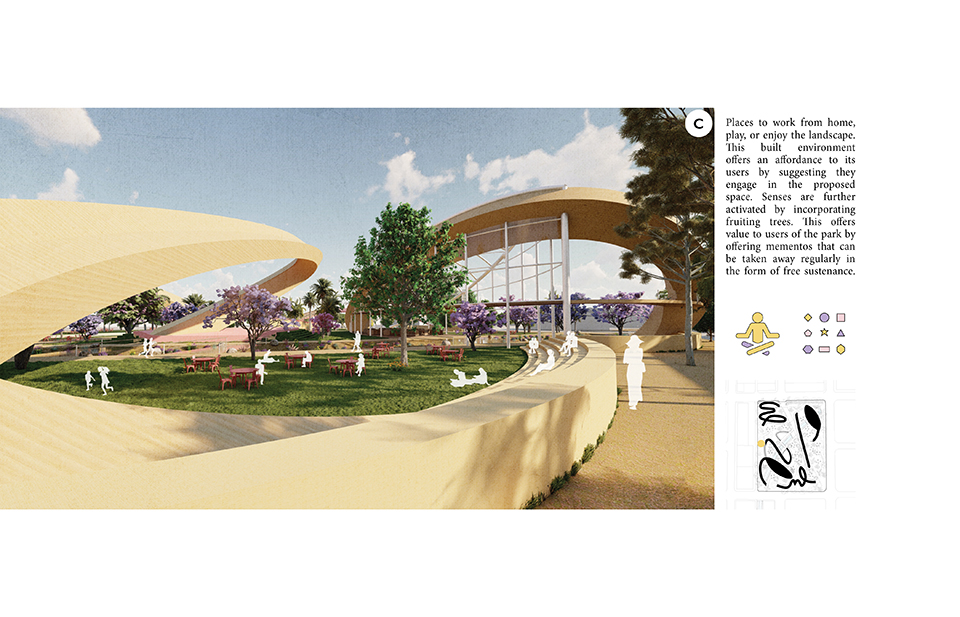
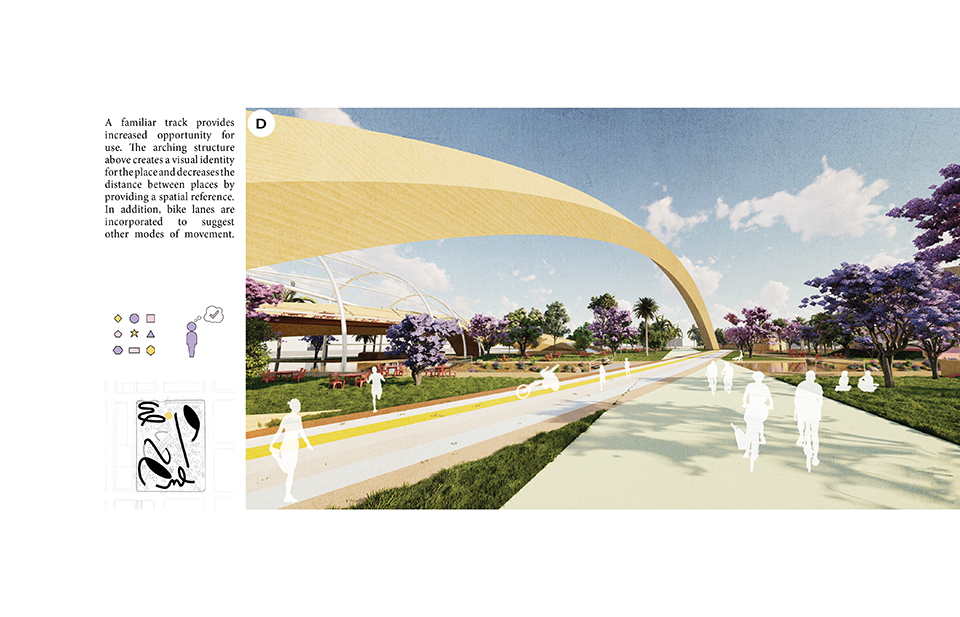
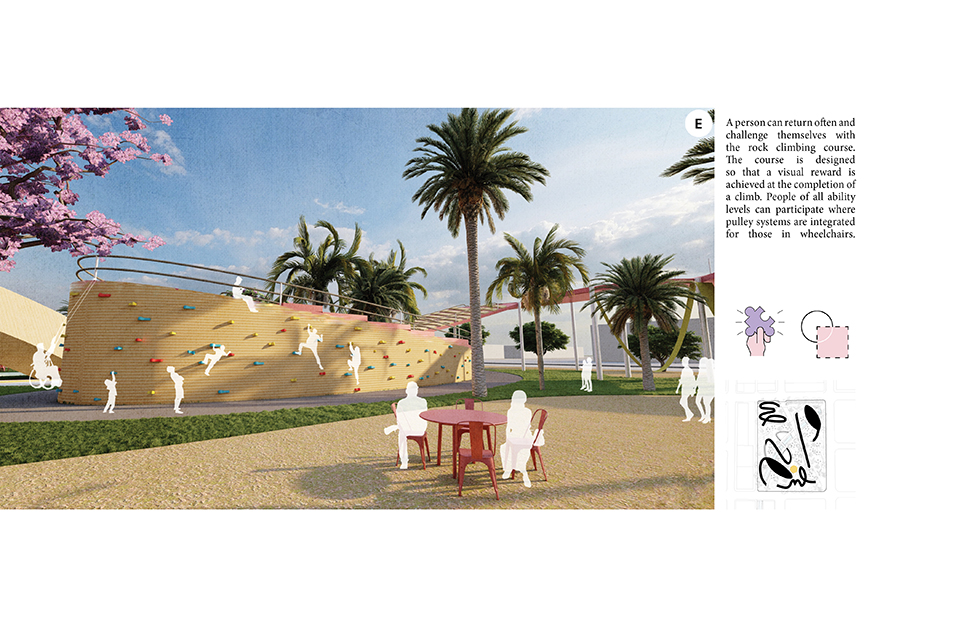
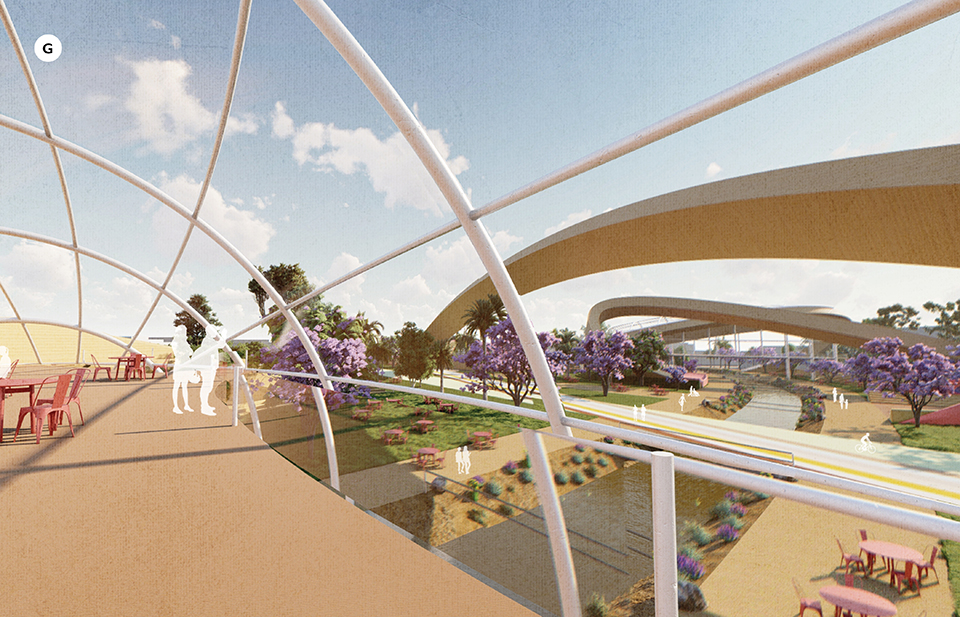
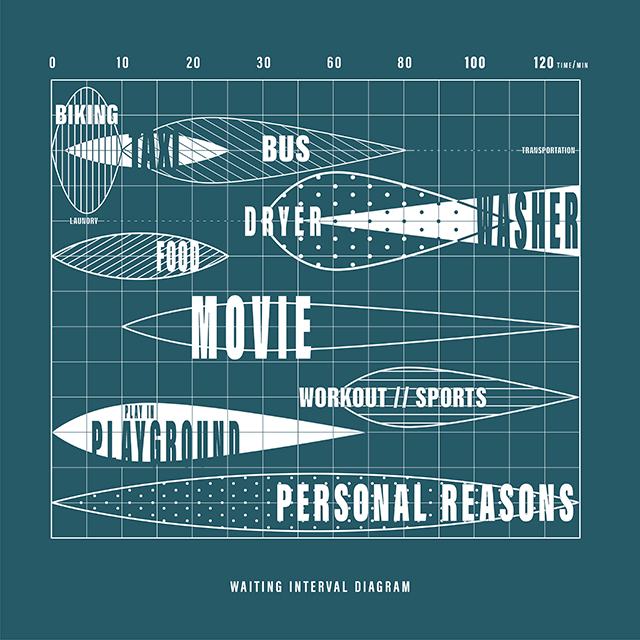
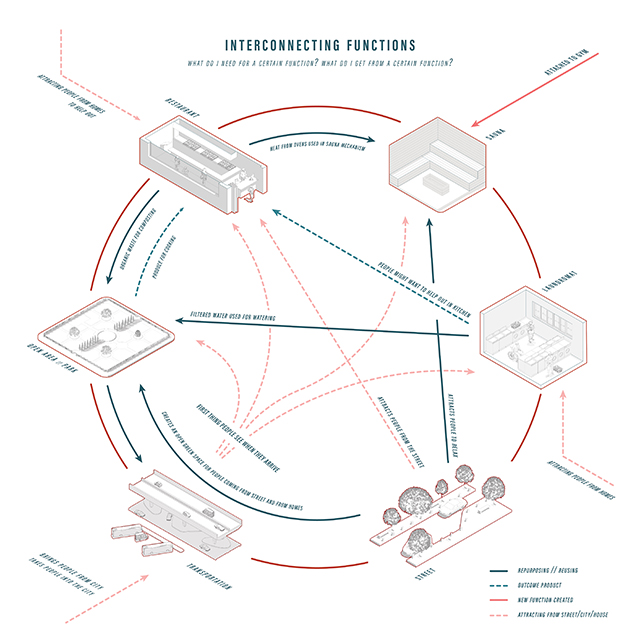
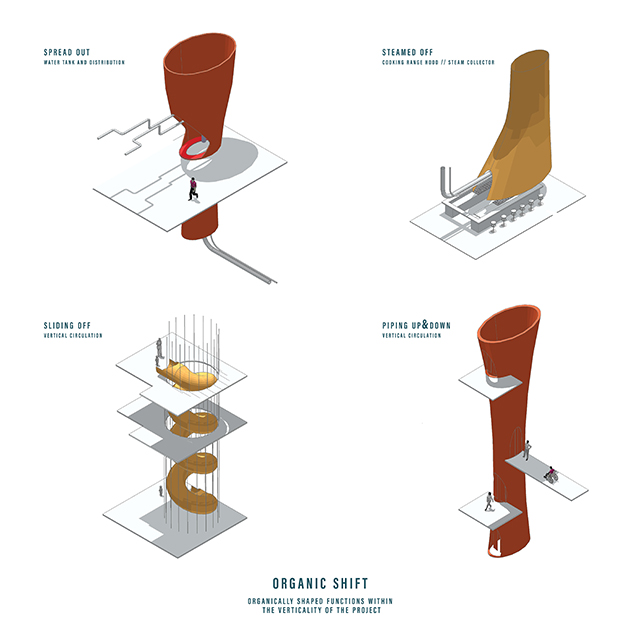
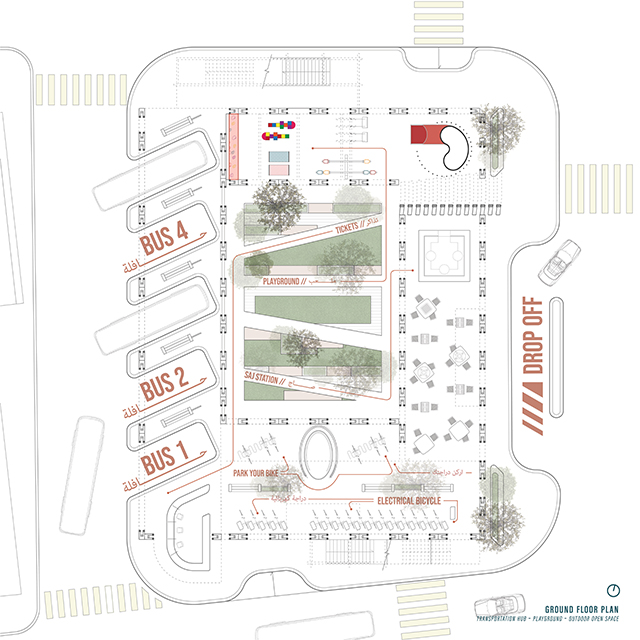
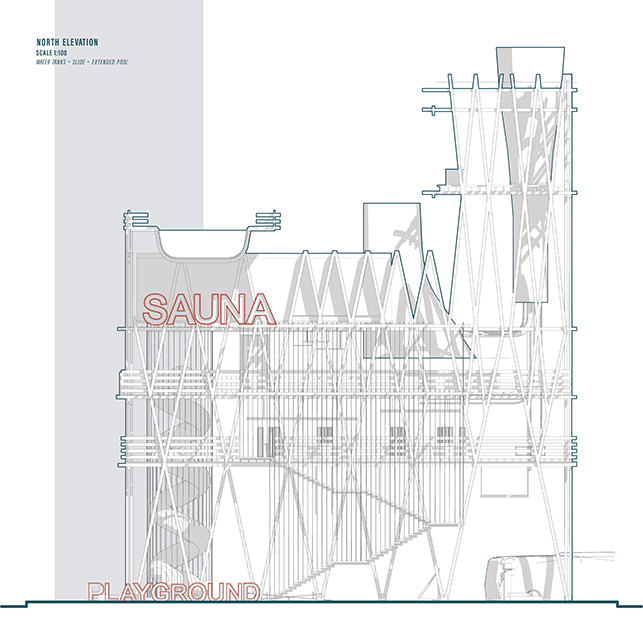
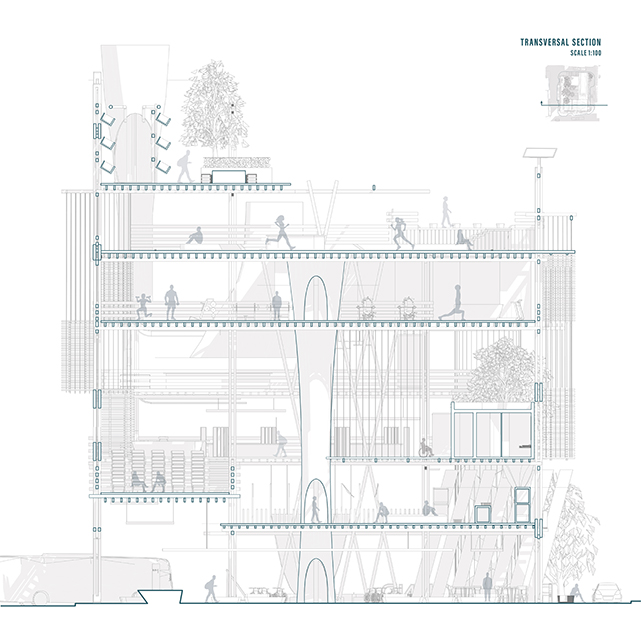
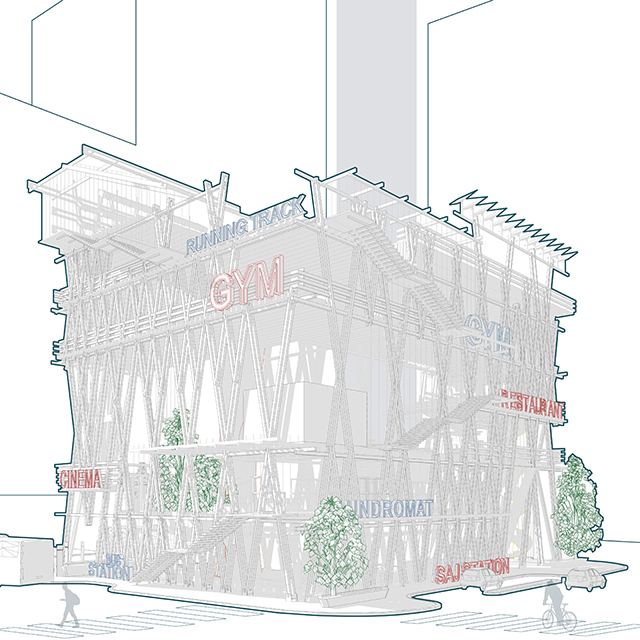
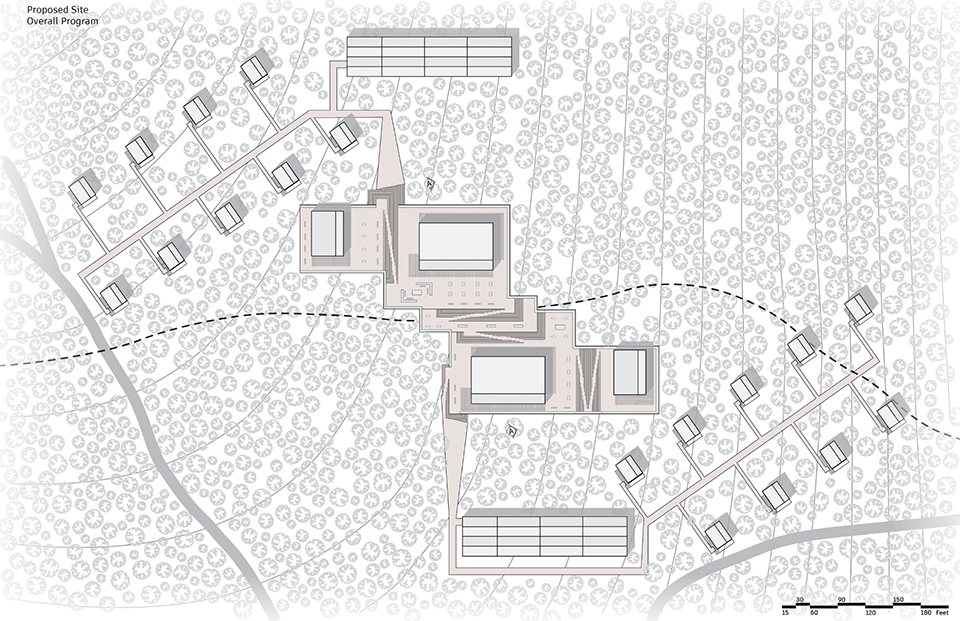
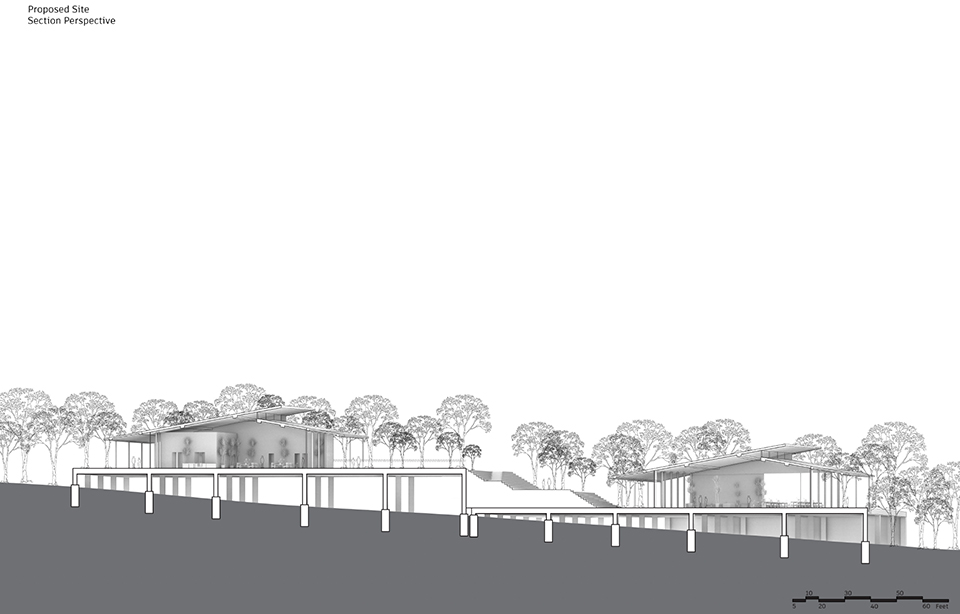
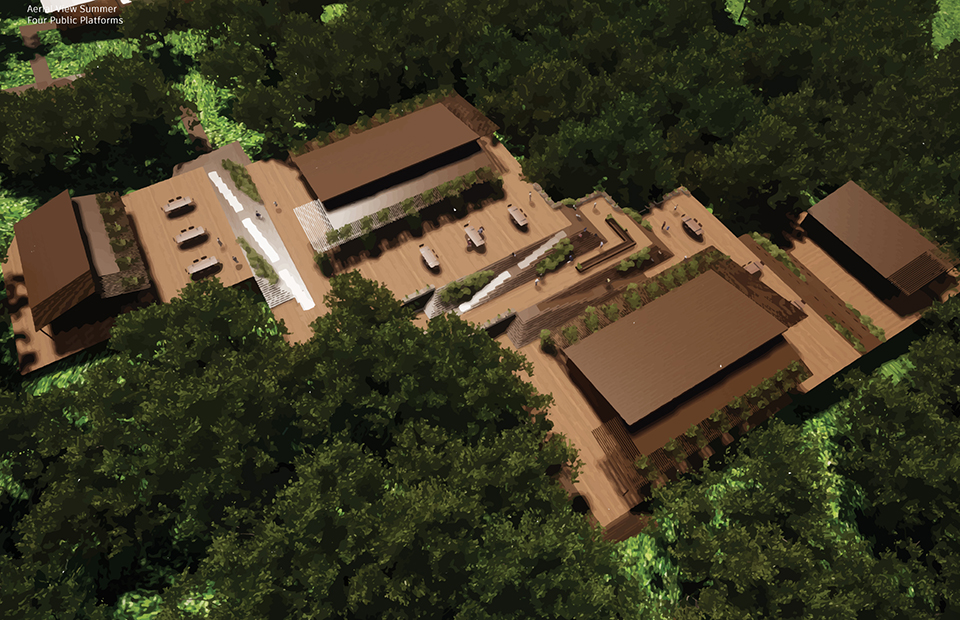
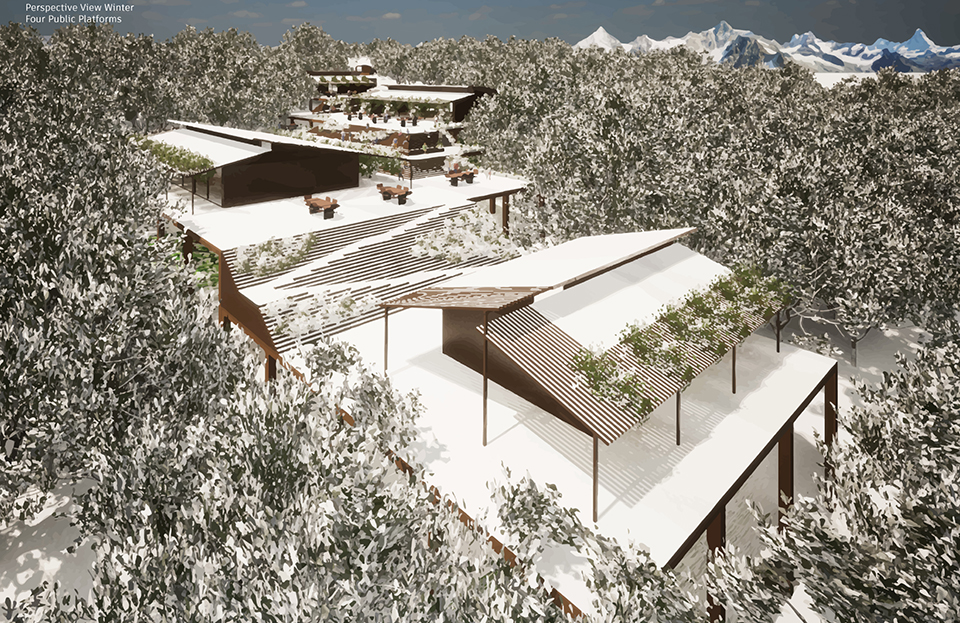
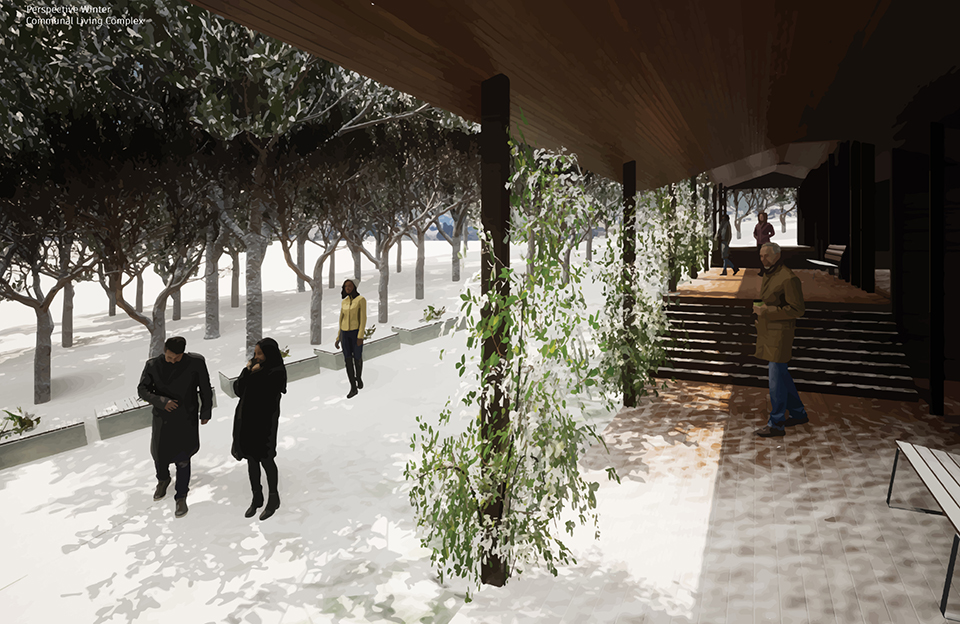
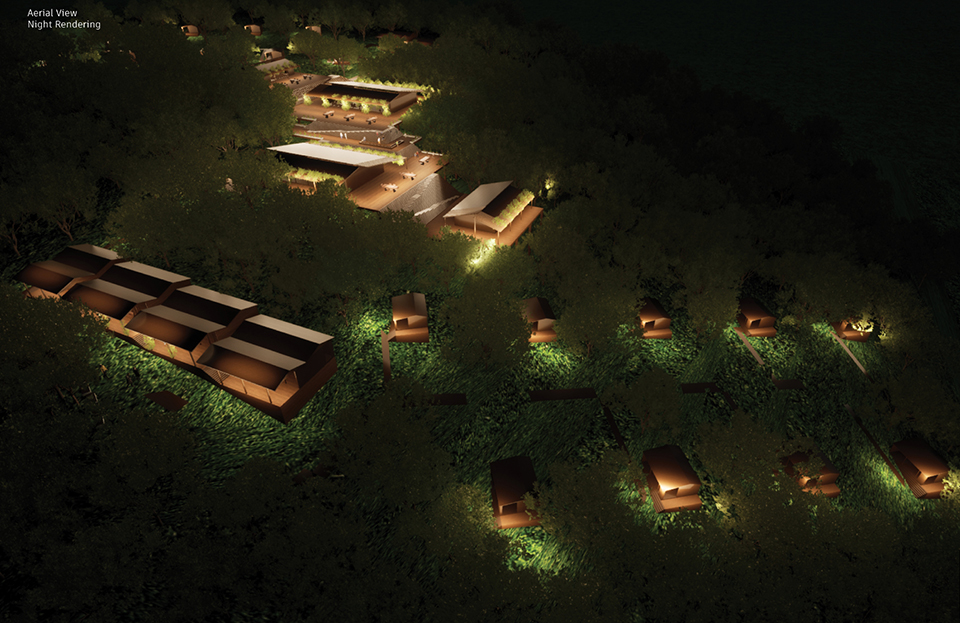
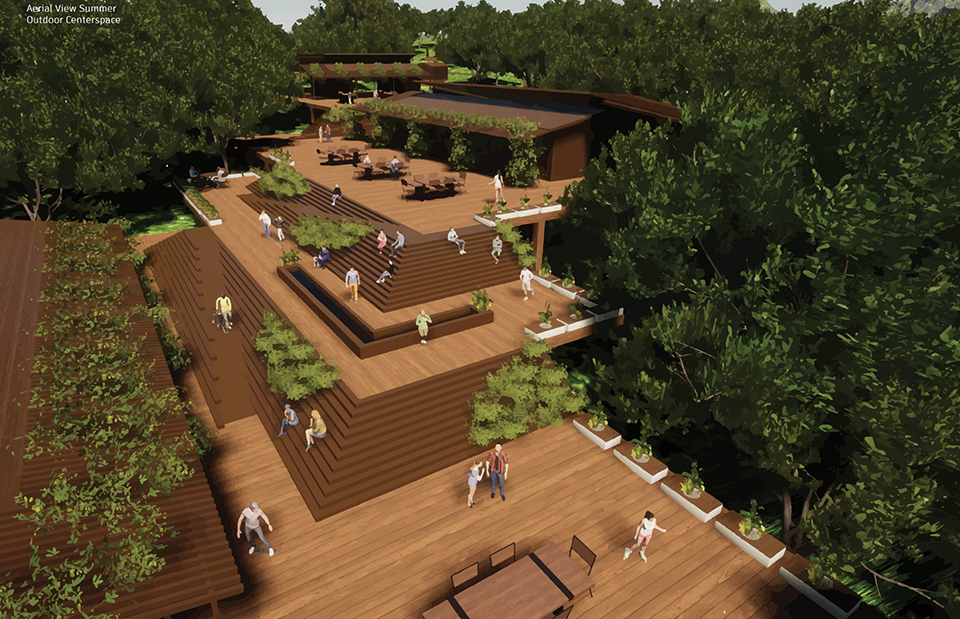
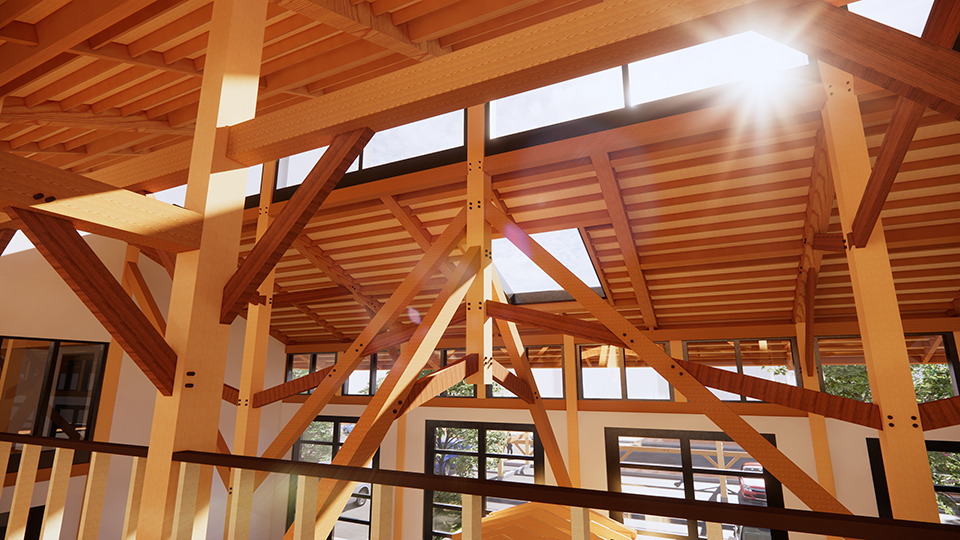
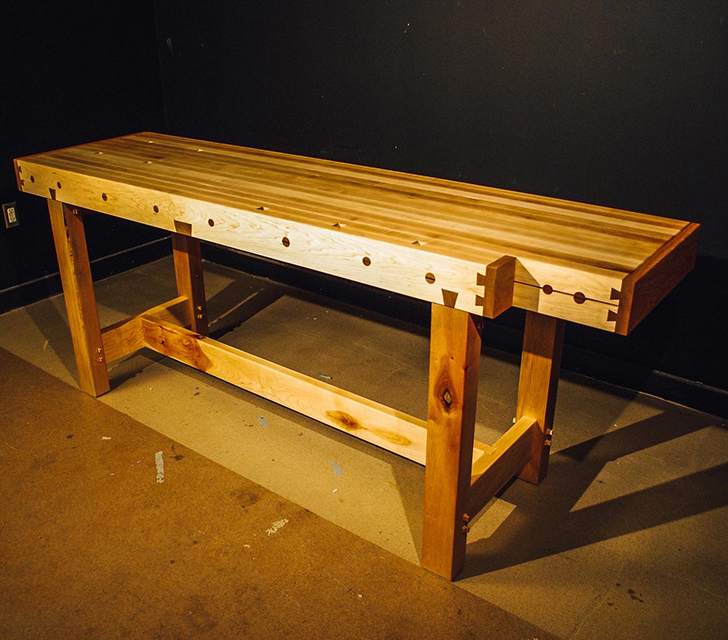
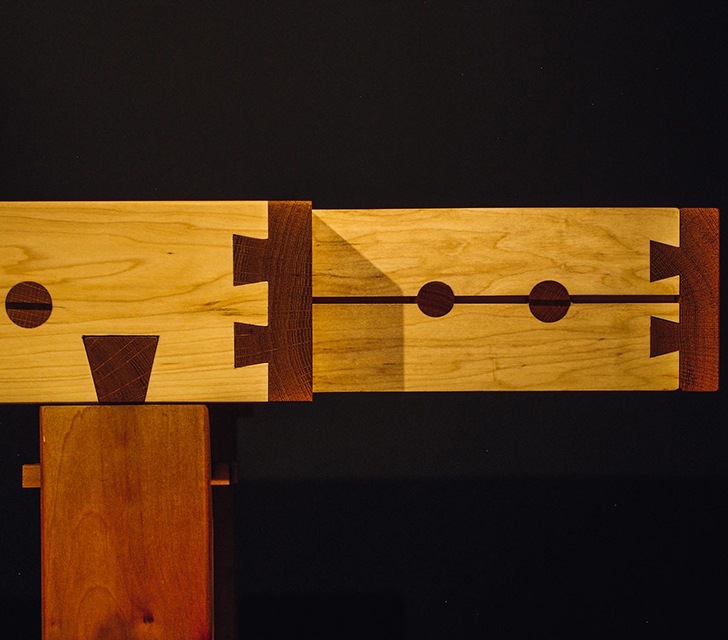
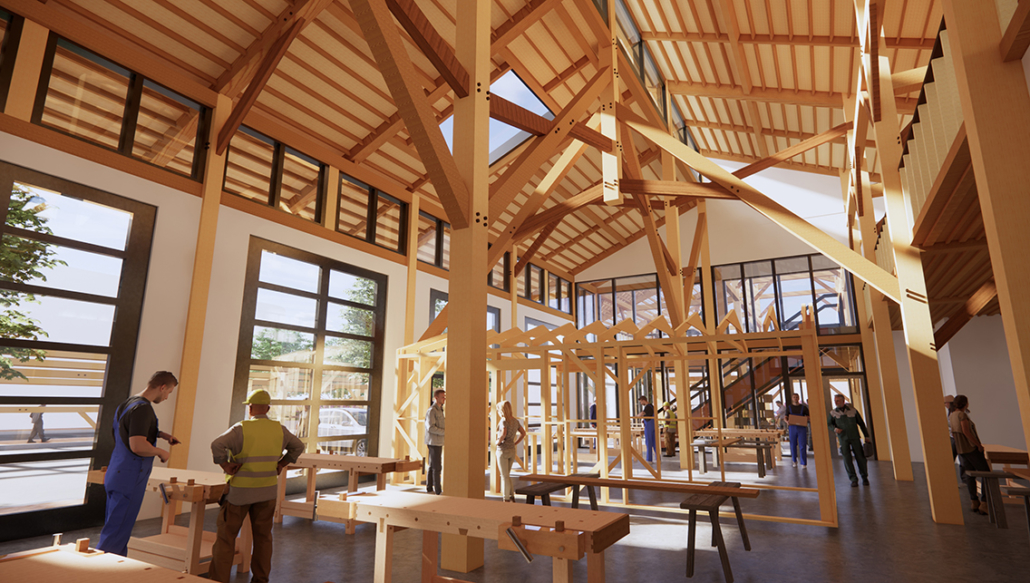
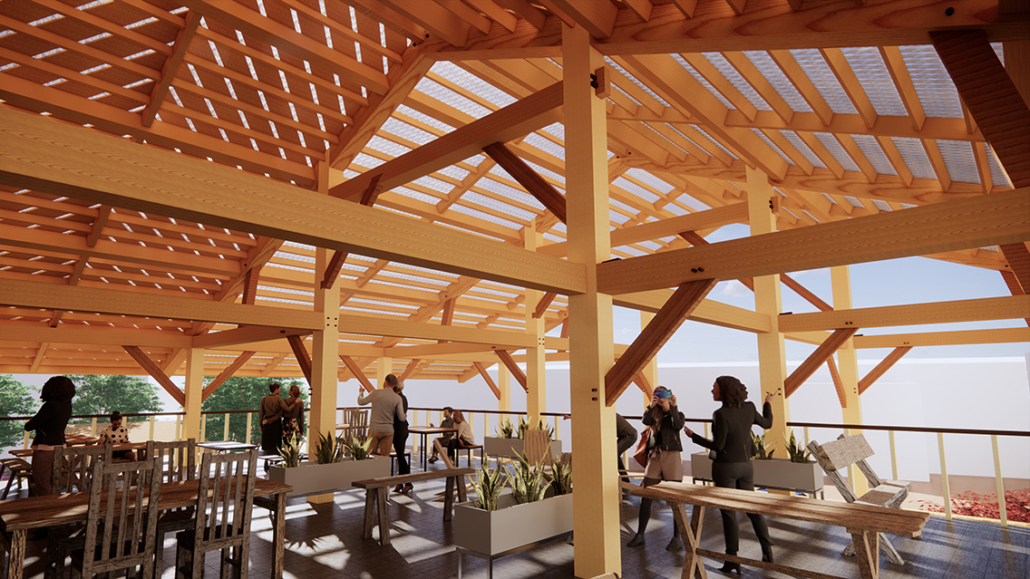
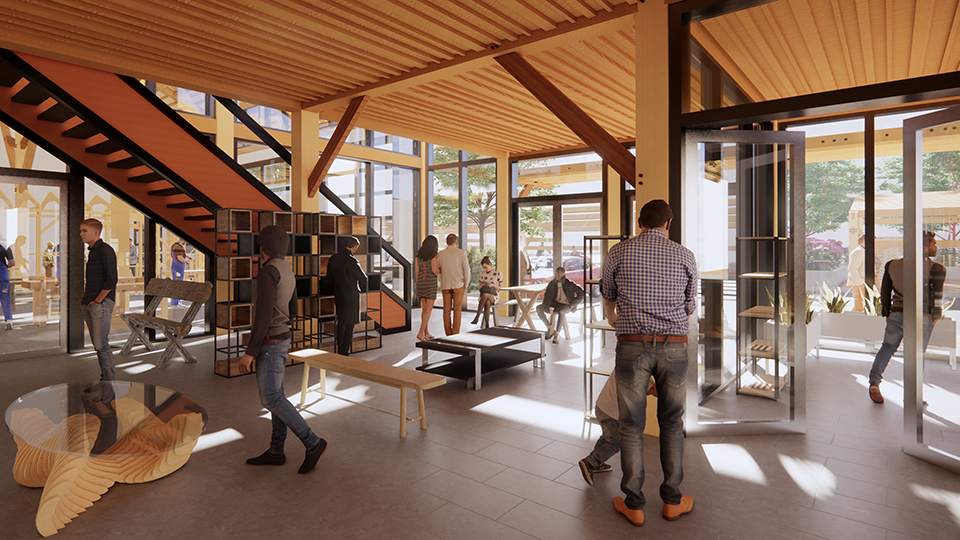
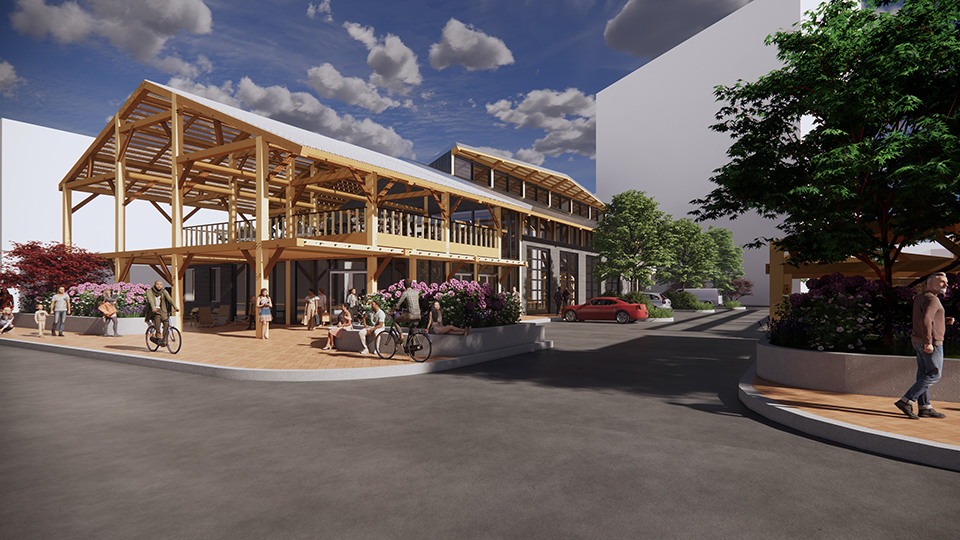
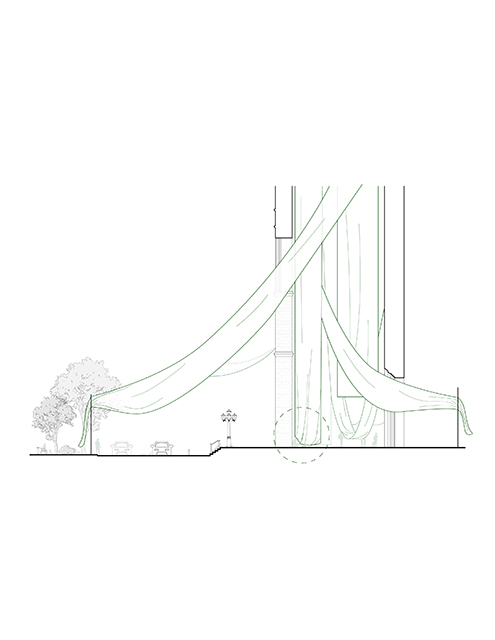
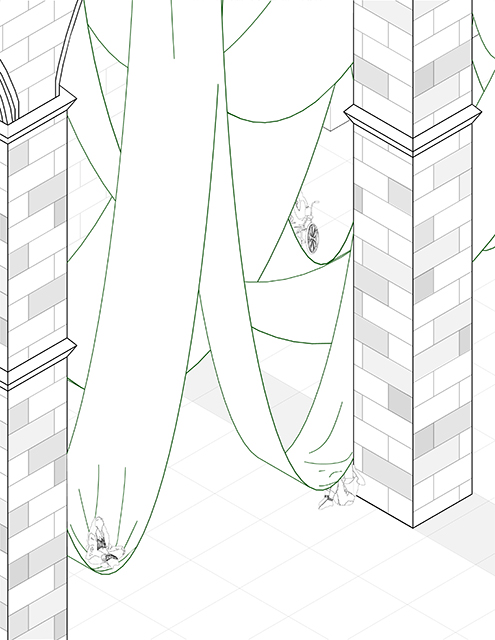
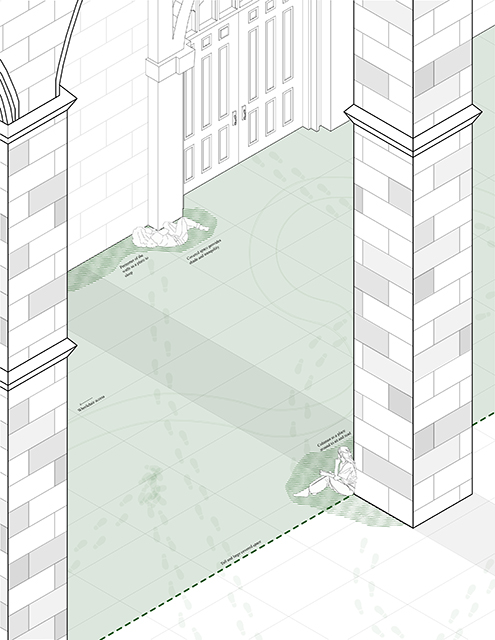
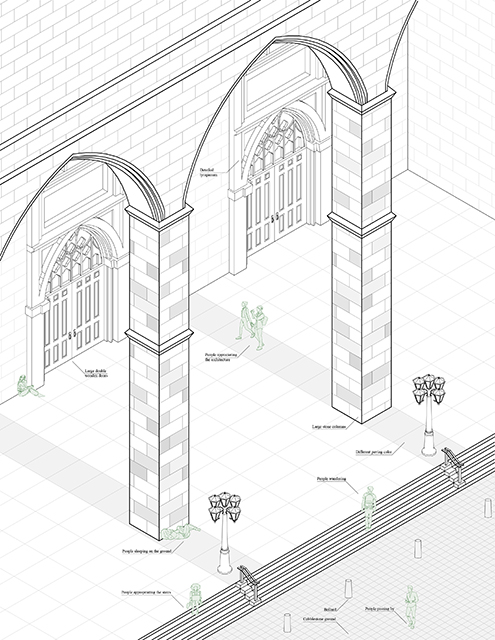
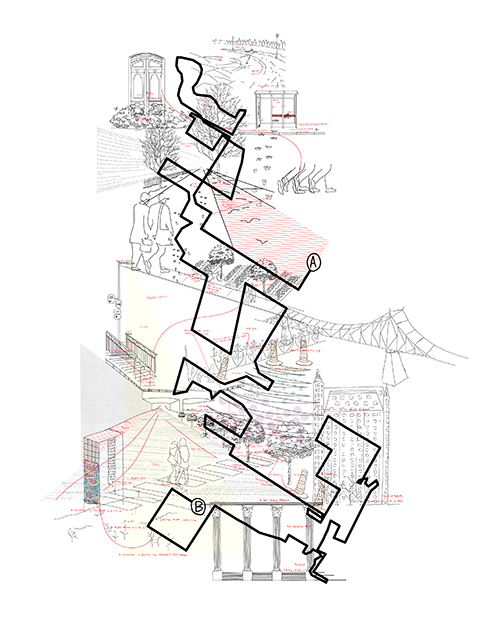
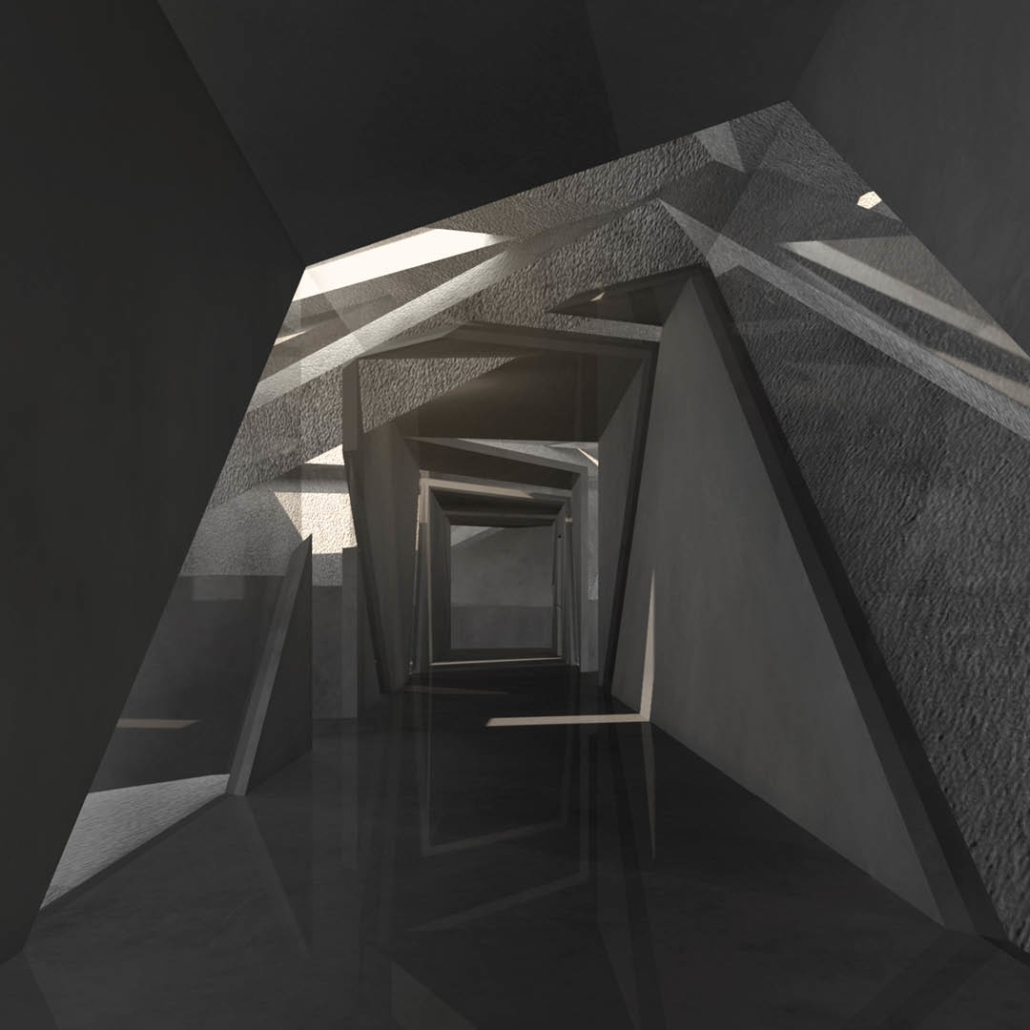
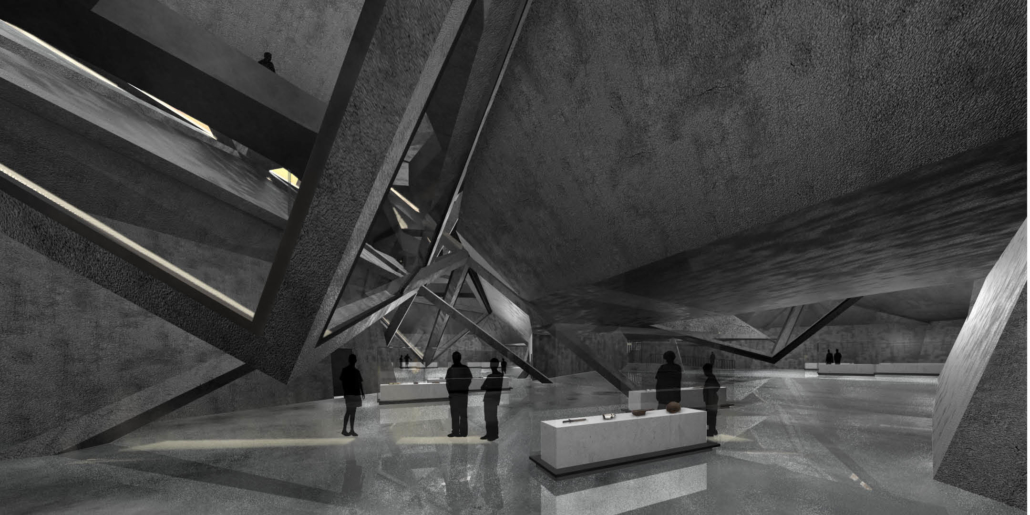
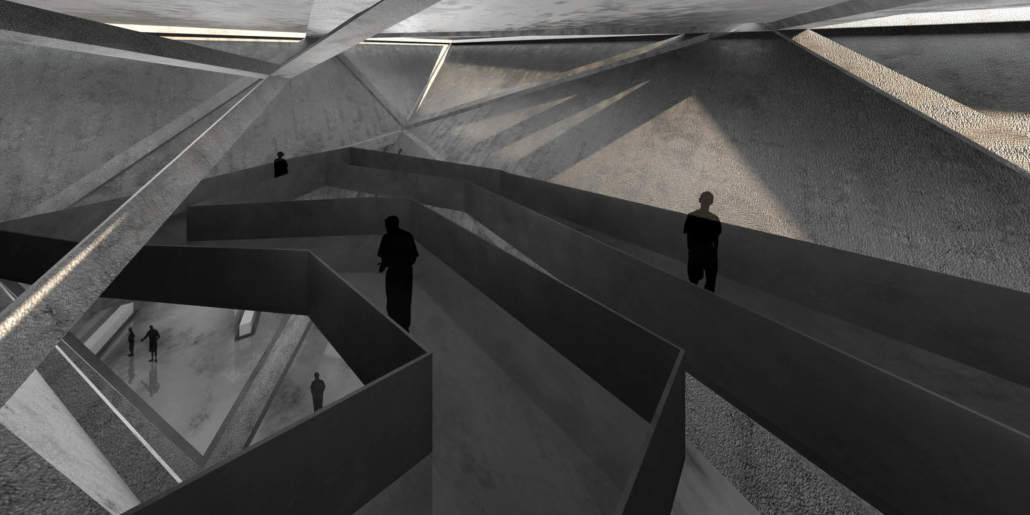
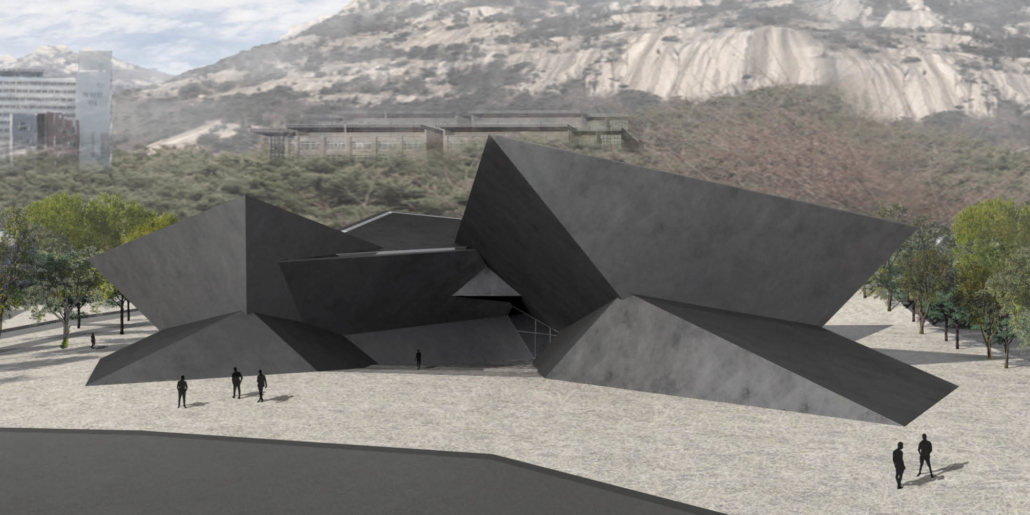
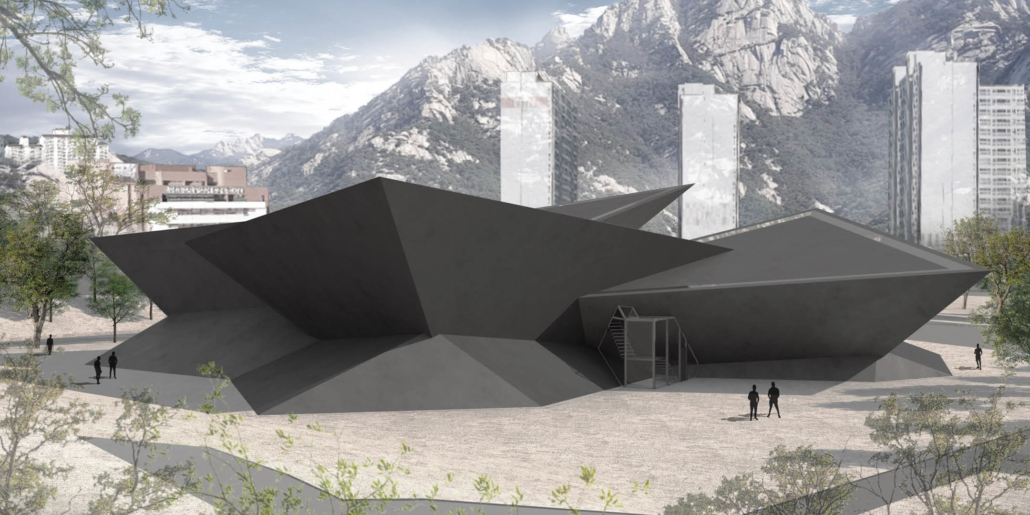
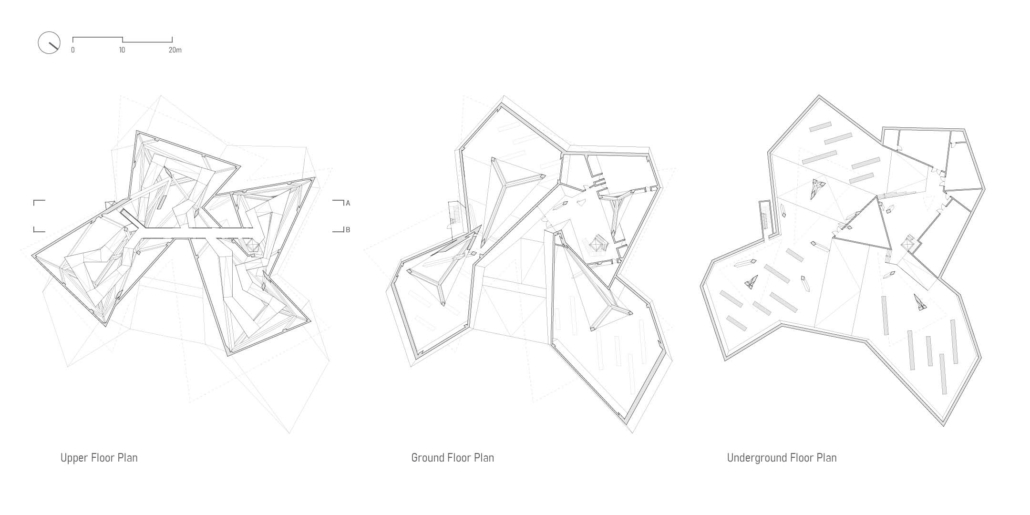
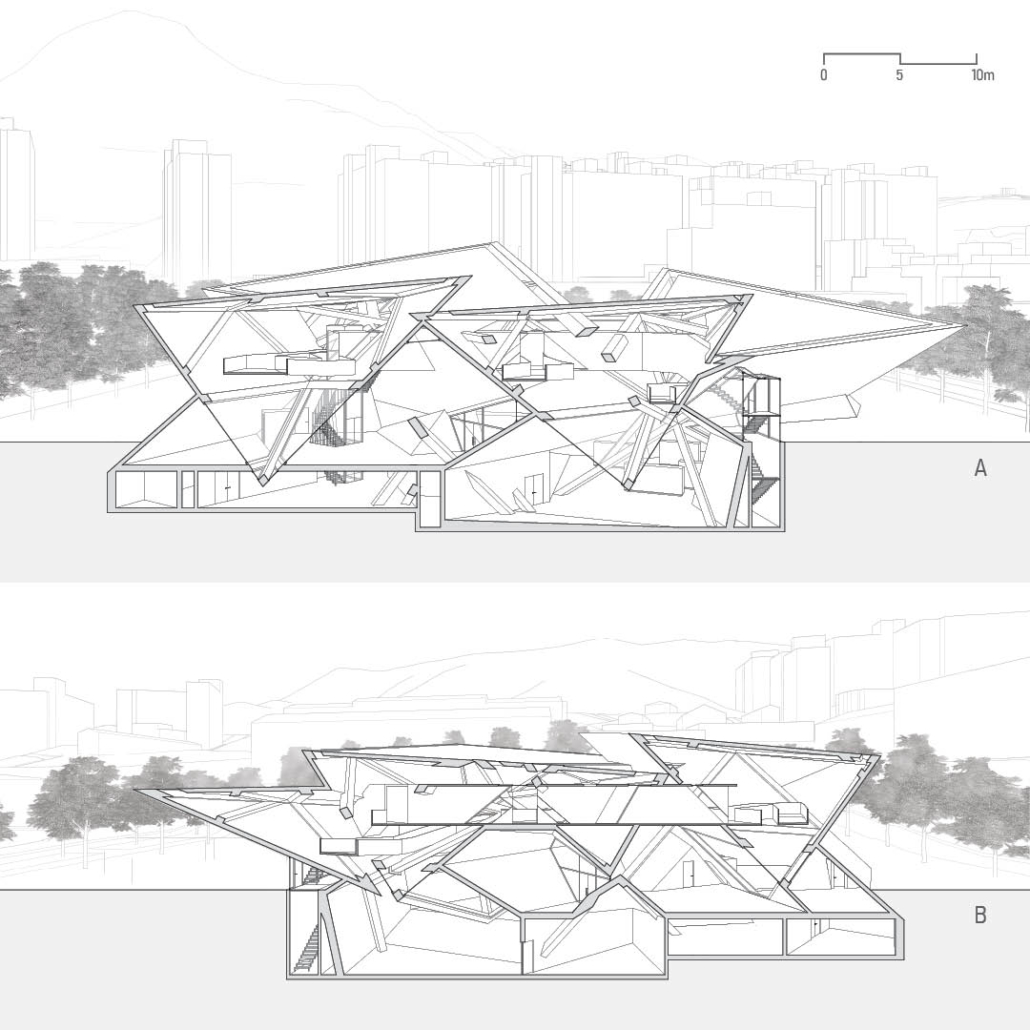
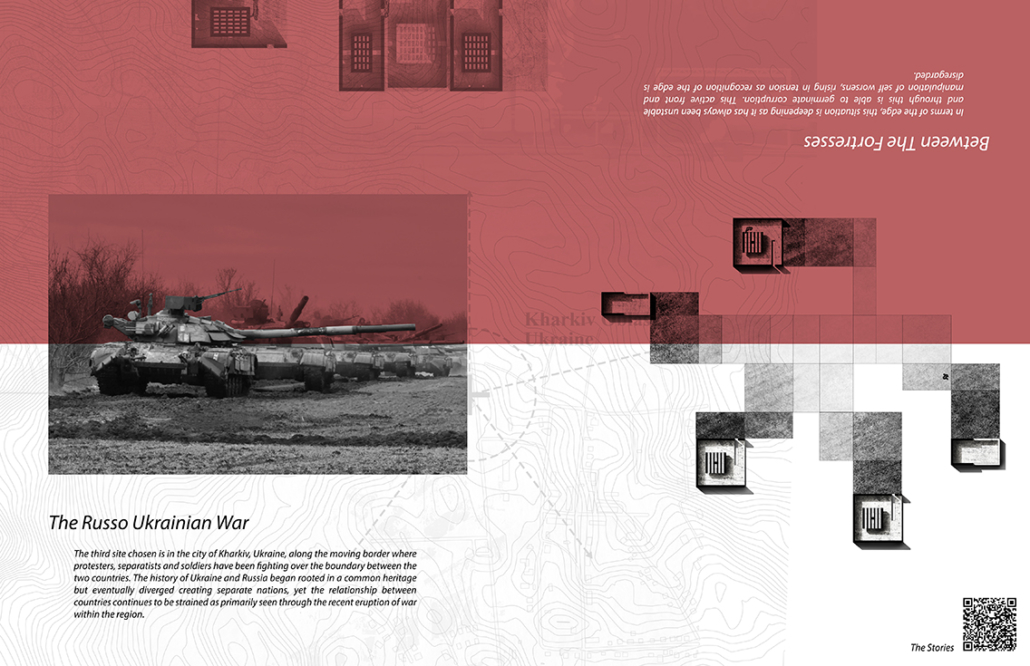
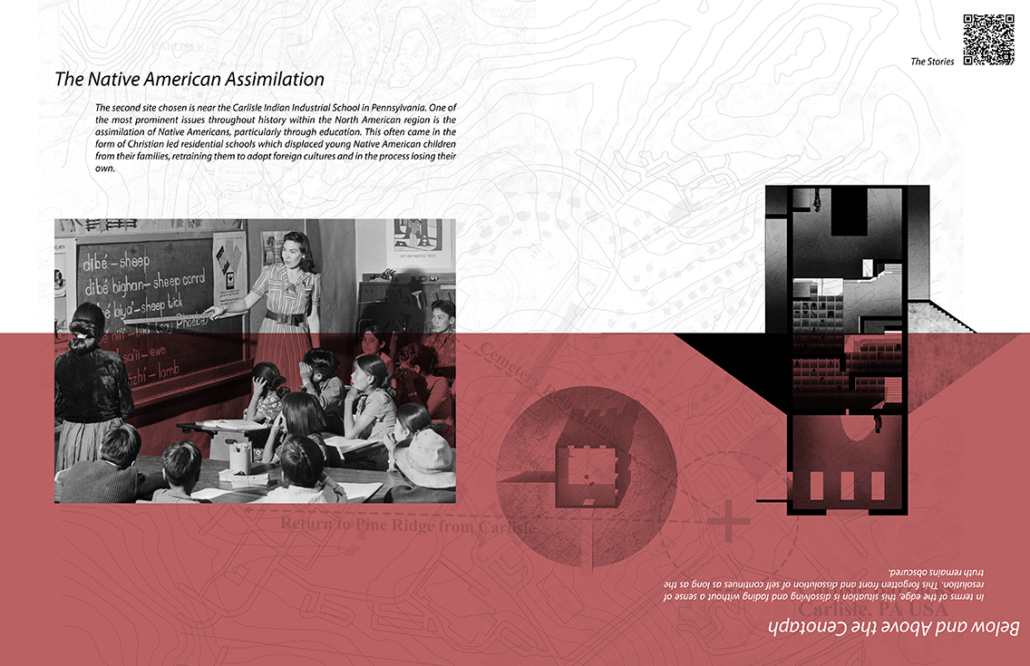
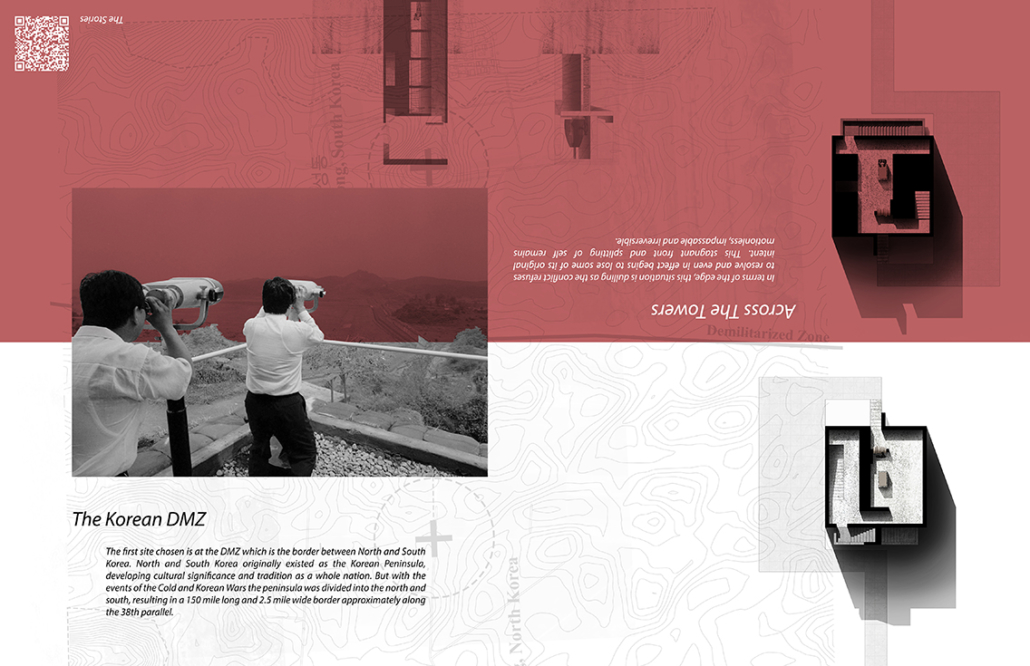
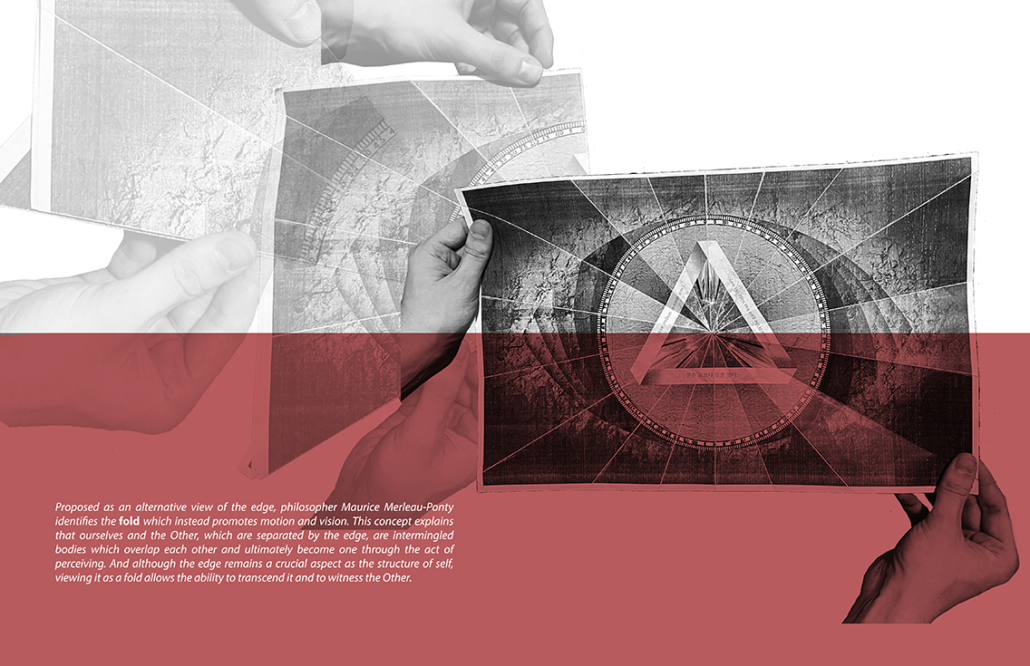


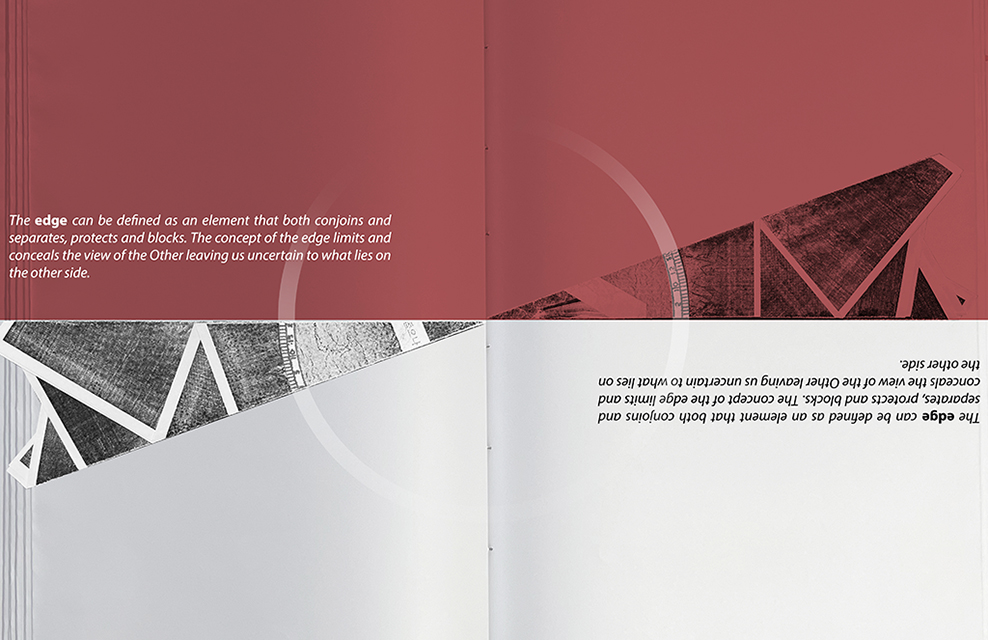
![[IN]visible_site - Ying Xuan Tan](https://studyarchitecture.com/wp-content/uploads/INvisible_site-Ying-Xuan-Tan-1030x644.png)
![[IN]visible_1-render - Ying Xuan Tan](https://studyarchitecture.com/wp-content/uploads/INvisible_1-render-Ying-Xuan-Tan-1030x579.png)
![[IN]visible_2-render - Ying Xuan Tan](https://studyarchitecture.com/wp-content/uploads/INvisible_2-render-Ying-Xuan-Tan-1030x579.png)
![[IN]visible_longsection - Ying Xuan Tan](https://studyarchitecture.com/wp-content/uploads/INvisible_longsection-Ying-Xuan-Tan-1030x297.png)
![[IN]visible_plan1 - Ying Xuan Tan](https://studyarchitecture.com/wp-content/uploads/INvisible_plan1-Ying-Xuan-Tan-1030x1030.png)
![[IN]visible_plan2 - Ying Xuan Tan](https://studyarchitecture.com/wp-content/uploads/INvisible_plan2-Ying-Xuan-Tan-1030x1030.png)
![[IN]visible_short section - Ying Xuan Tan](https://studyarchitecture.com/wp-content/uploads/INvisible_short-section-Ying-Xuan-Tan-1030x386.png)
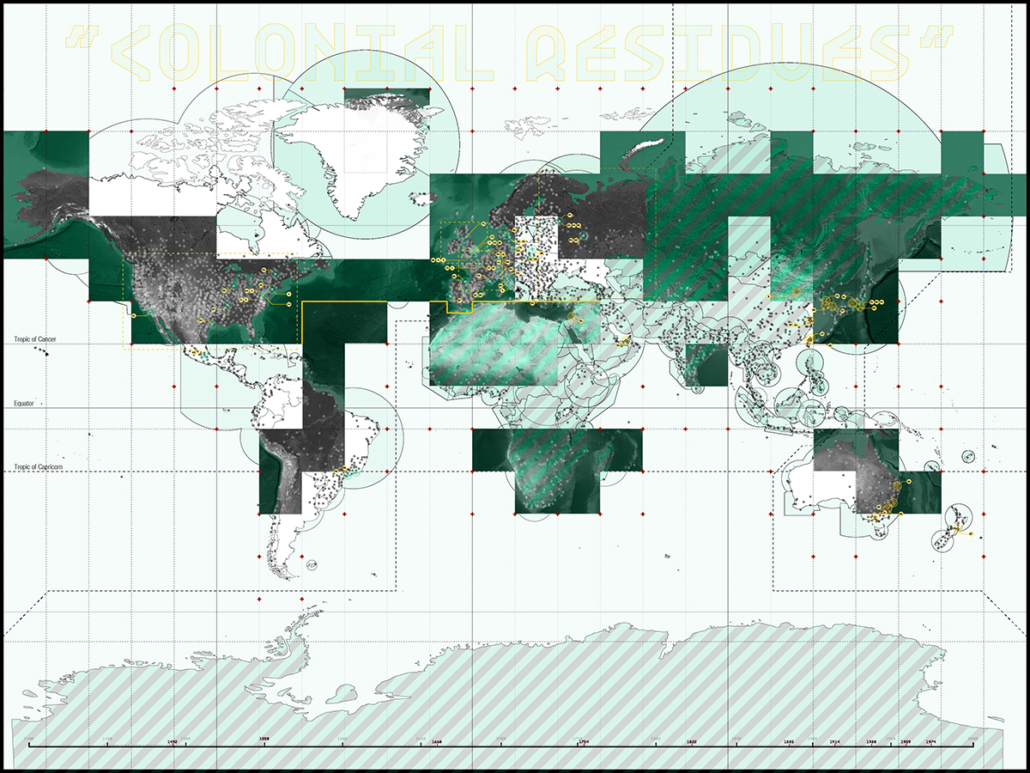
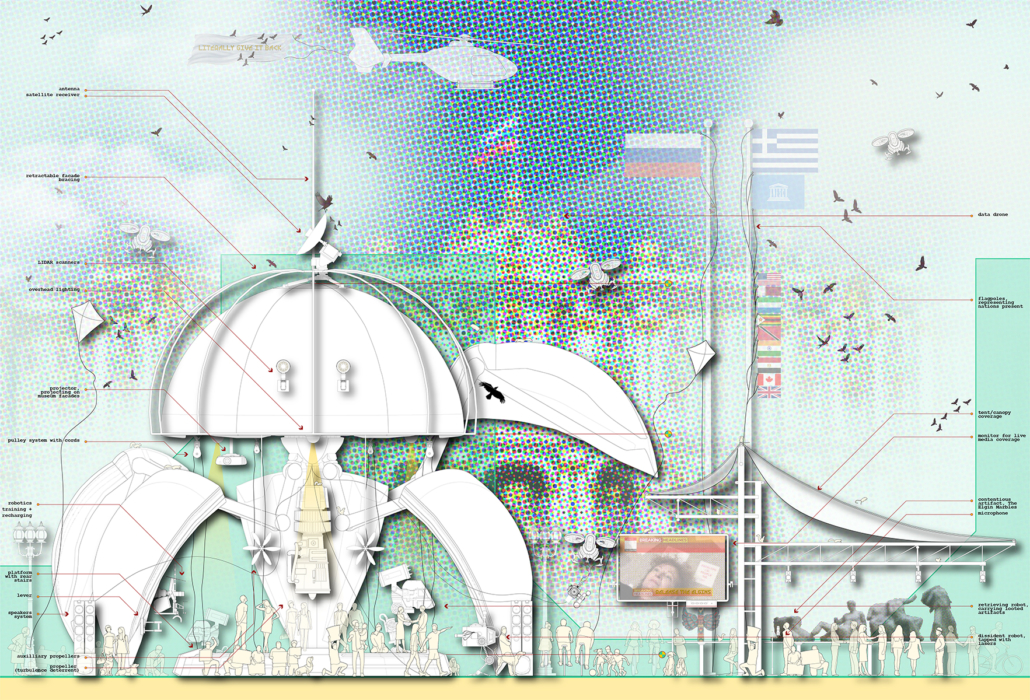
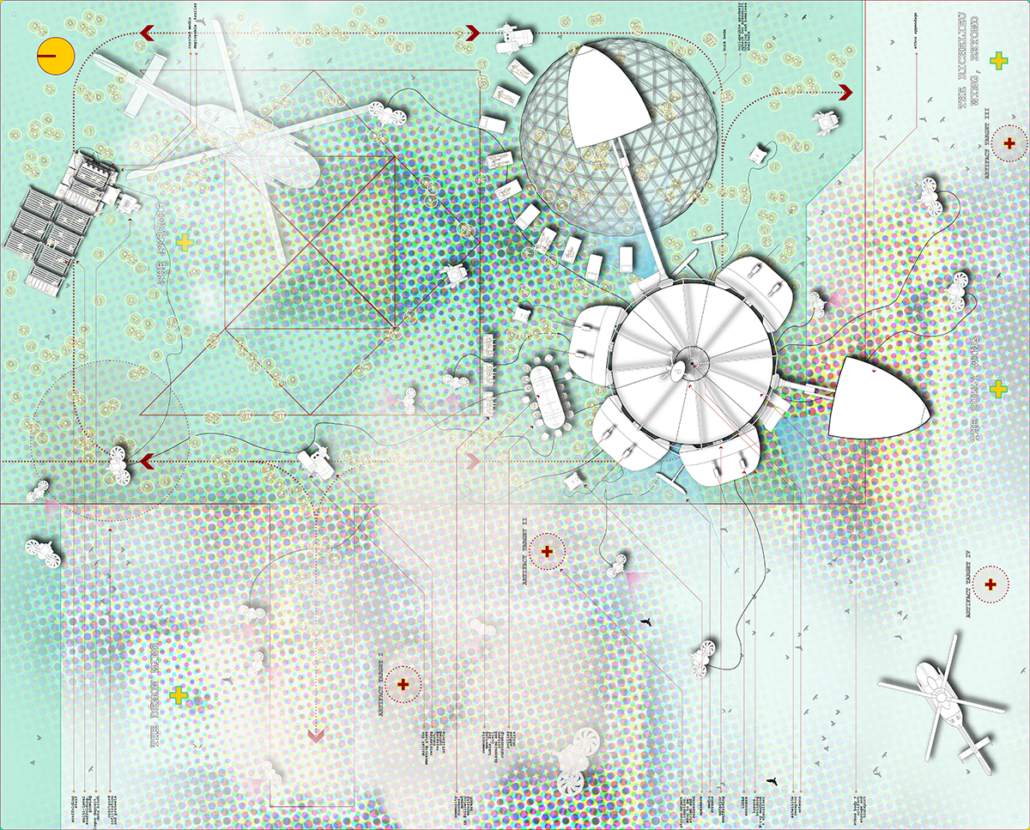
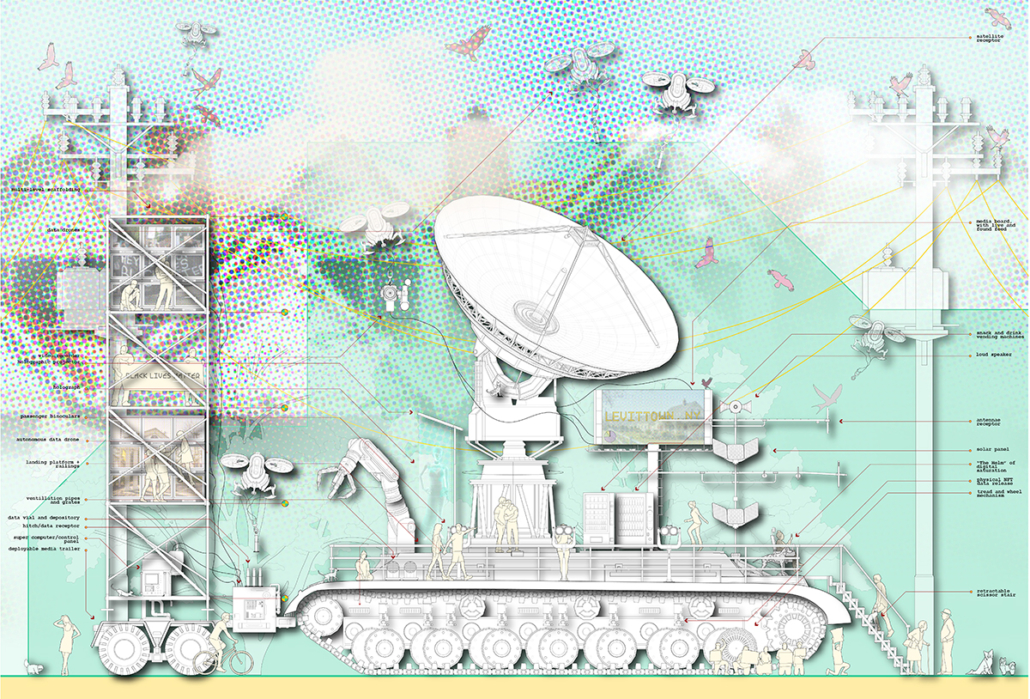
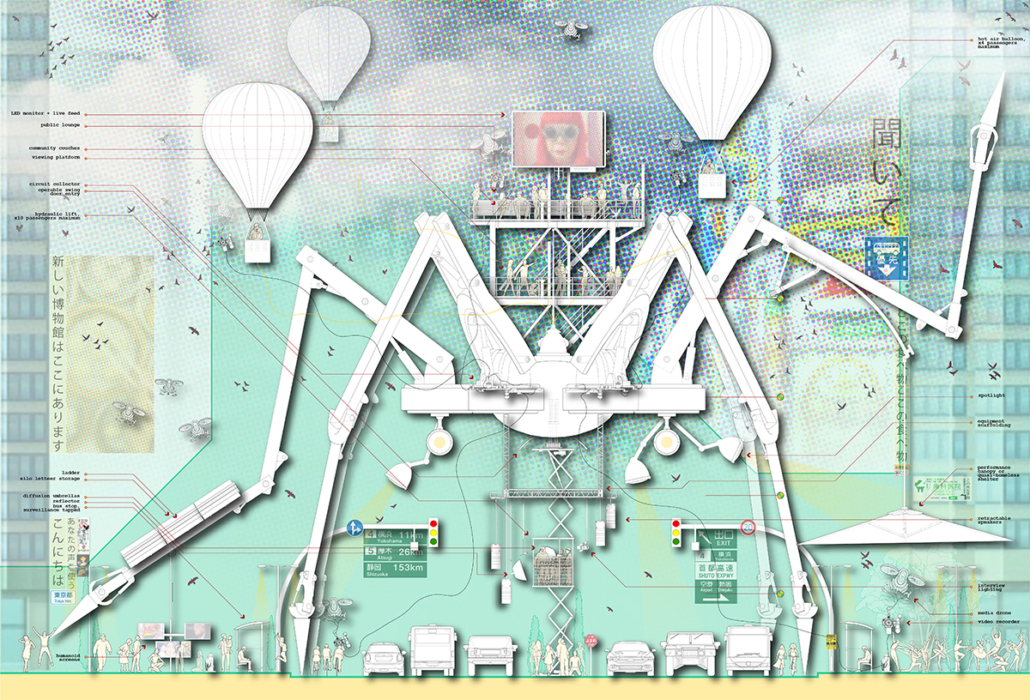
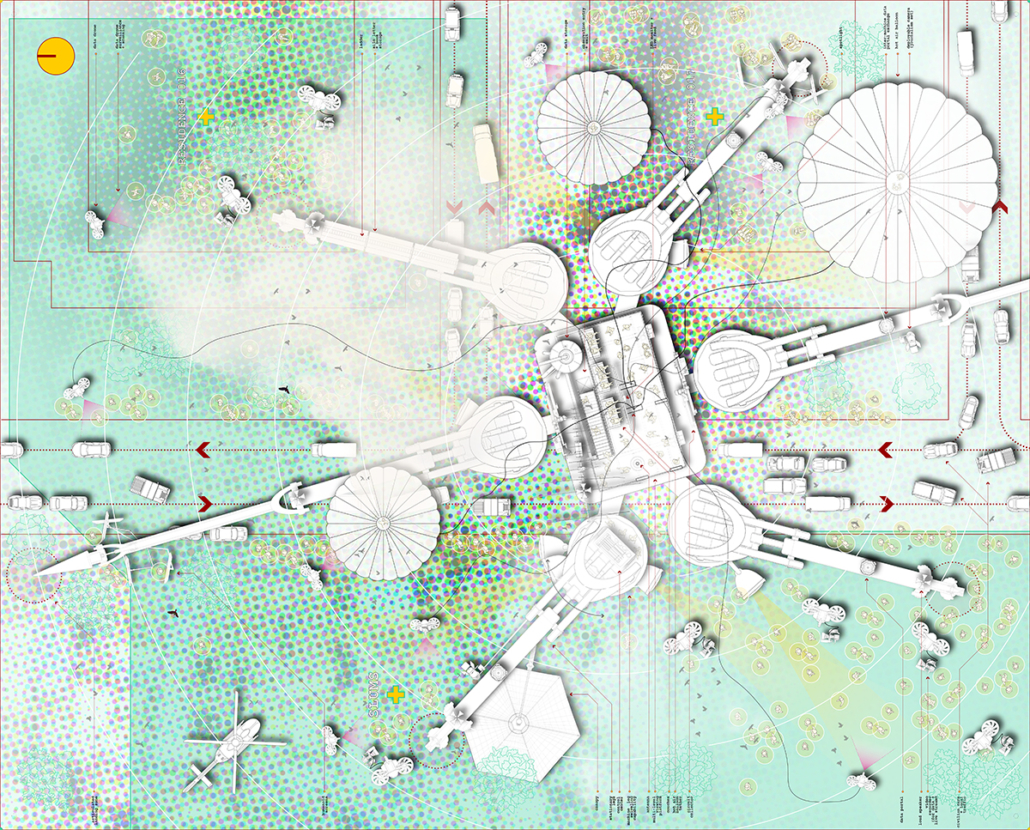
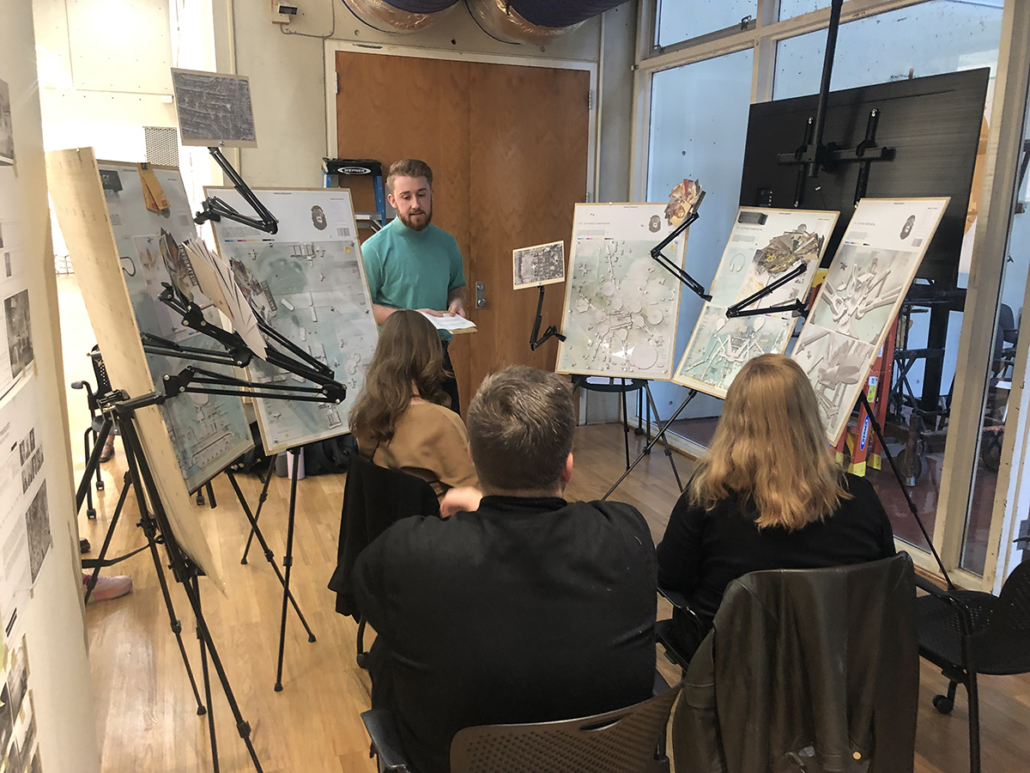
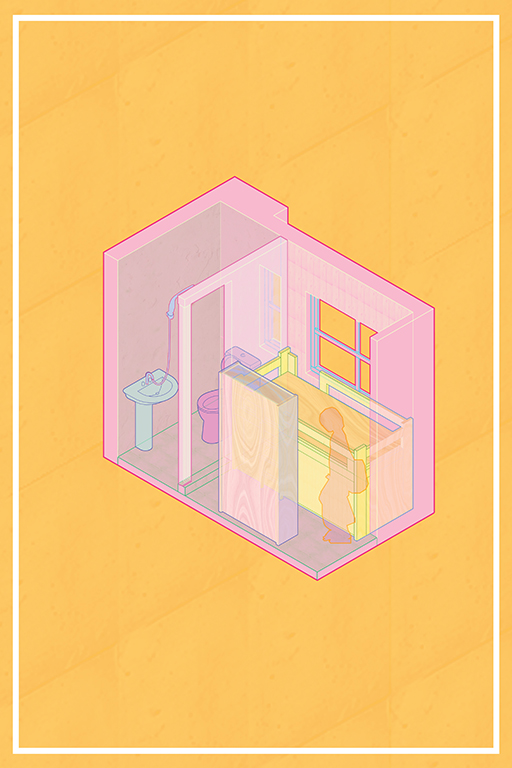


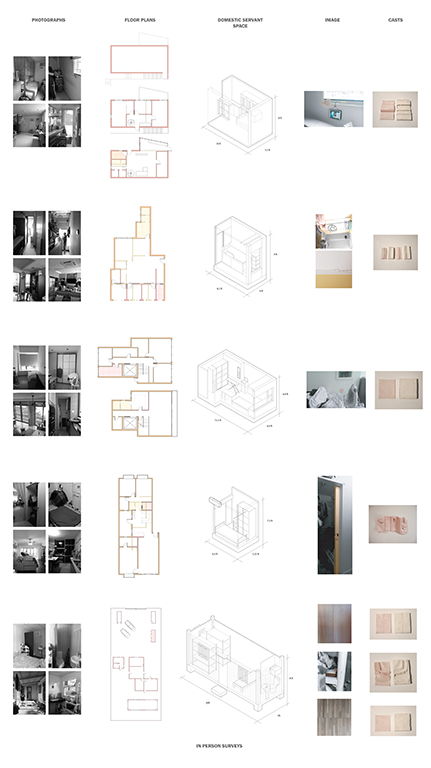
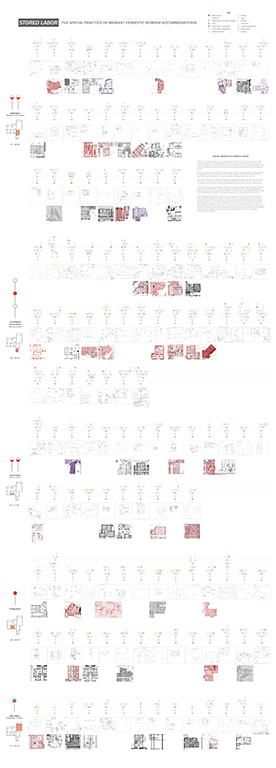
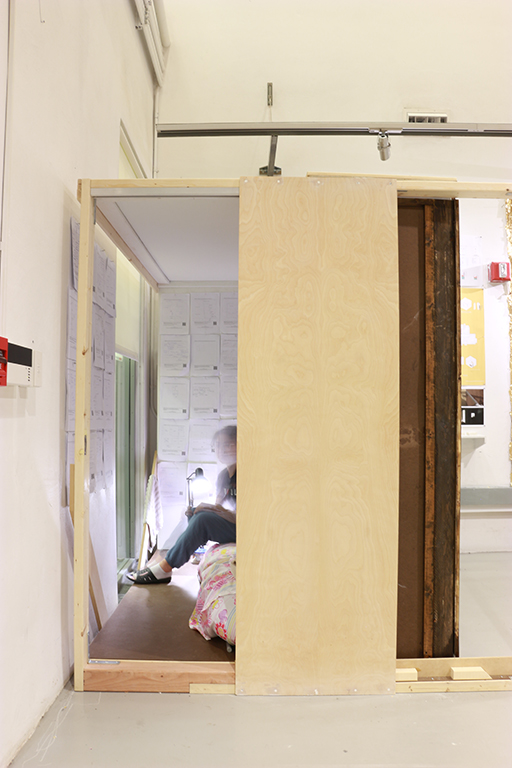


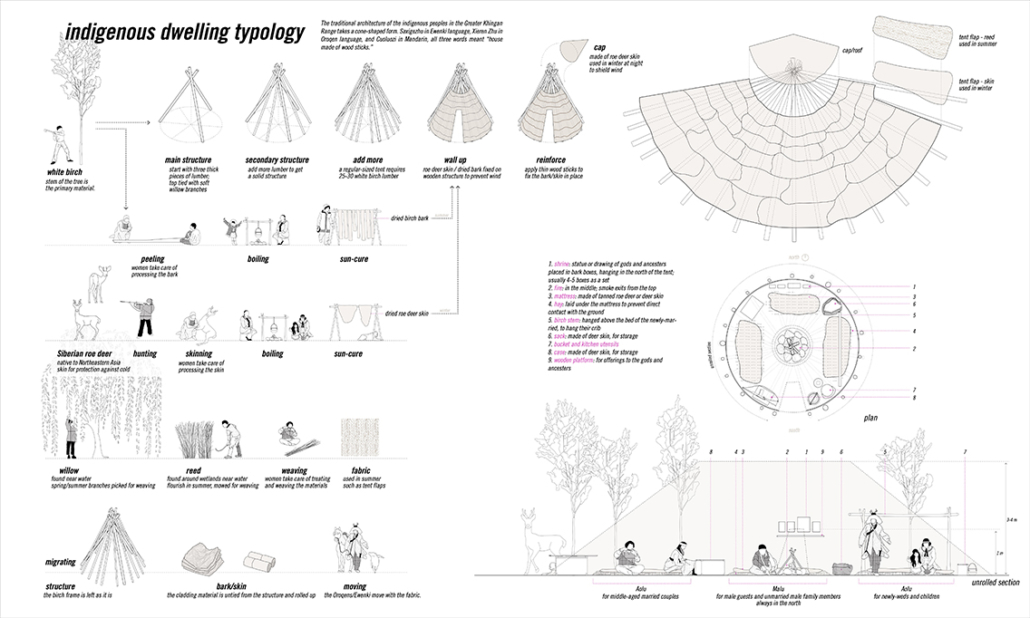
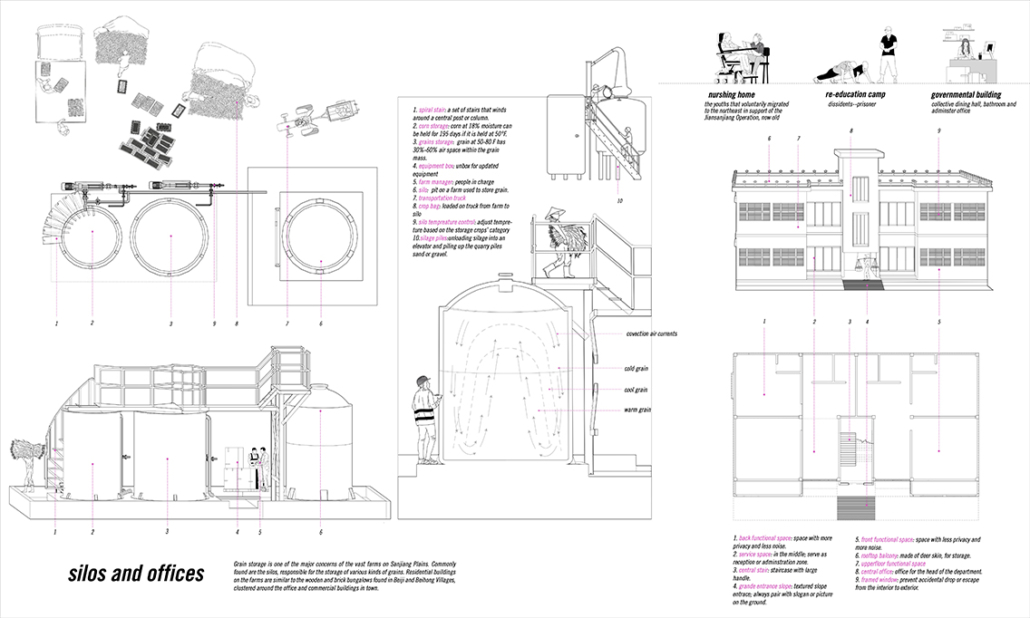
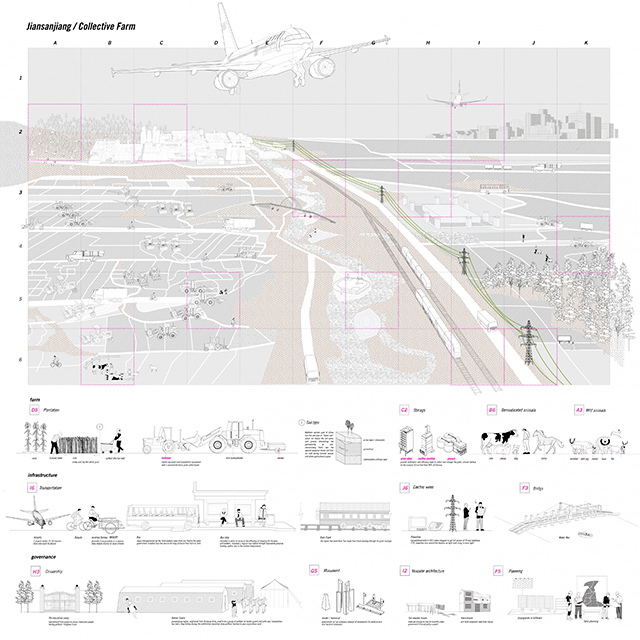
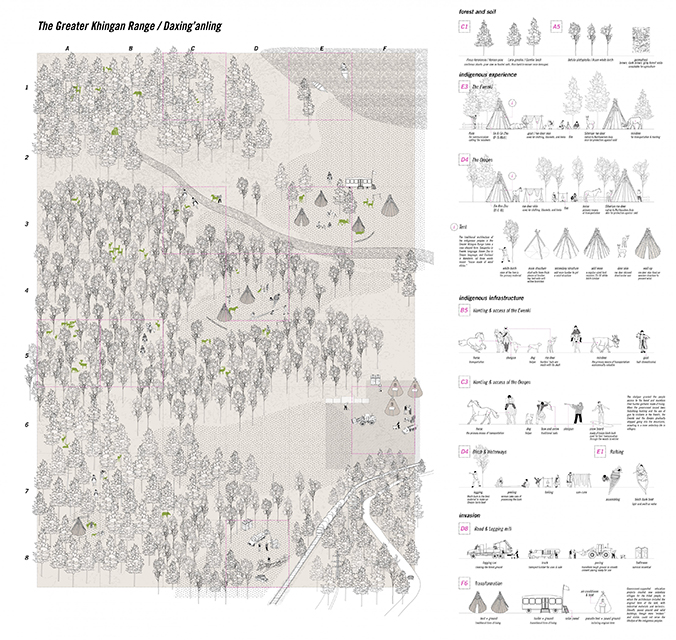
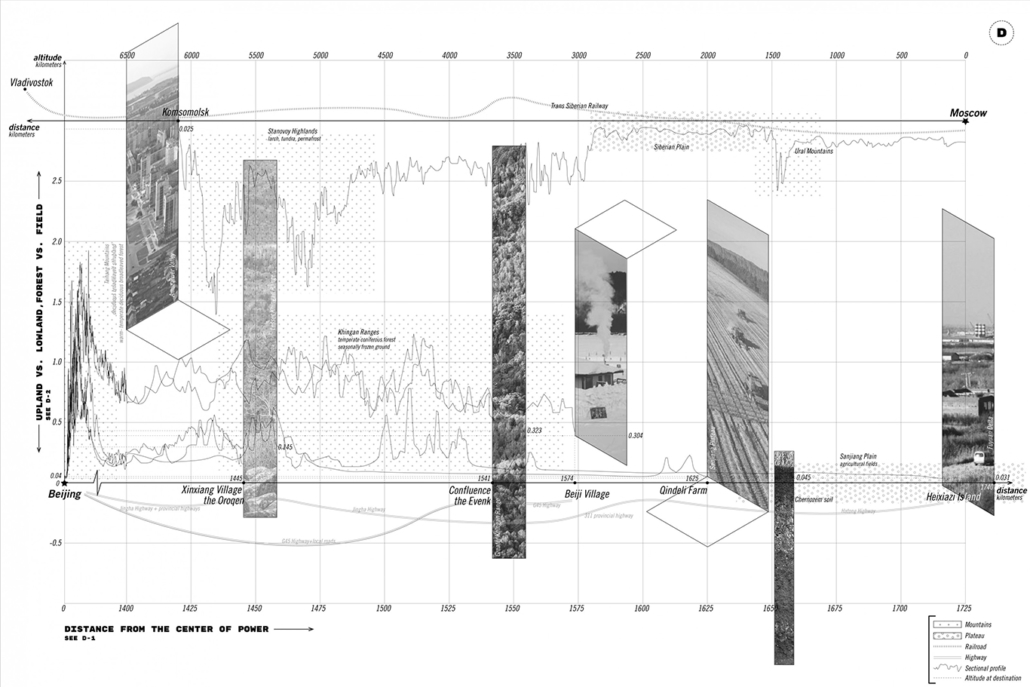

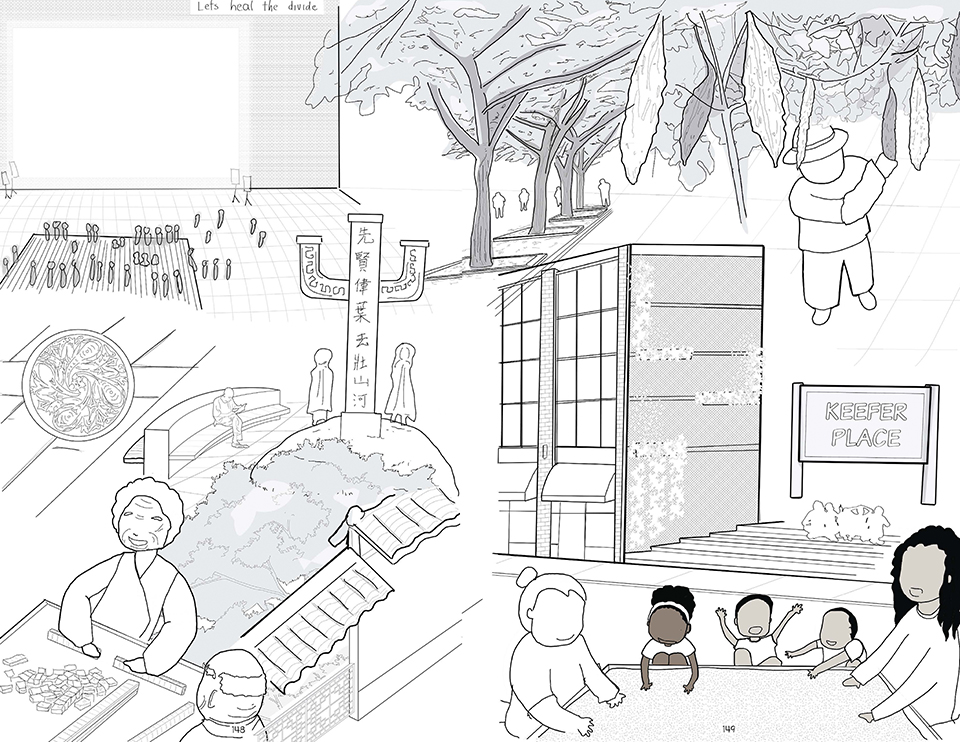

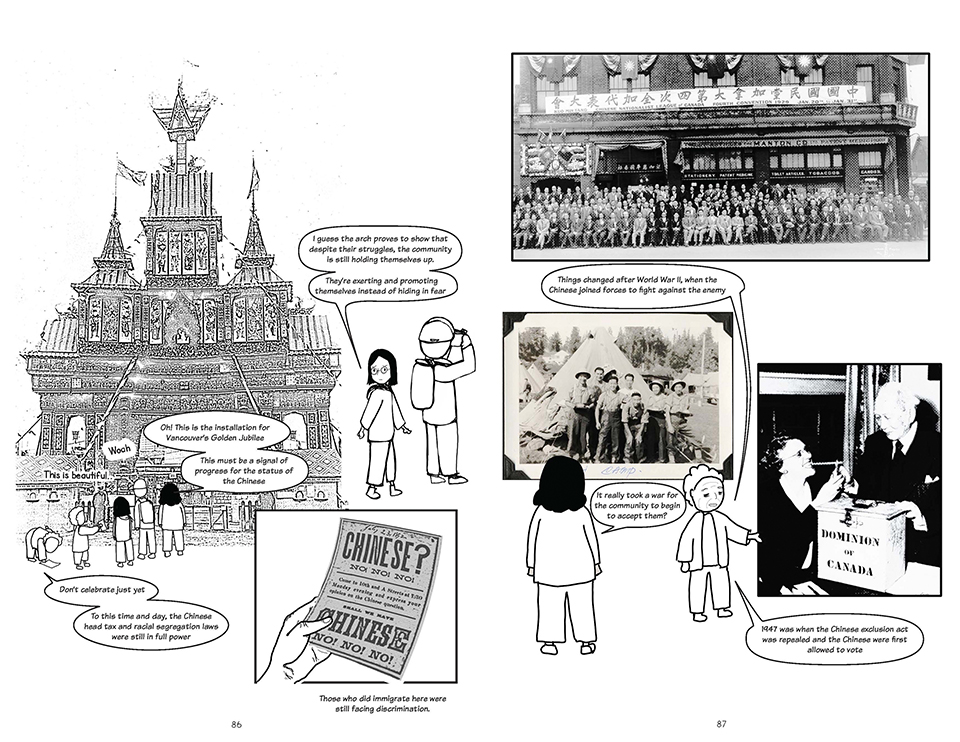
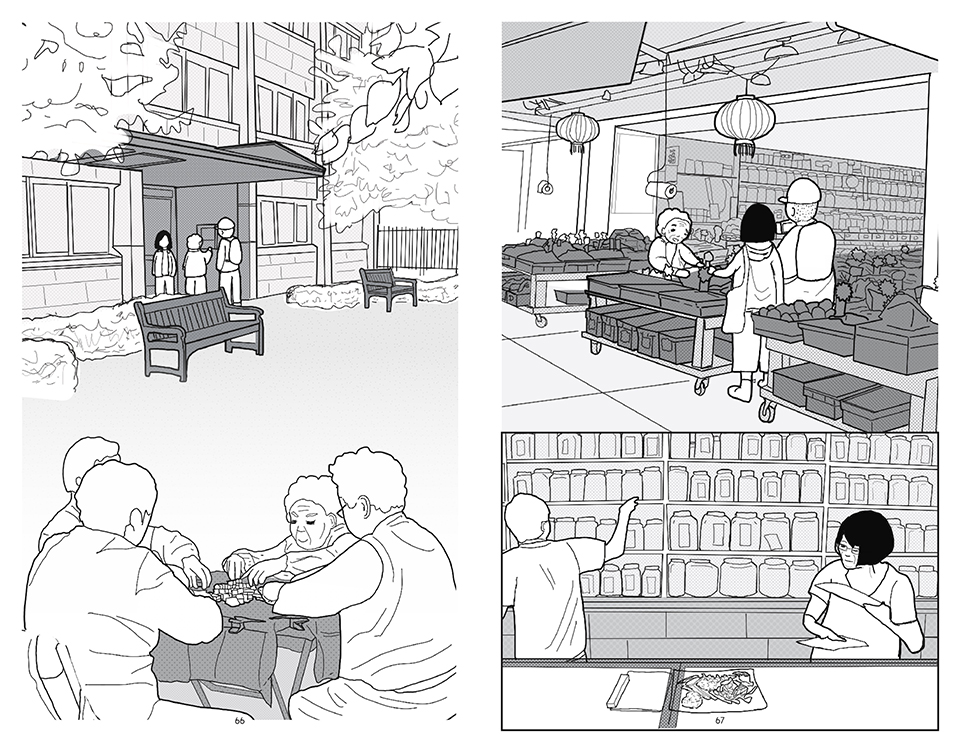
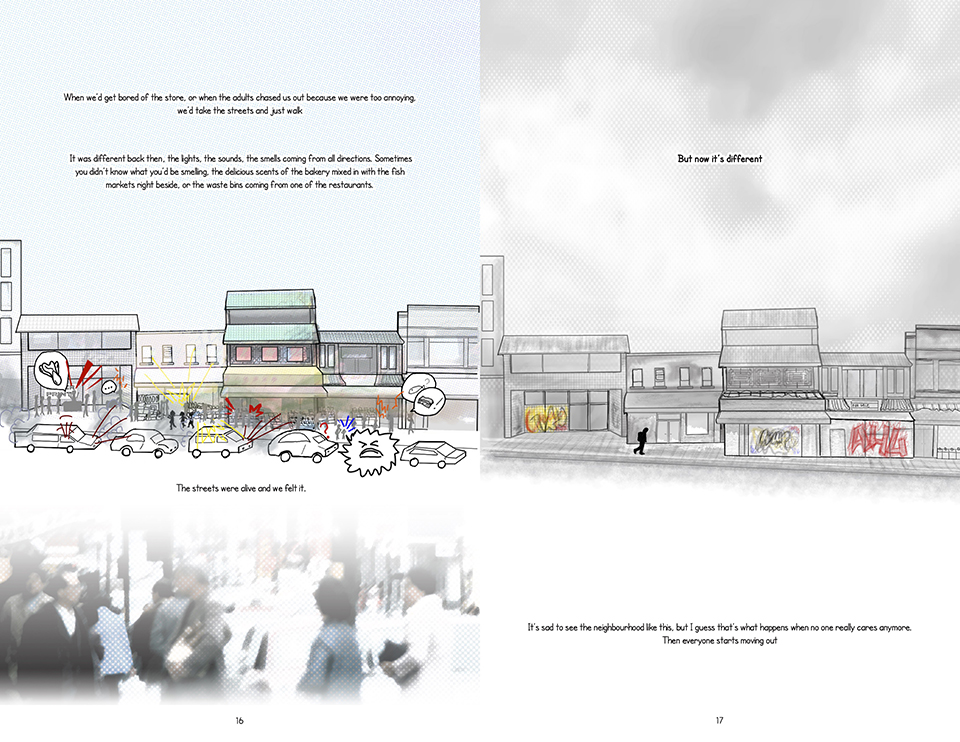
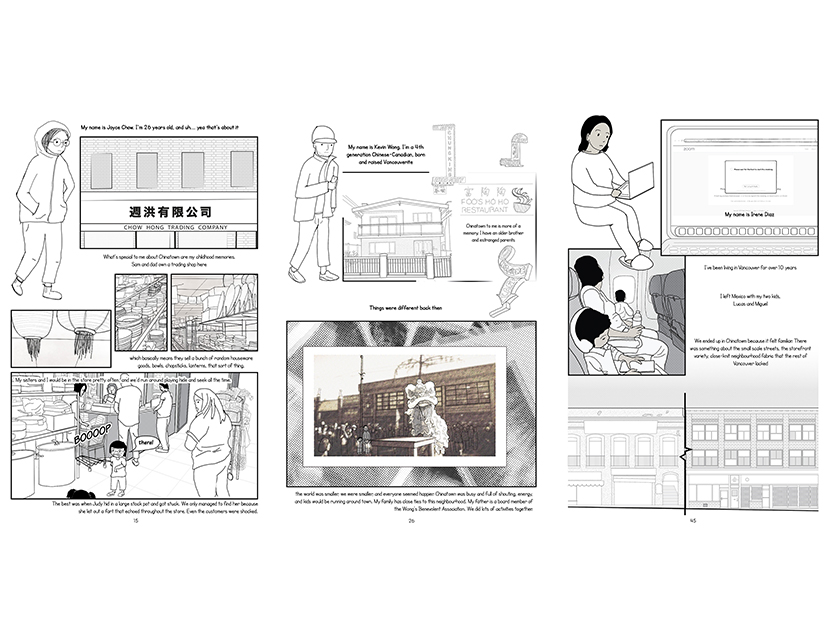

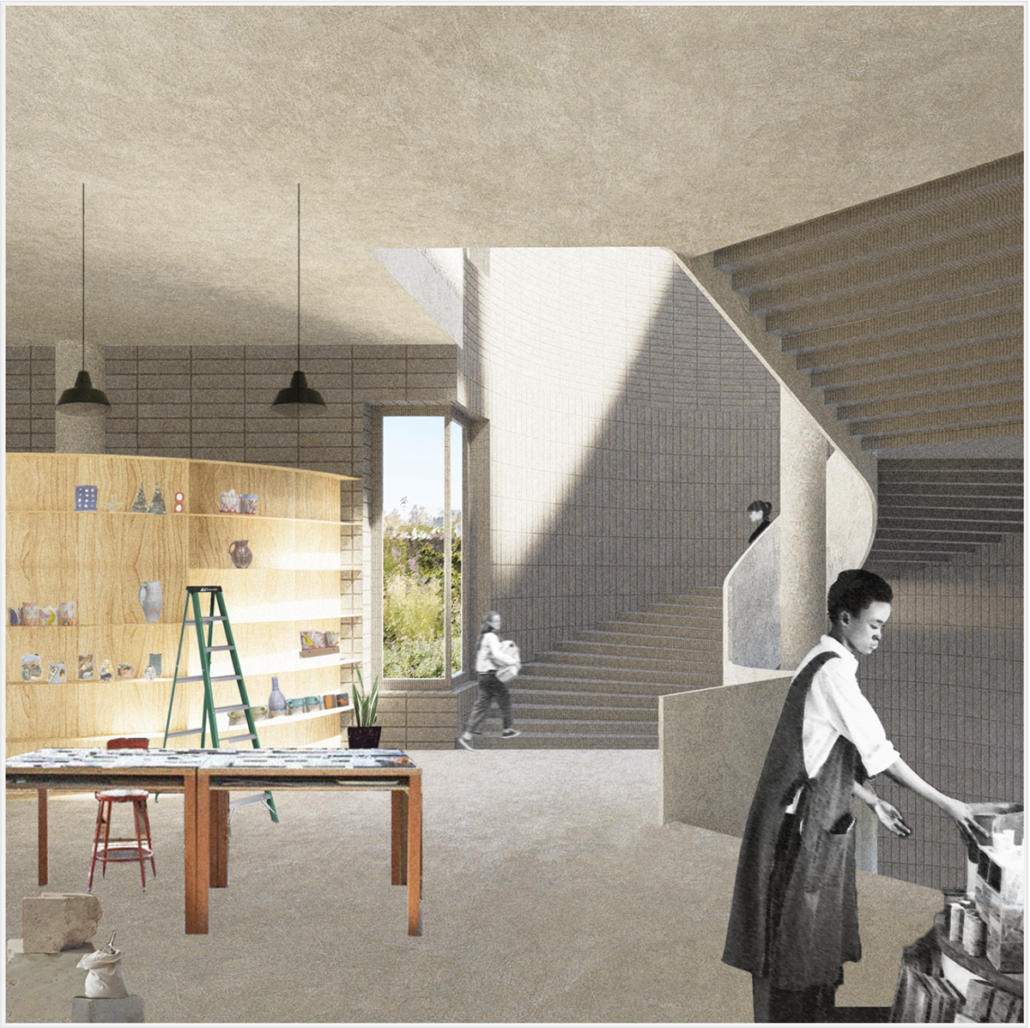

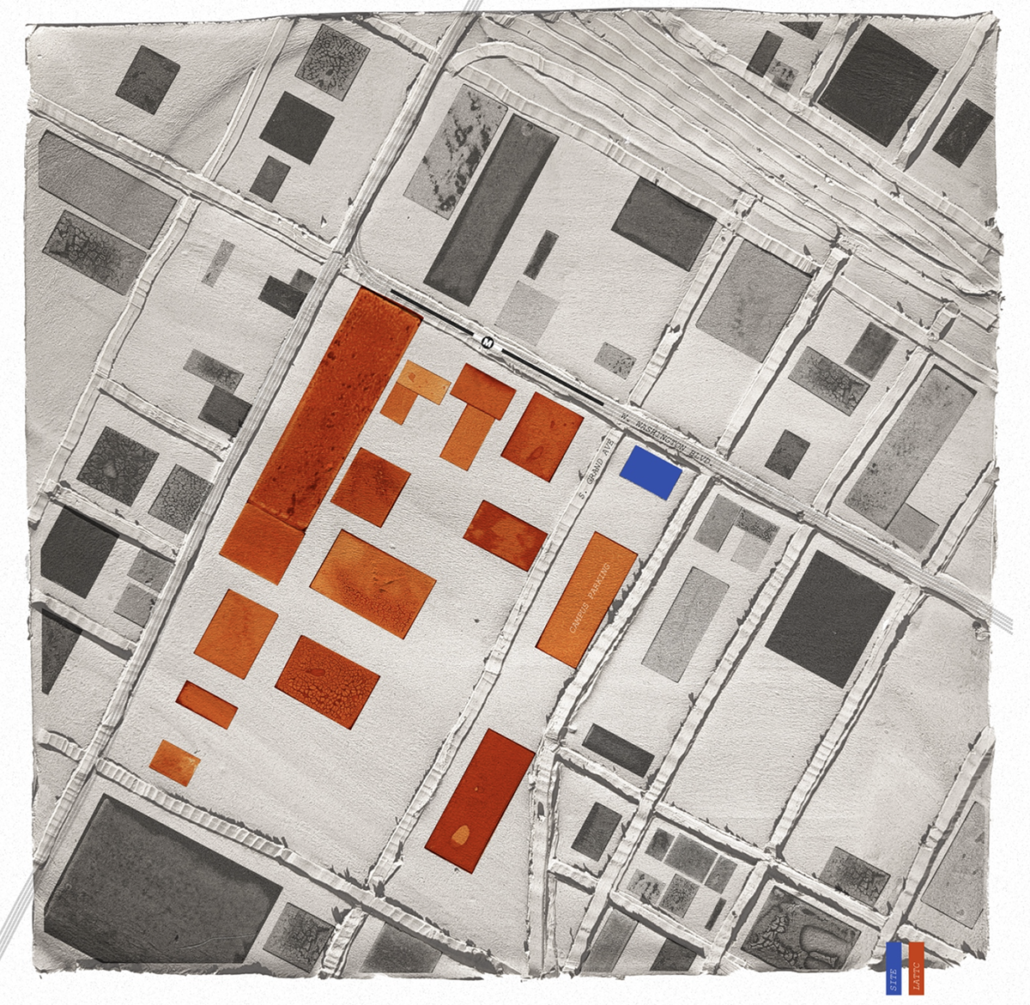
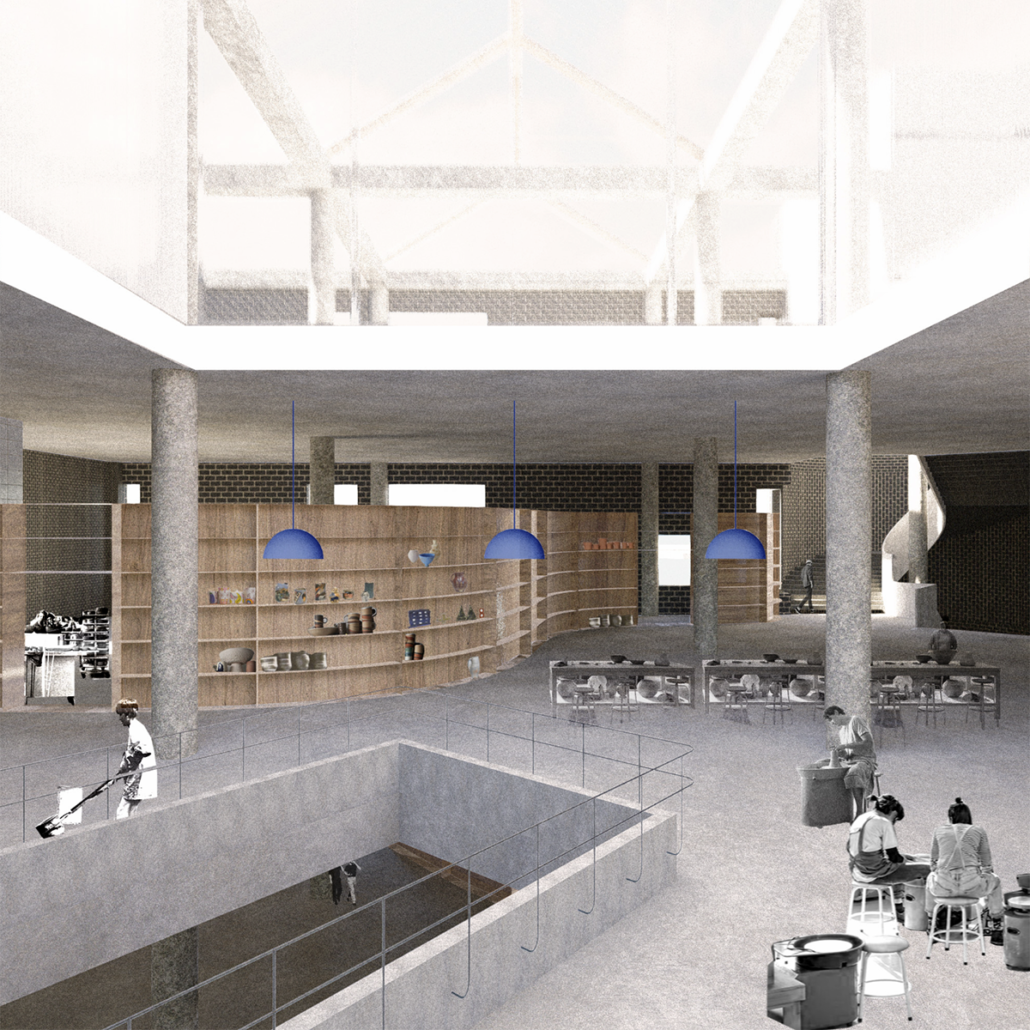
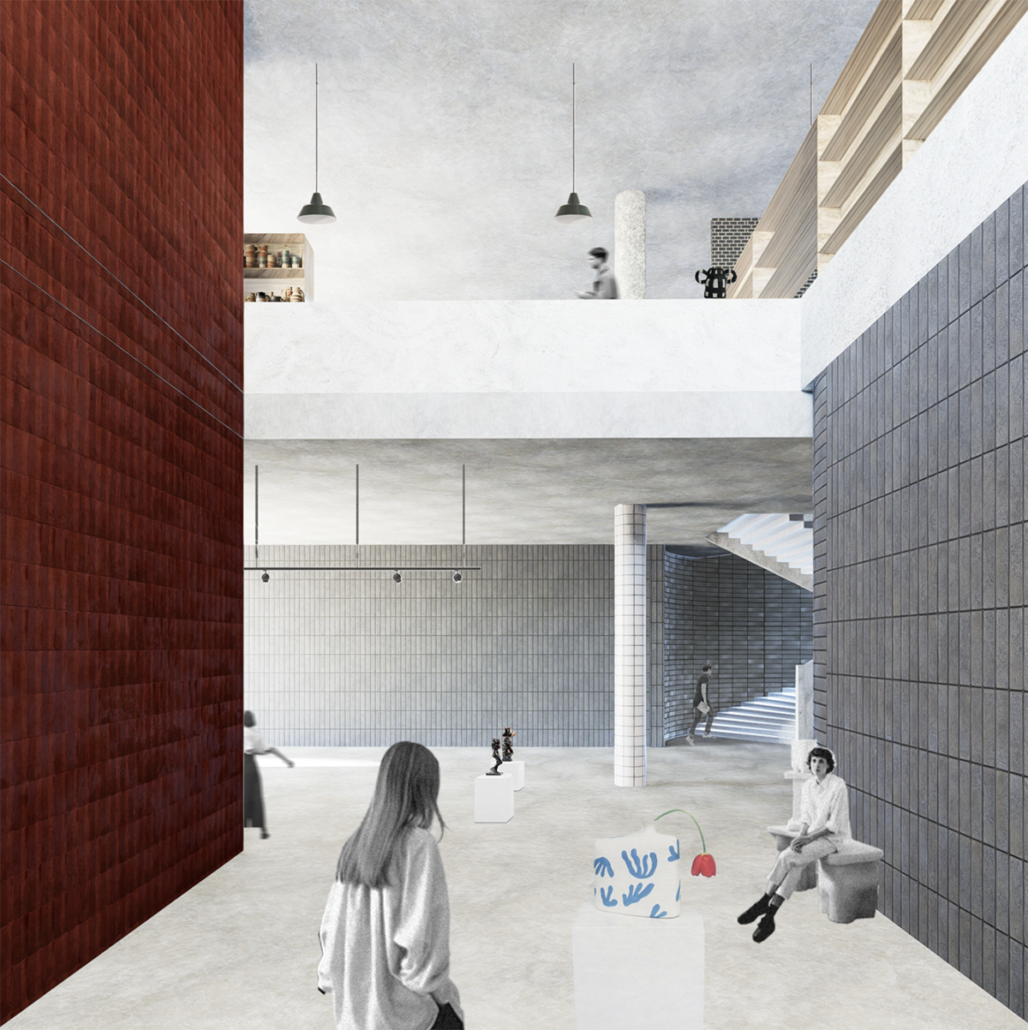
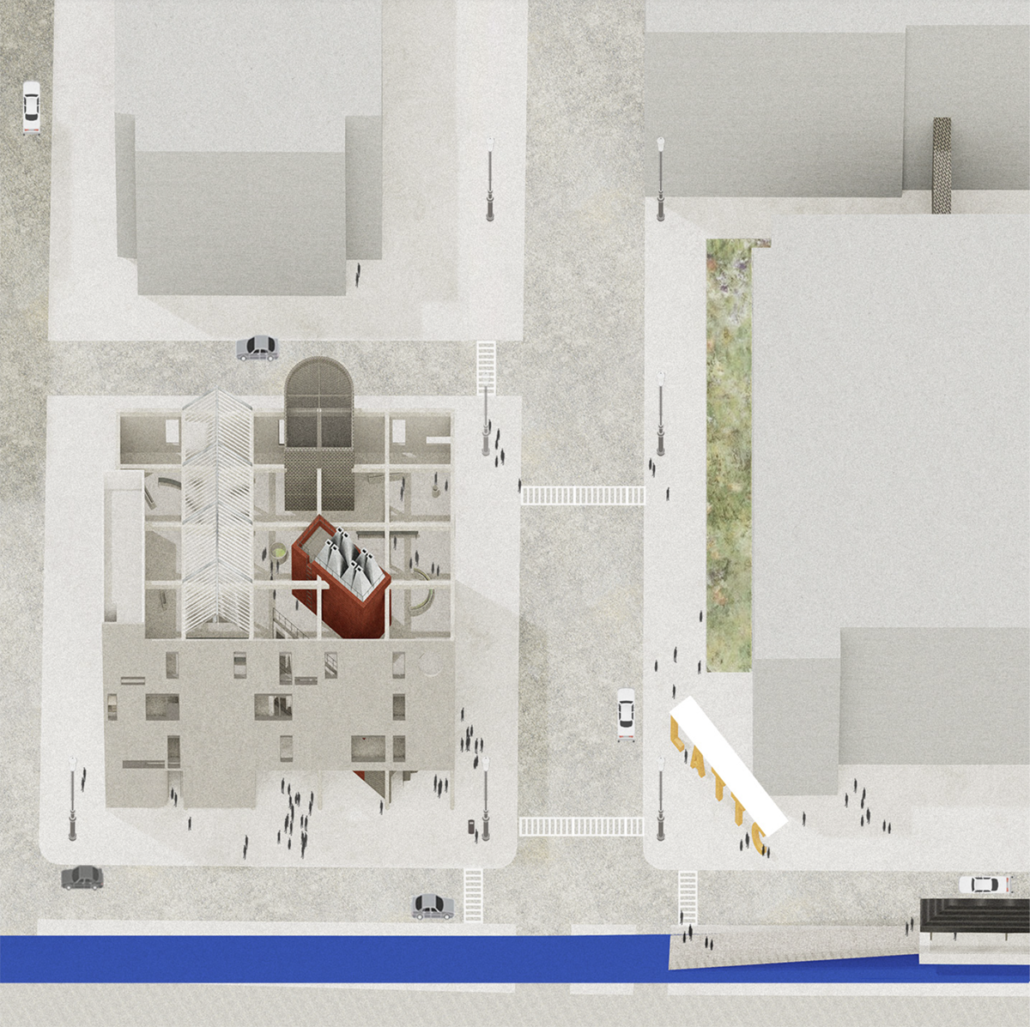
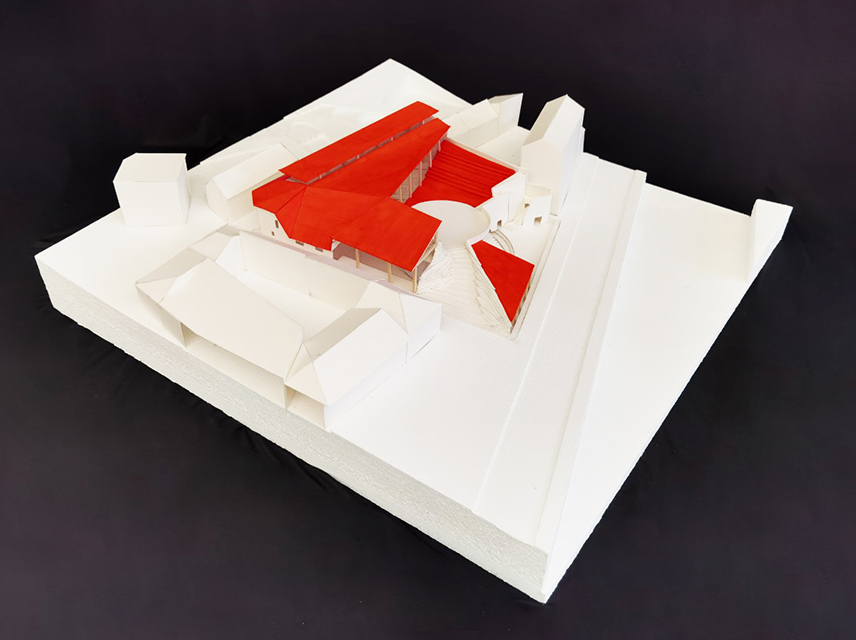
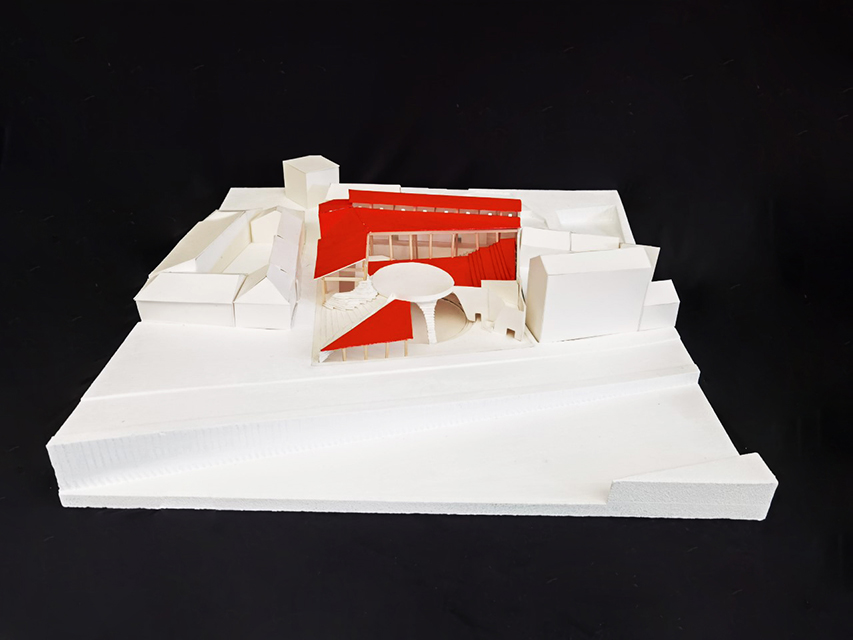
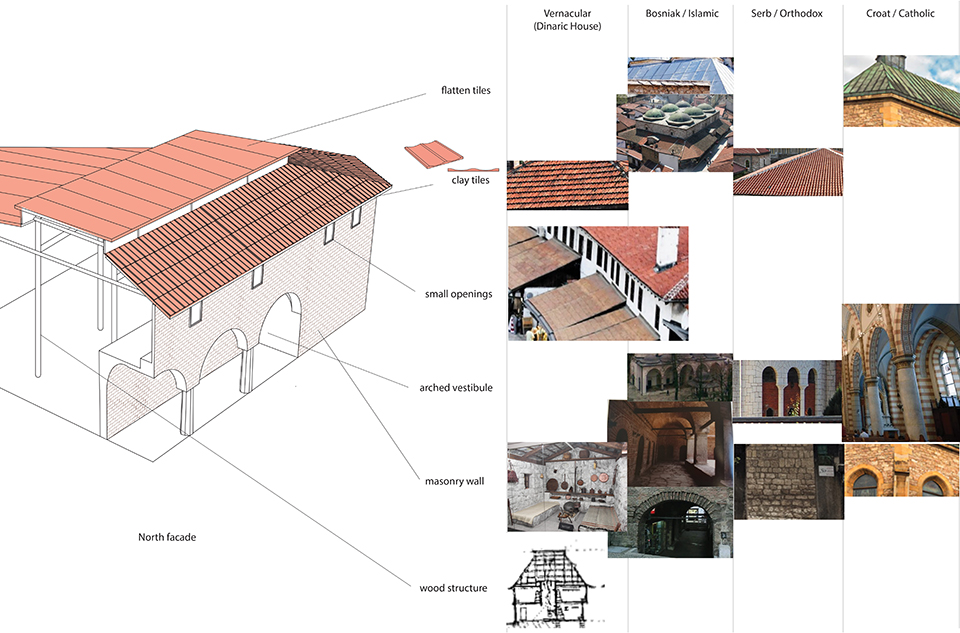

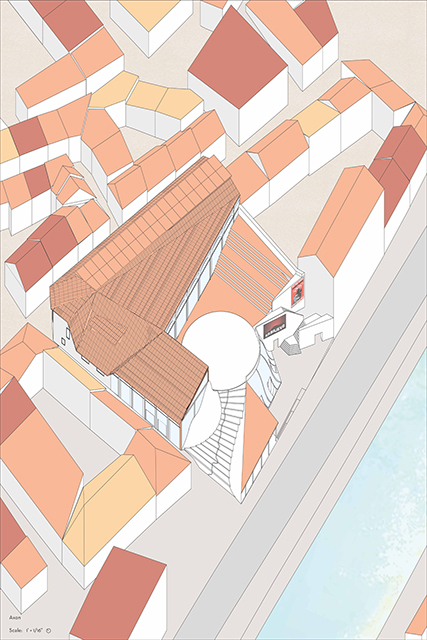
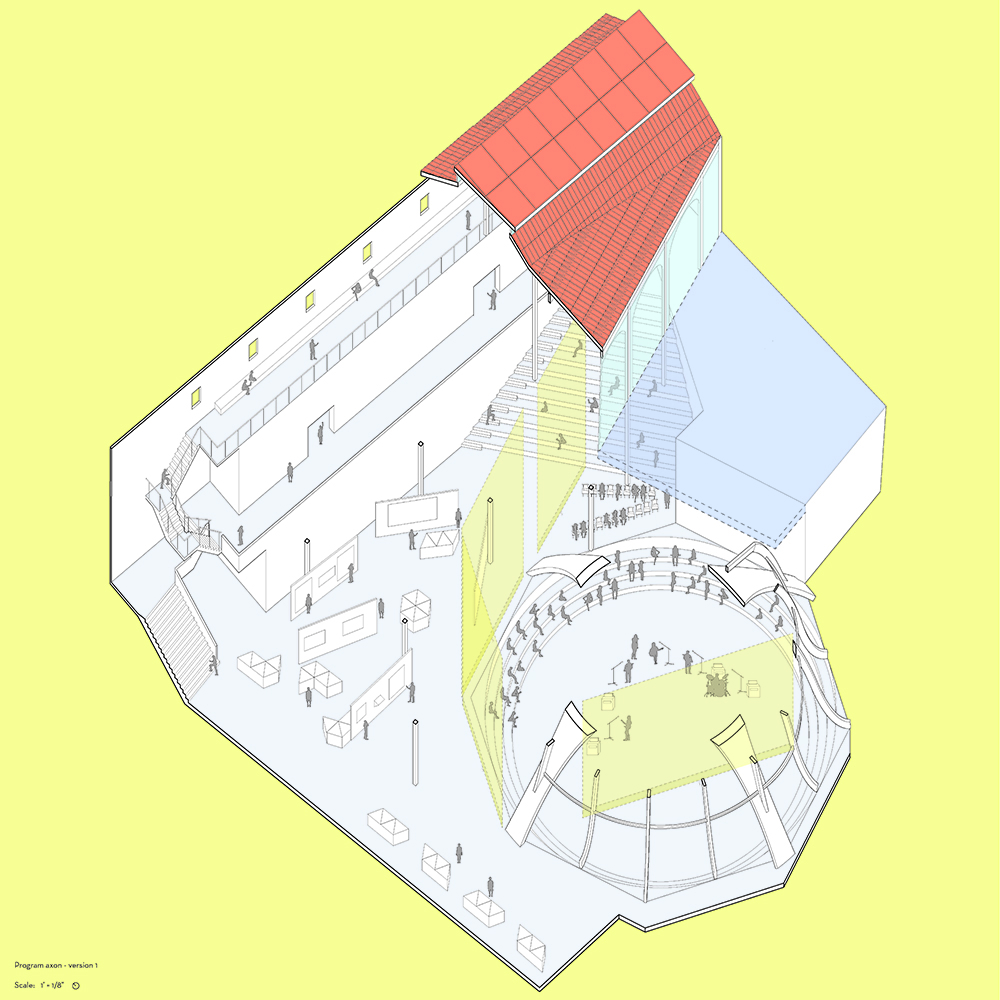
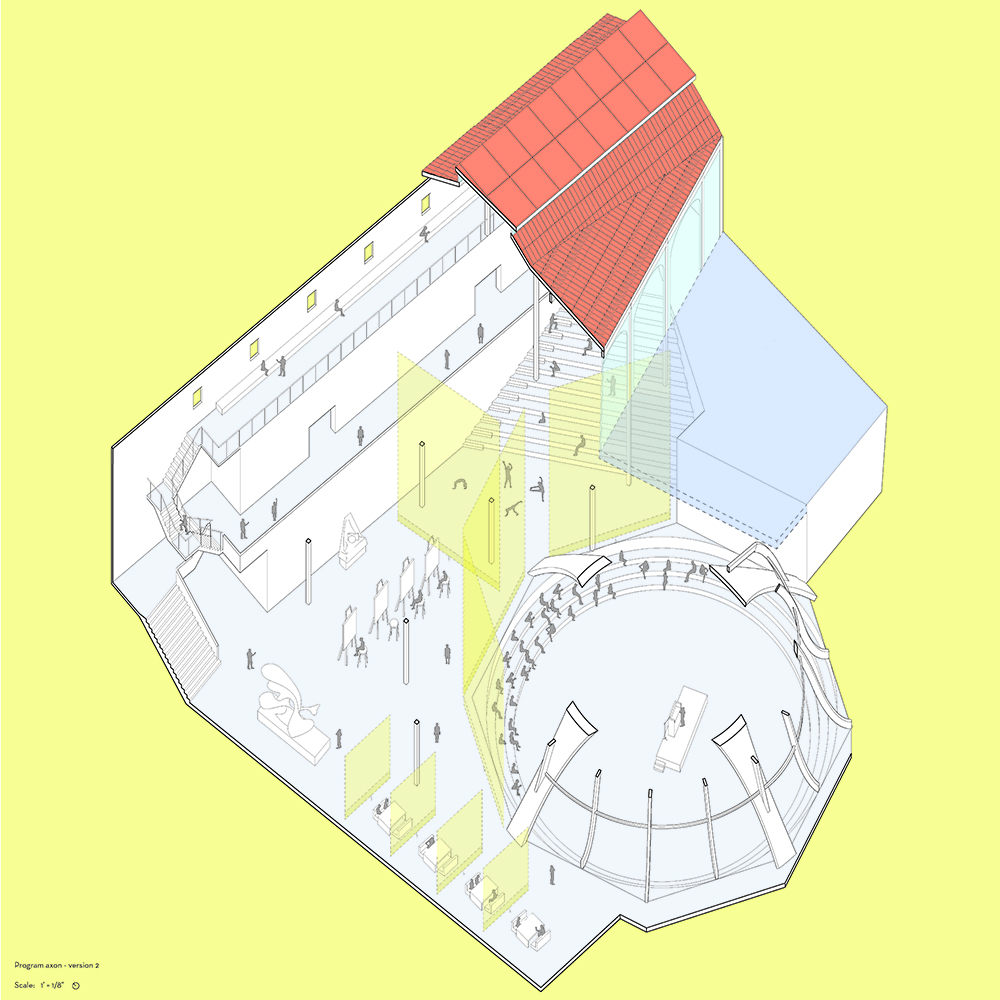
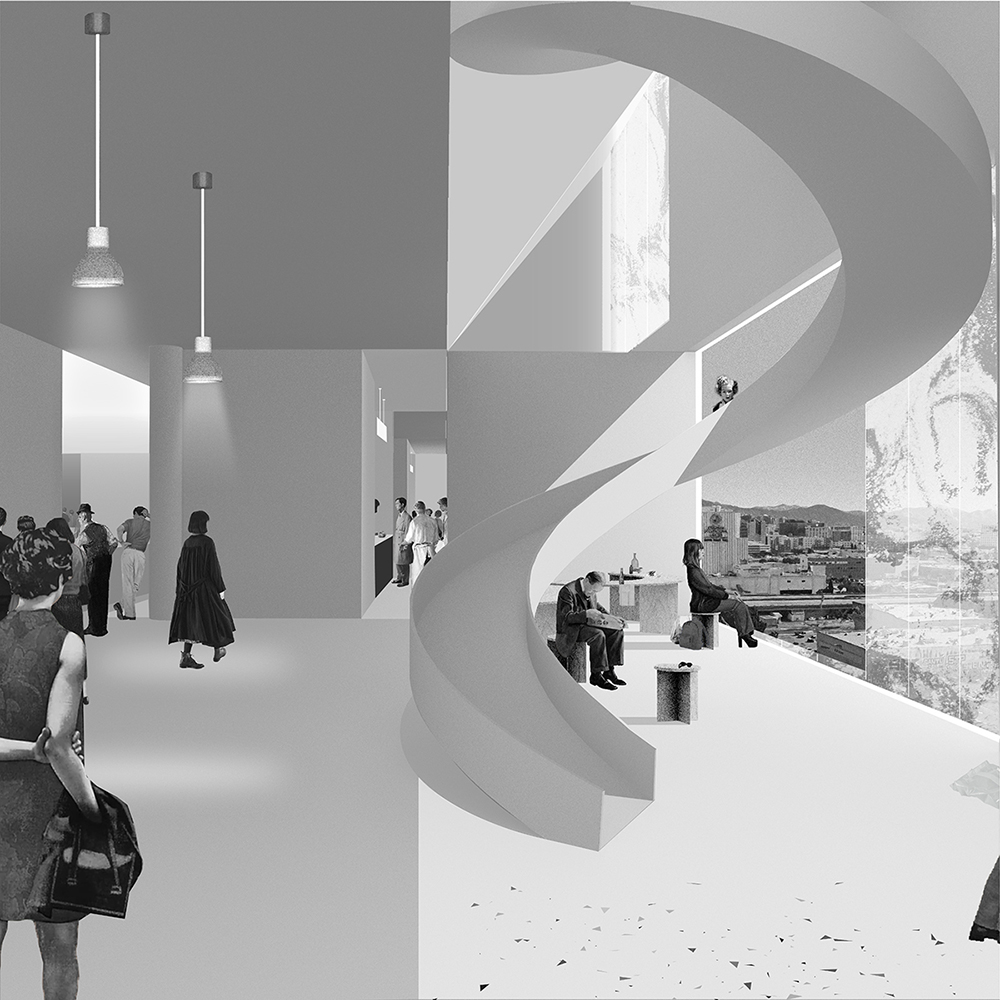
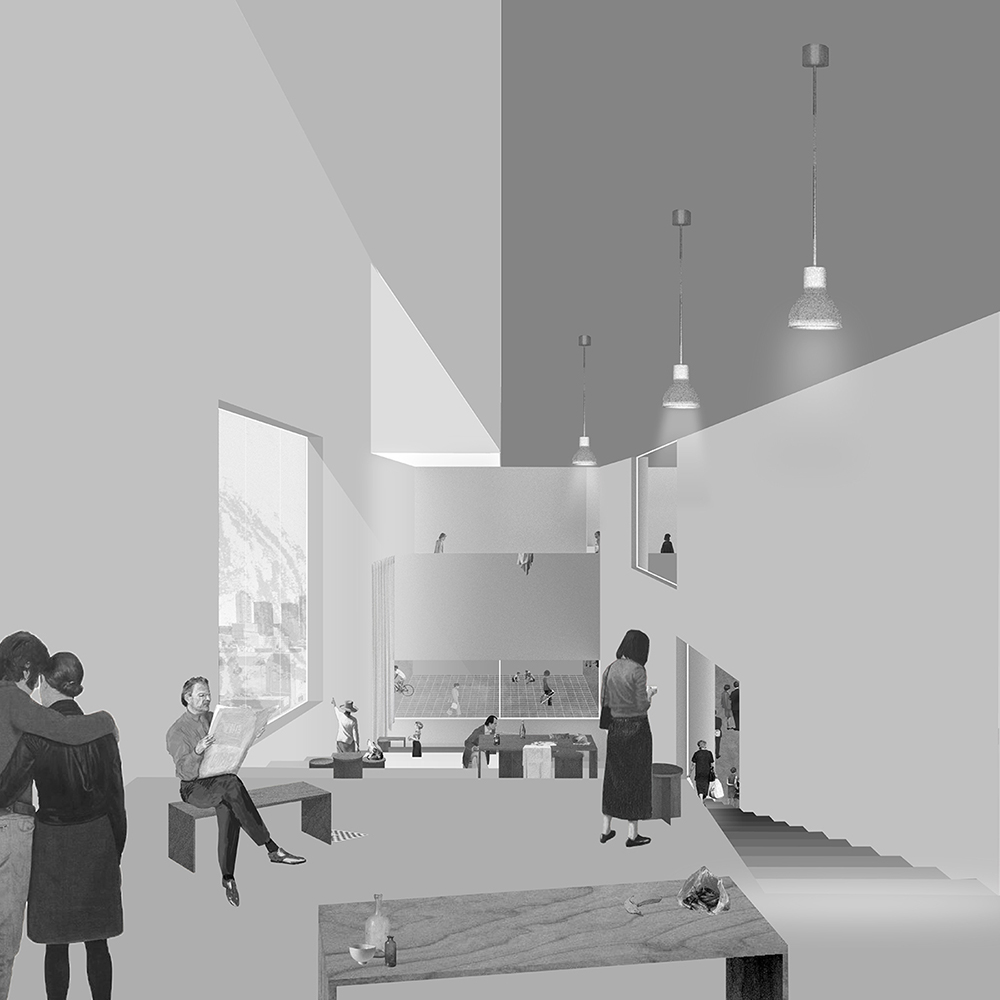
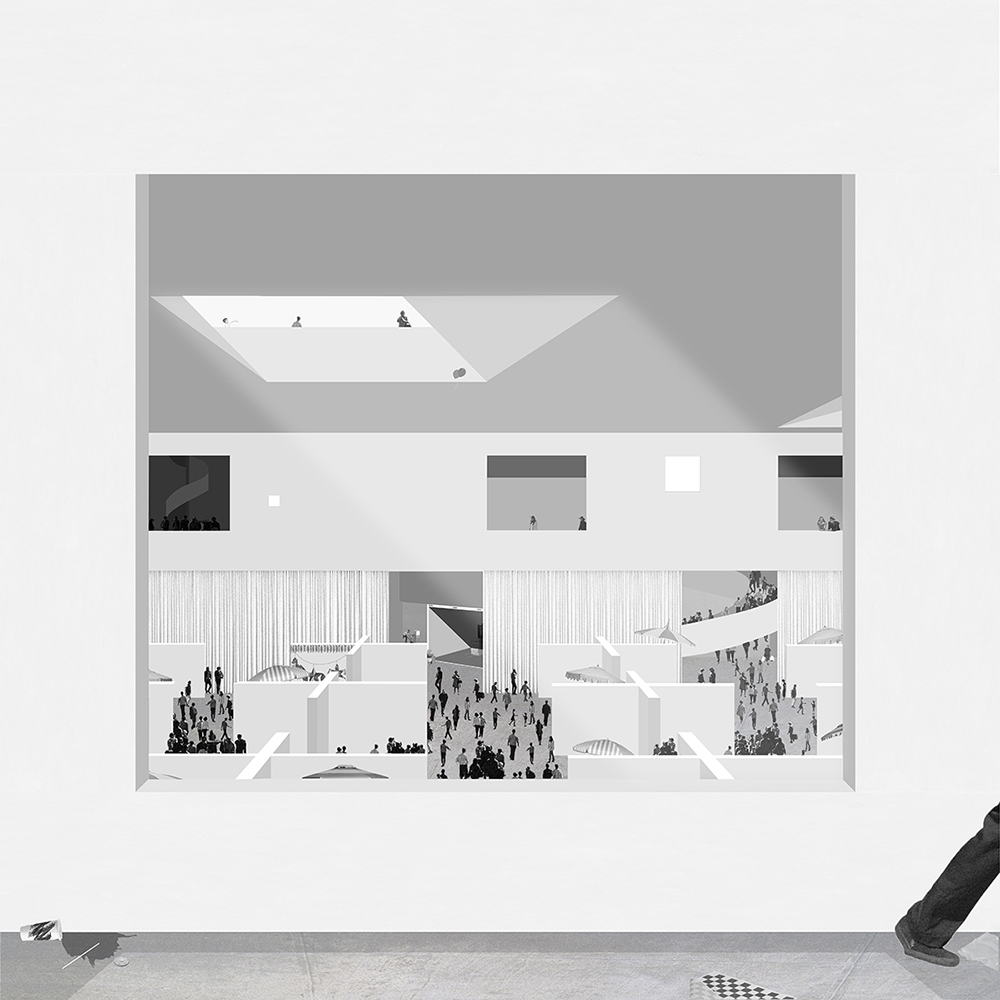
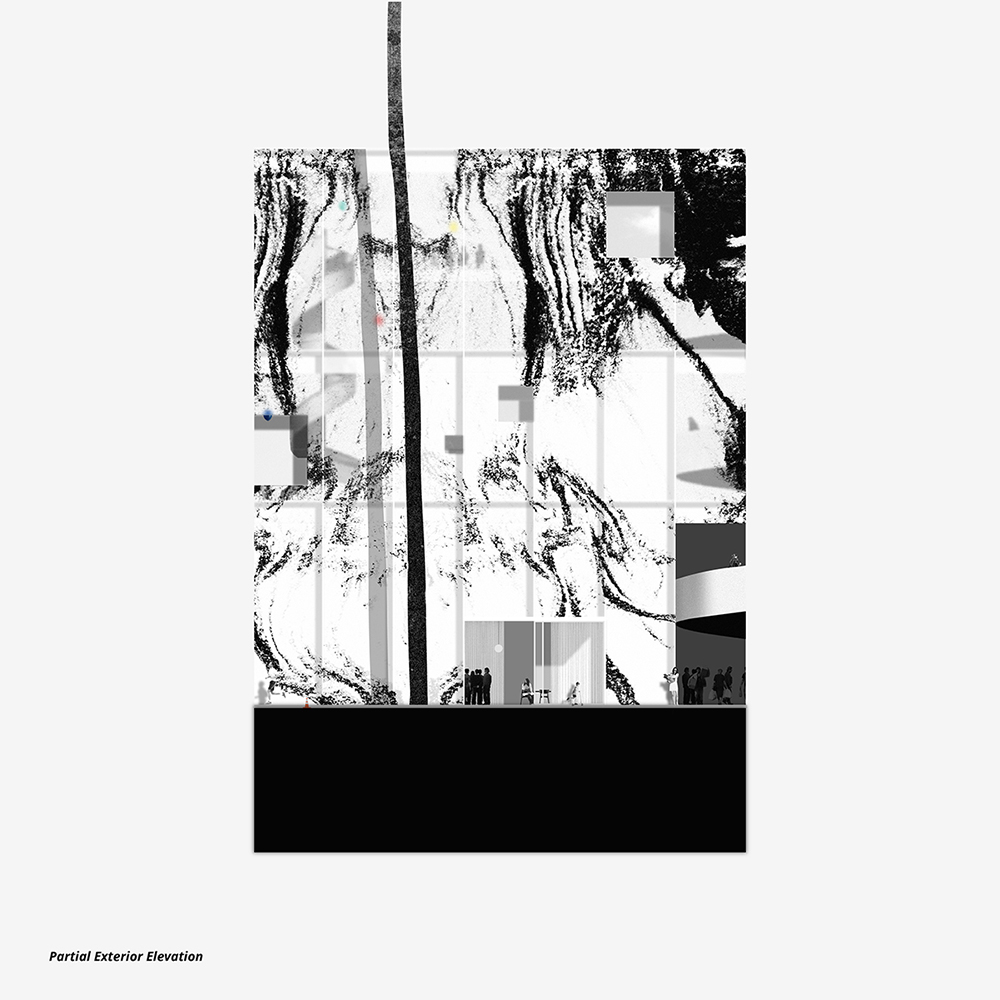
![wall section revised [Converted]](https://studyarchitecture.com/wp-content/uploads/Josue_05-Robert-Alexander.jpg)
